For some years now I have wanted to visit Barbara Hepworth’s home and studio in St. Ives, Cornwall and a few weeks ago the opportunity arose.
Owned and run by the Tate since 1980, the staff welcome you as if it is as much their home, as it was Hepworth’s. The sun was giving a rare appearance so we were keen to move quite swiftly through the well lit gallery and out into the garden where the sculptures are sublime.

As you enter the garden you are struck not only by the sculptures arranged around the enclosed garden, but also how verdant it is, especially for March. I need to pause for a moment and just take it all in, so head for the bench which is backed by a pleasing blue curved wall. Euphorbias, mellifera & wulfenii are looking gorgeously healthly in the Cornish sunshine.
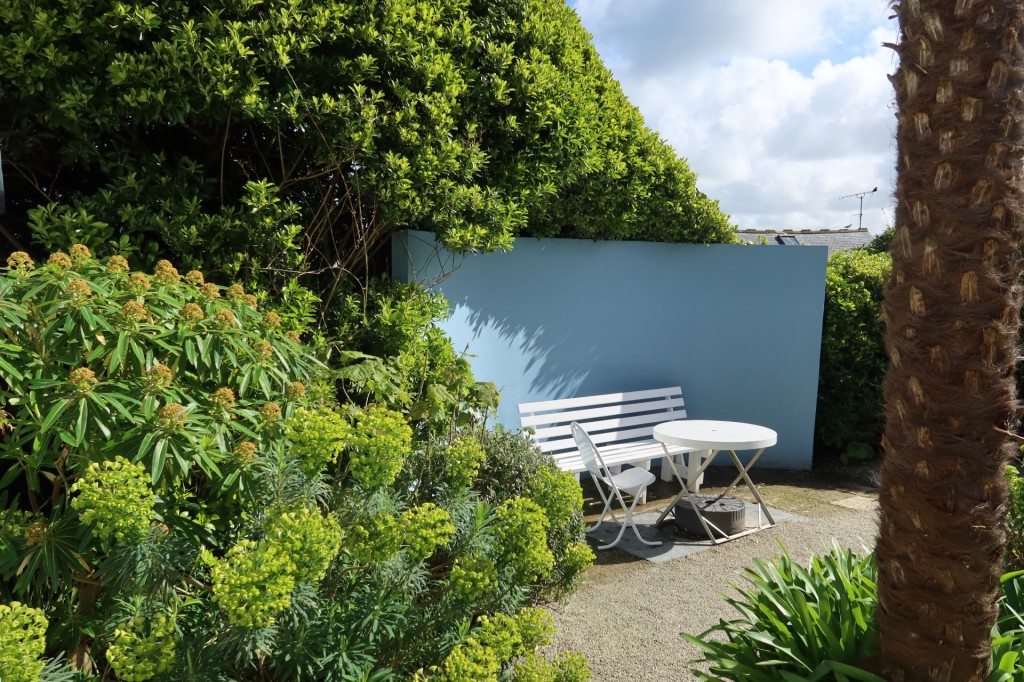
Hepworth moved out of London with her second husband Ben Nicholson and their triplets to St. Ives at the outbreak of war in 1939. This was not her first home in Cornwall, and she said ‘Finding Trewyn Studio was a sort of magic. For ten years I had passed by with my shopping bags not knowing what lay behind the twenty-foot wall…. Here was a studio, a yard and garden, where I could work in open air and space’. It is indeed all those, and a magical place.
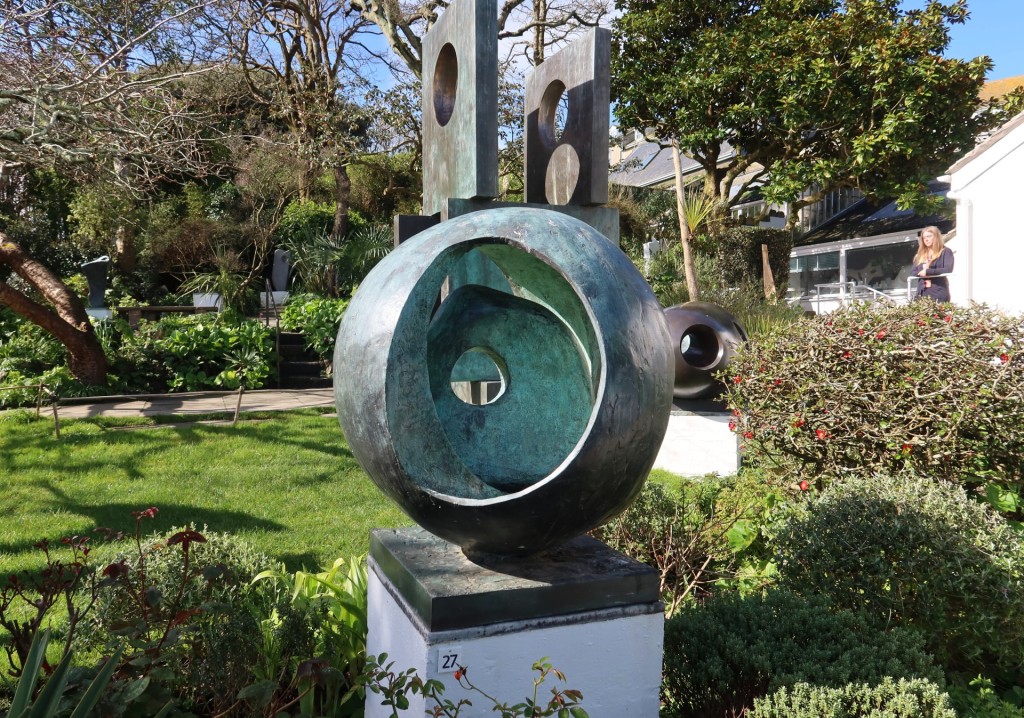
It is not a large garden, and whilst it contains many sculptures, most of which were positioned by Hepworth herself, there is plenty of room to move around.
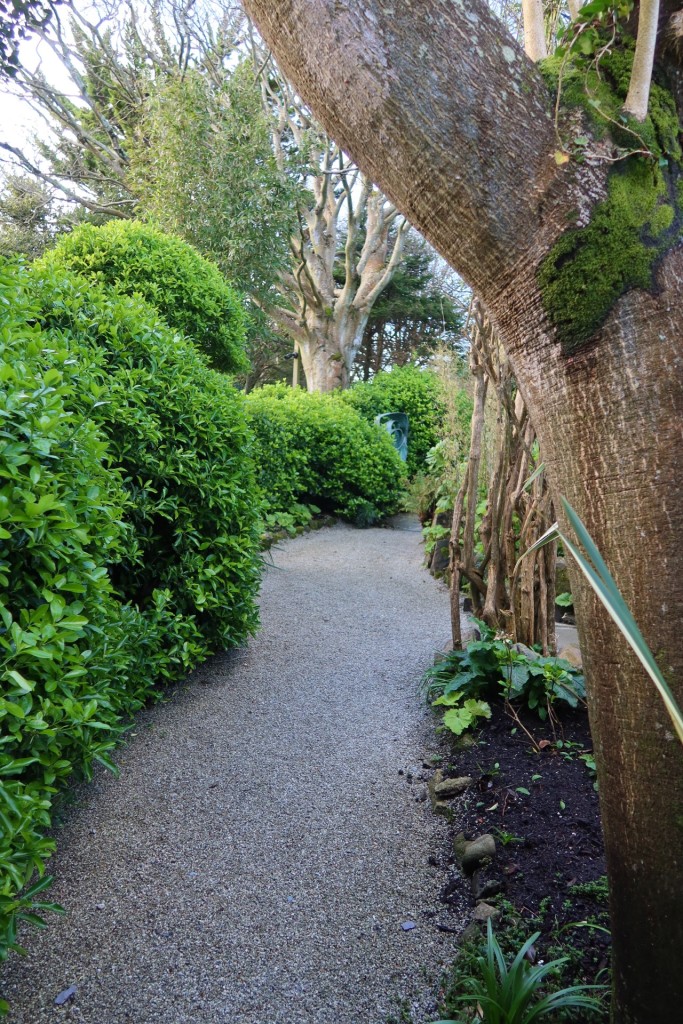
Paths to follow and as you wander contemplating the beauty of the created forms, what is really striking is the fresh green growth all around. Hepworth wanted the planting to be a foil for her pieces and to this day her scheme is maintained.
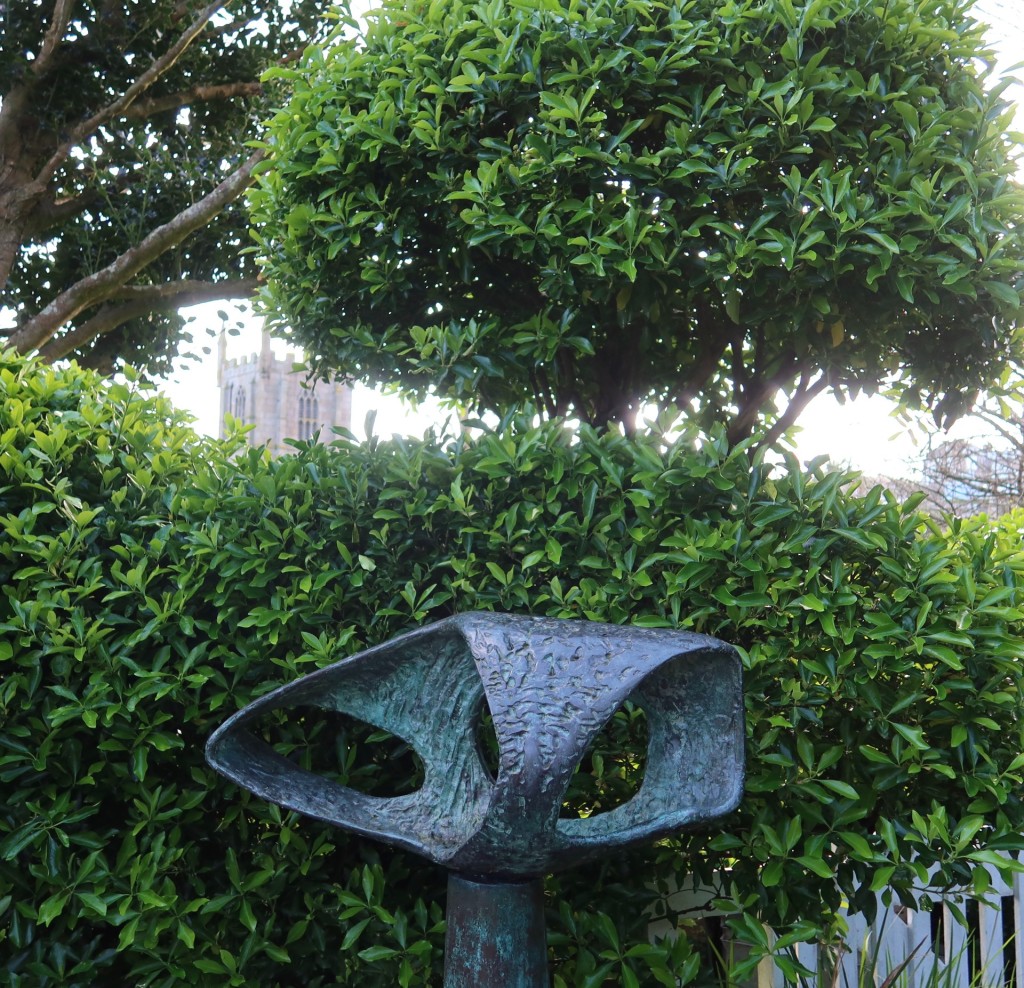
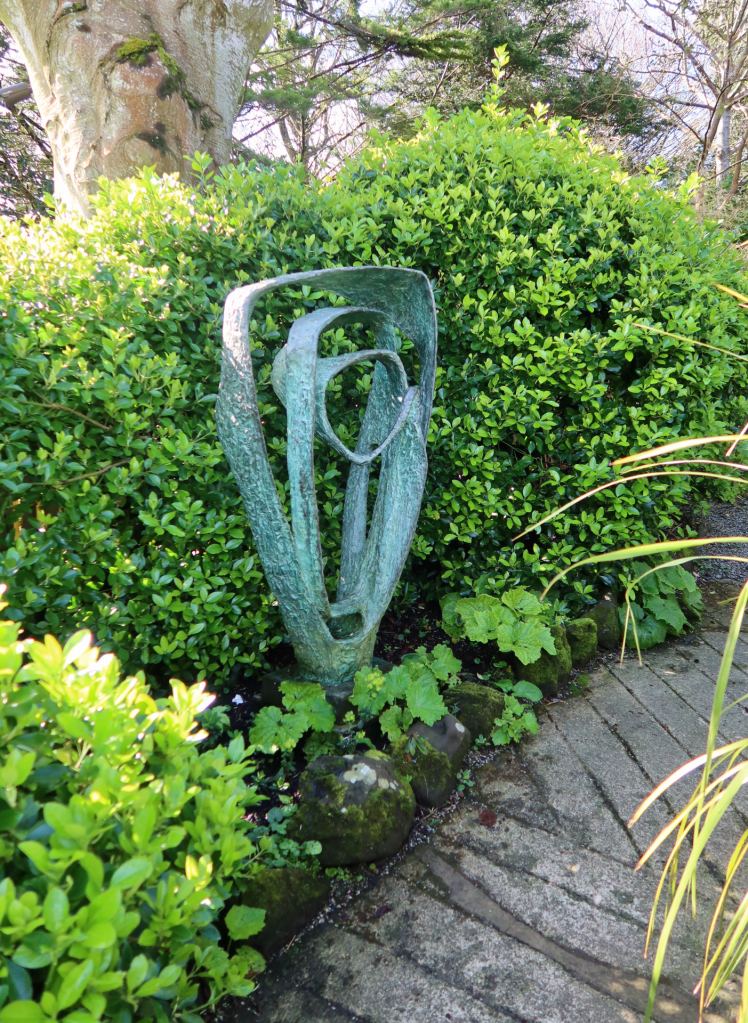
Whether along the perimeter hedge, or on the small lawn, the planting is thoughtful, natural but controlled.
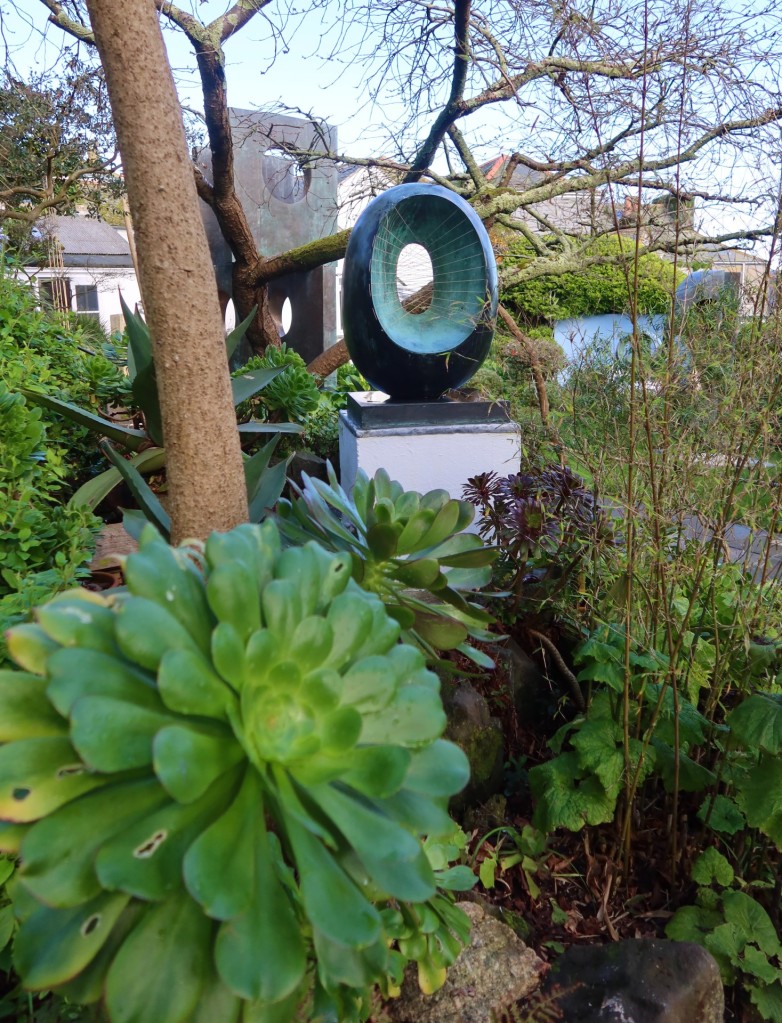
I am amazed at how the aeoniums grow happily outdoors unaffected by the winter cold. It is a warmer climate than I am used to, away from the easterly winds with the sea remaining above 10 degrees in the winter.
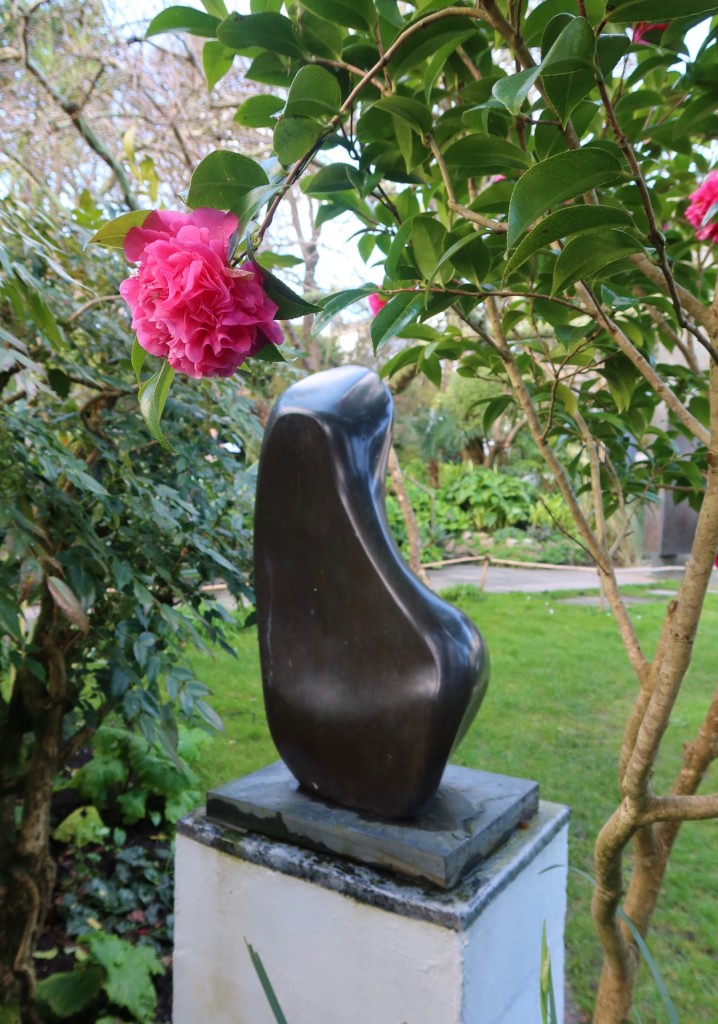
Although predominately green there are some flowers throughout the year and right now it is the early camellia which give a splash of colour.
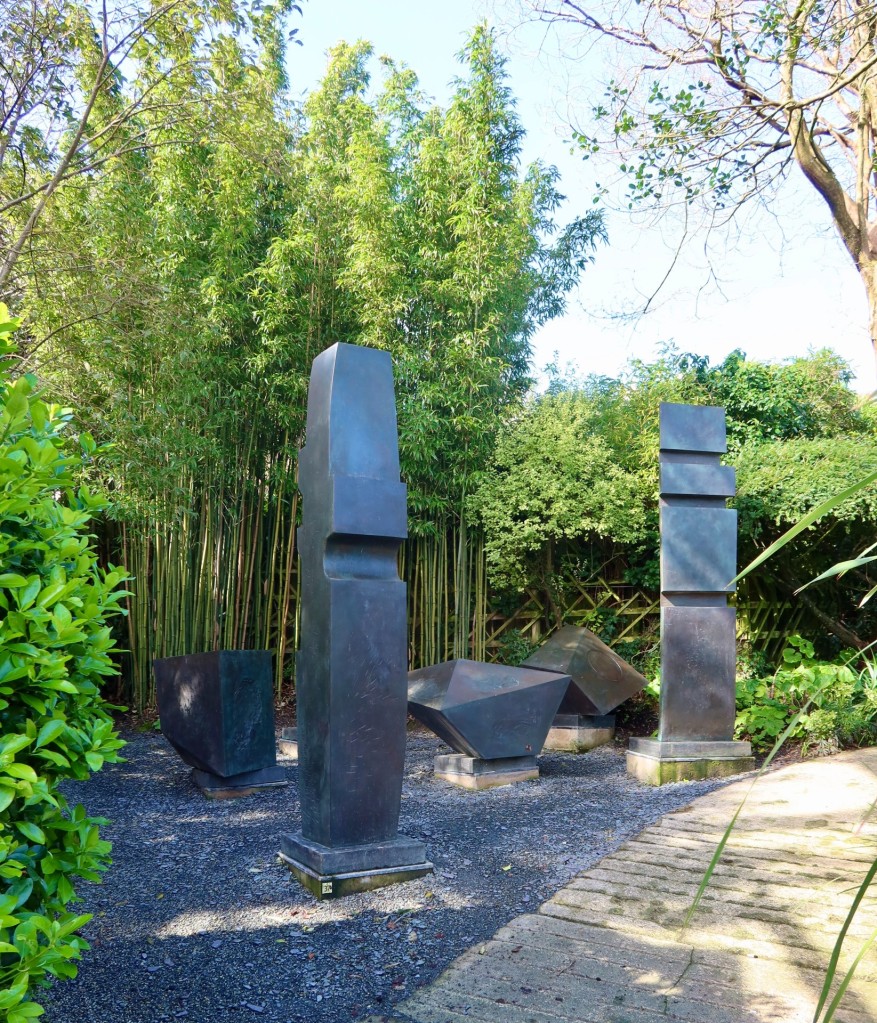
In a similar way to the narrow lanes in St. Ives, but not as steep, the path leads gently upwards. Situated at the top of the garden and in the corner is the bronze ‘Conversation with magic stone’ which was executed in 1973. The tall bamboo is a fine backdrop.
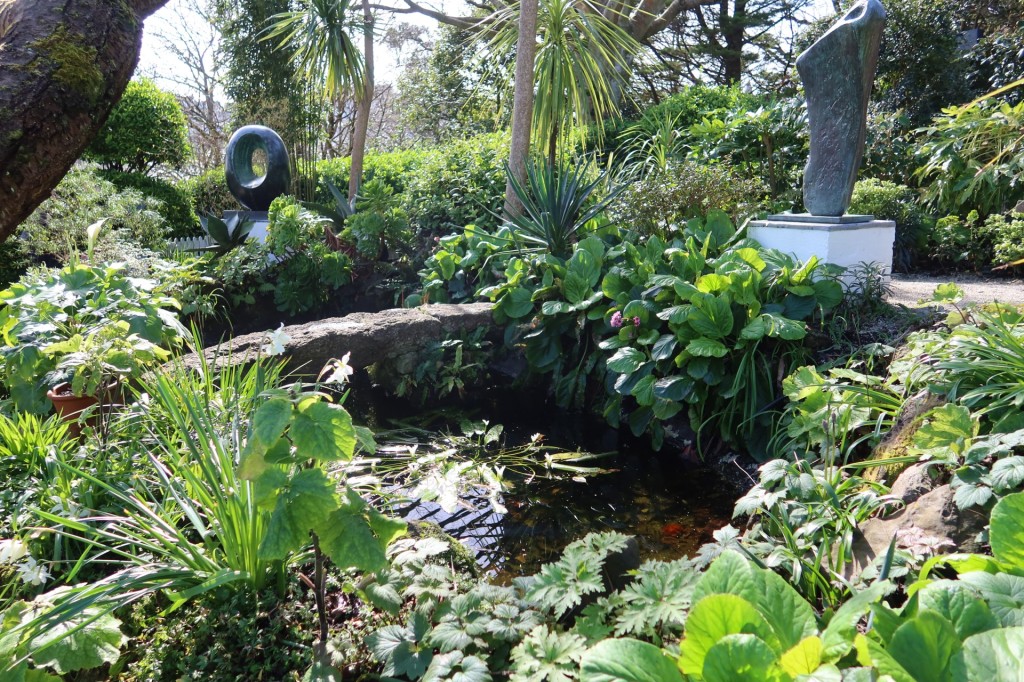
The pond is a perfect size, man-made but naturalistic, reflective, the rocky outline is softened by the lush planting.
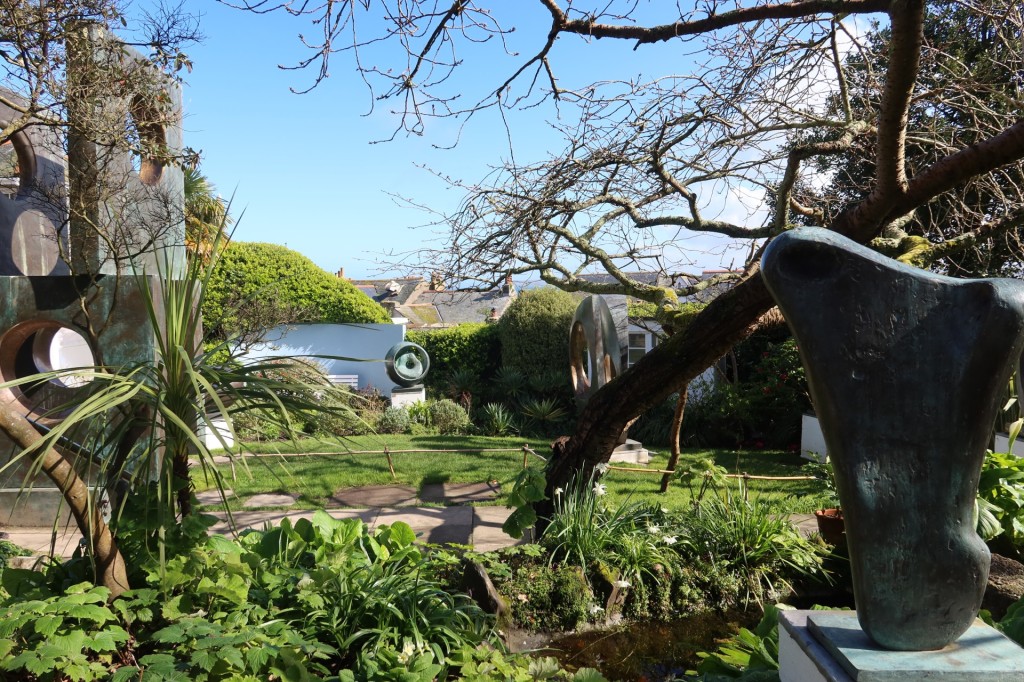
From behind the pond there is much to absorb in such a small area. In this intimate and creative space your spirits cannot fail to be lifted,
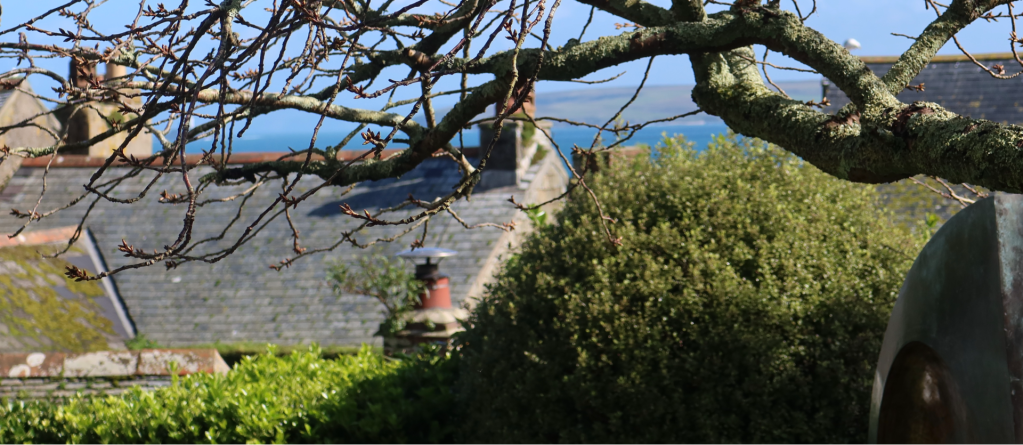
and over the neighbouring roof tops, in the far distance you can just glimpse the beautiful aquamarine sea.
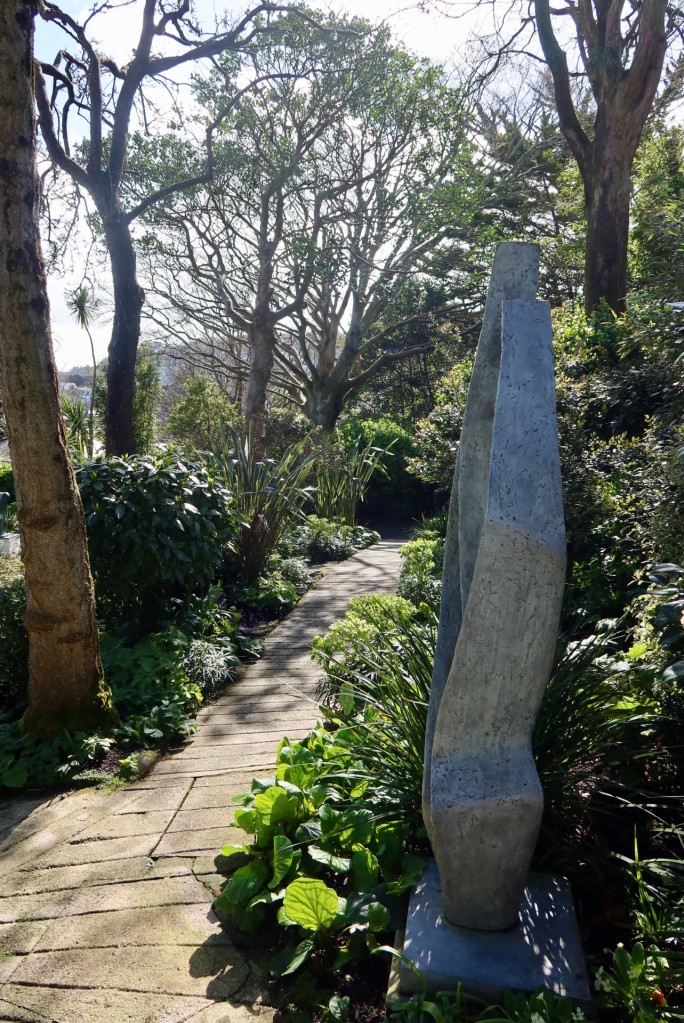
The garden is not crowded and although you want to pause, sit and stare, at the same time you are keen to move on, discover more. So I follow the path,
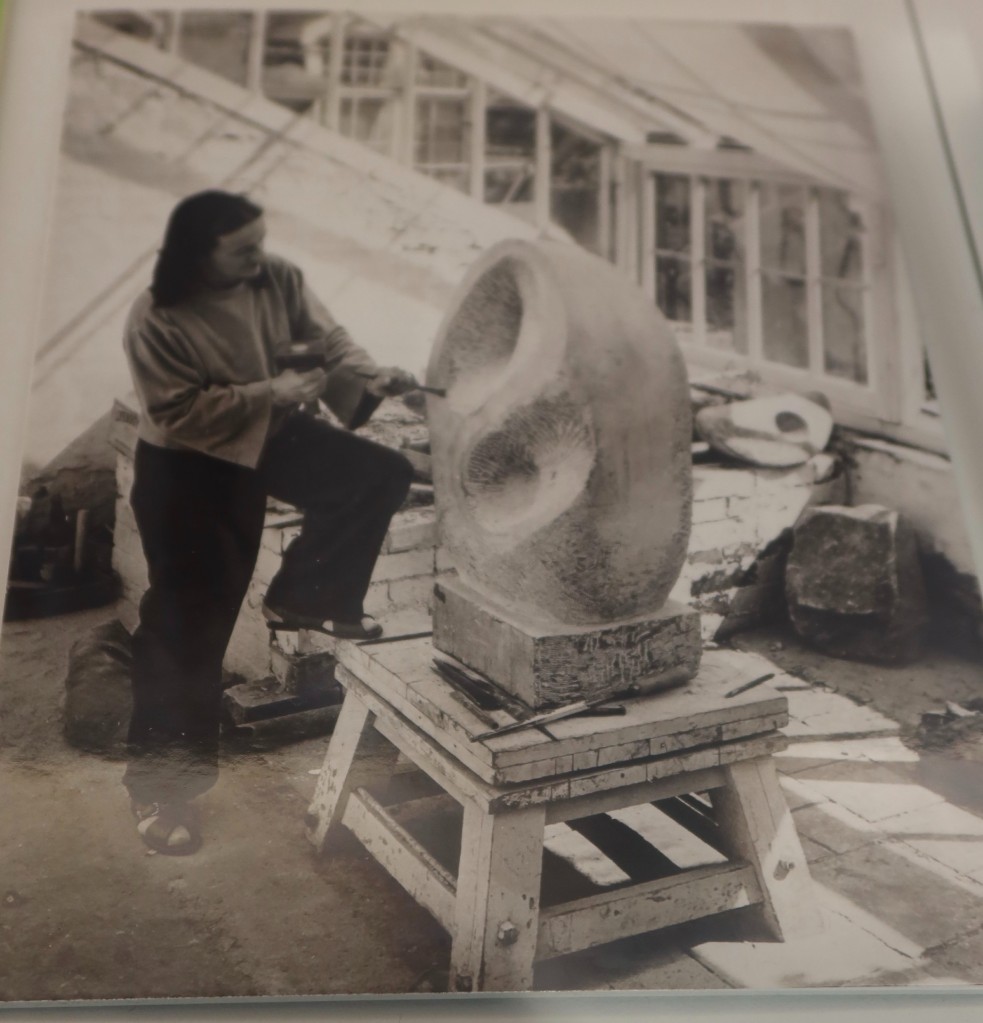
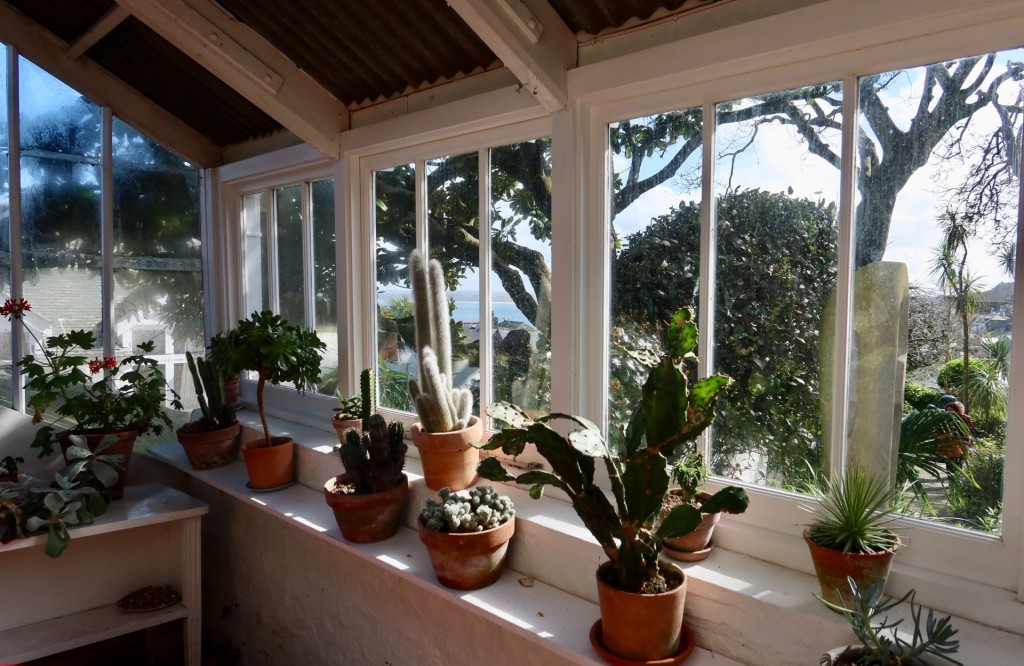
and enter the greenhouse. The museum’s photograph on the left shows Hepworth working here.
The view of the church tower is framed between the now mature trees.

And next door are the workshops, containing bottles and materials. Everything is left as it was and you feel she could have been here just yesterday. All that work, that skill and that talent just stopped overnight,
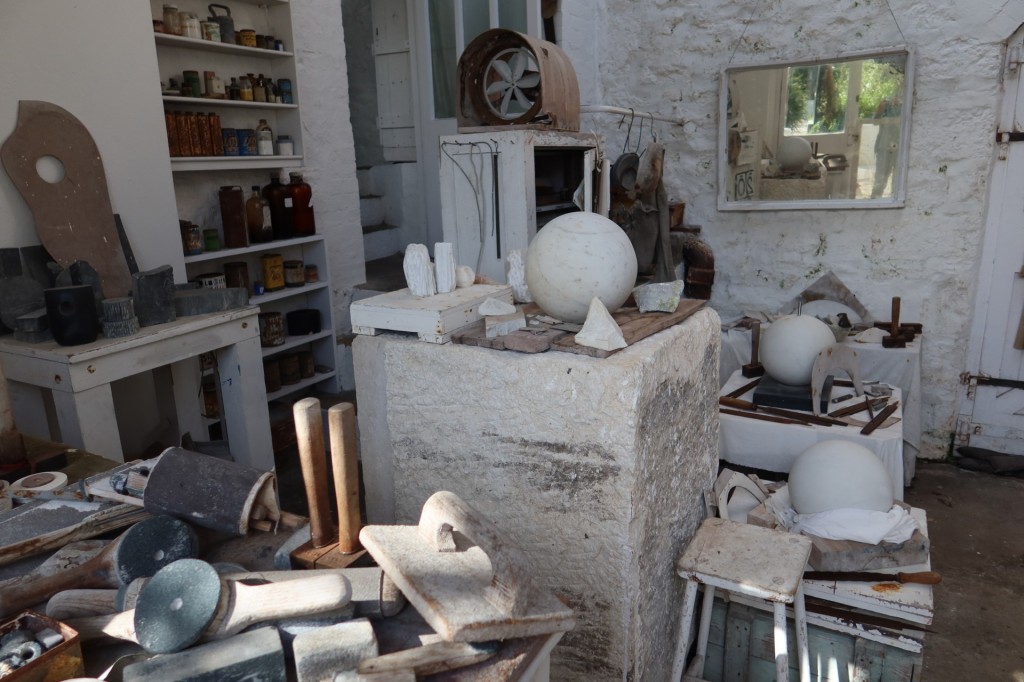
and outside blocks of stone are left waiting to be worked on.
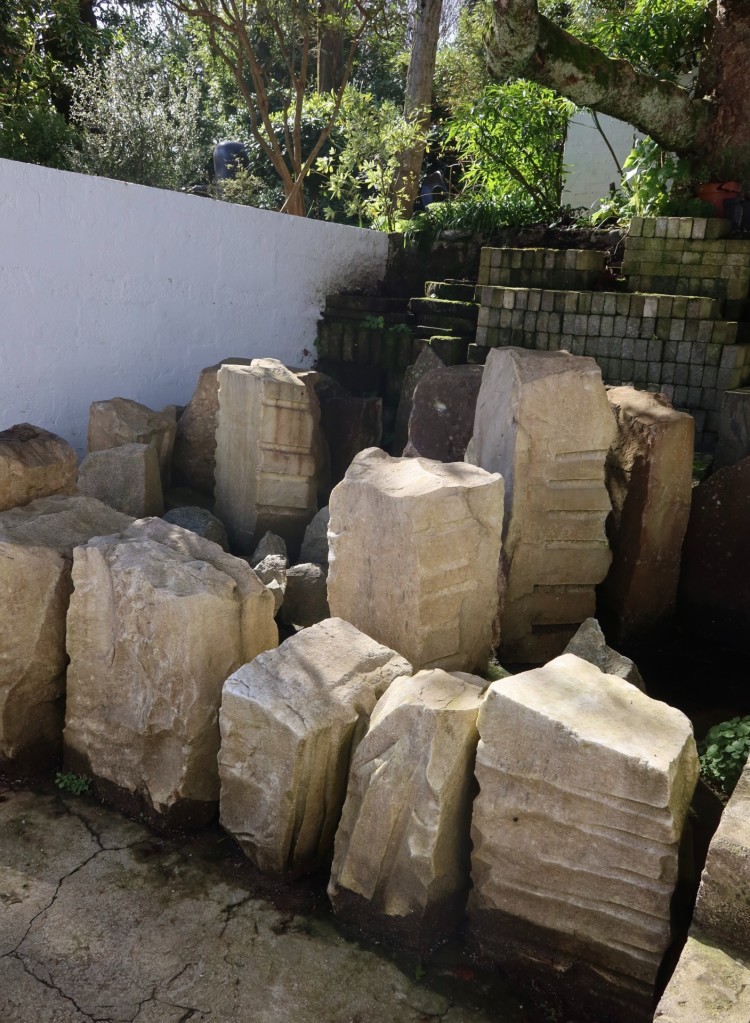
Hepworth died in 1975 and I am saddened to discover that the fire brigade found her in bed; she was a smoker.
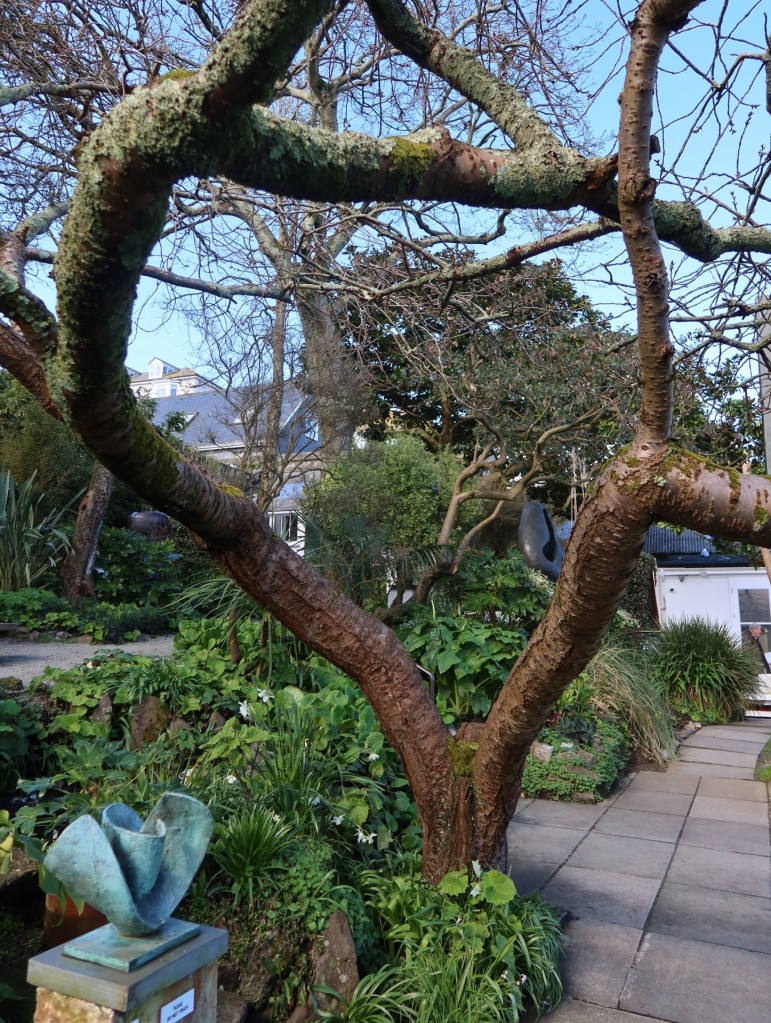
Even the trees are sculptural pieces. This cherry, planted by Hepworth, is dying but a replacement has been propagated and is waiting in the wings.
This must have been one of the first sculpture gardens created, and it has been a joy. I wander around the garden one more time. The church tower beckons, where I want to see the touching memorial carved by Hepworth and dedicated as much a memorial to her as to her eldest son Paul who died in an RAF plane crash in 1953 aged just 23. A beautiful tribute to mother and son.

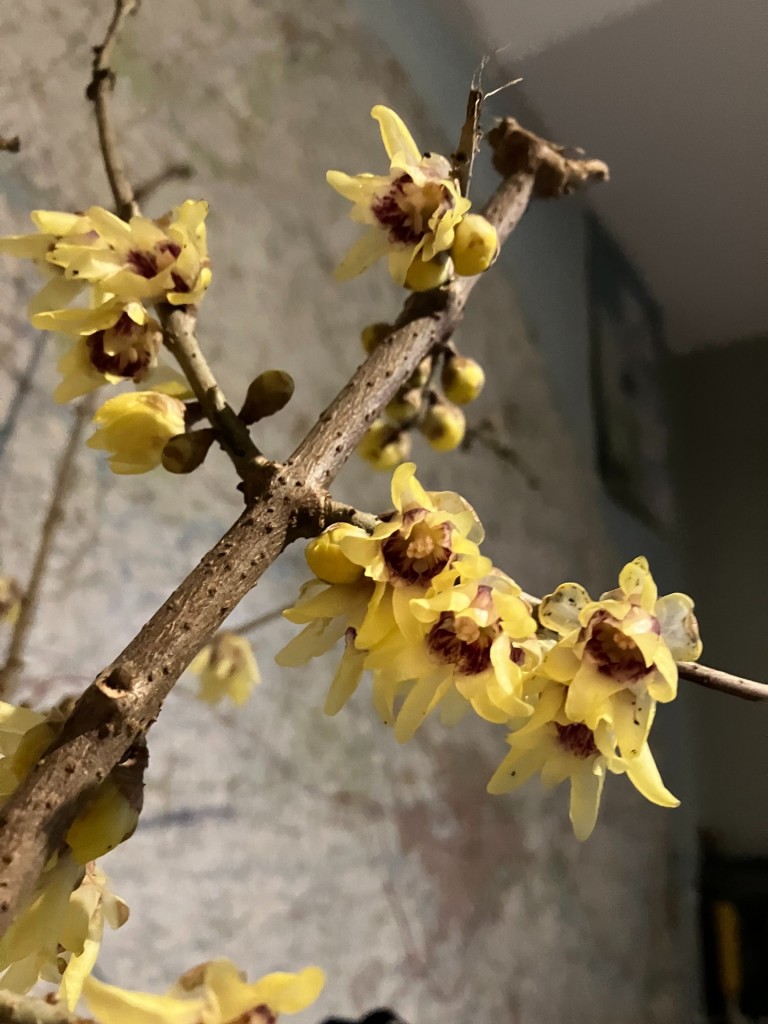
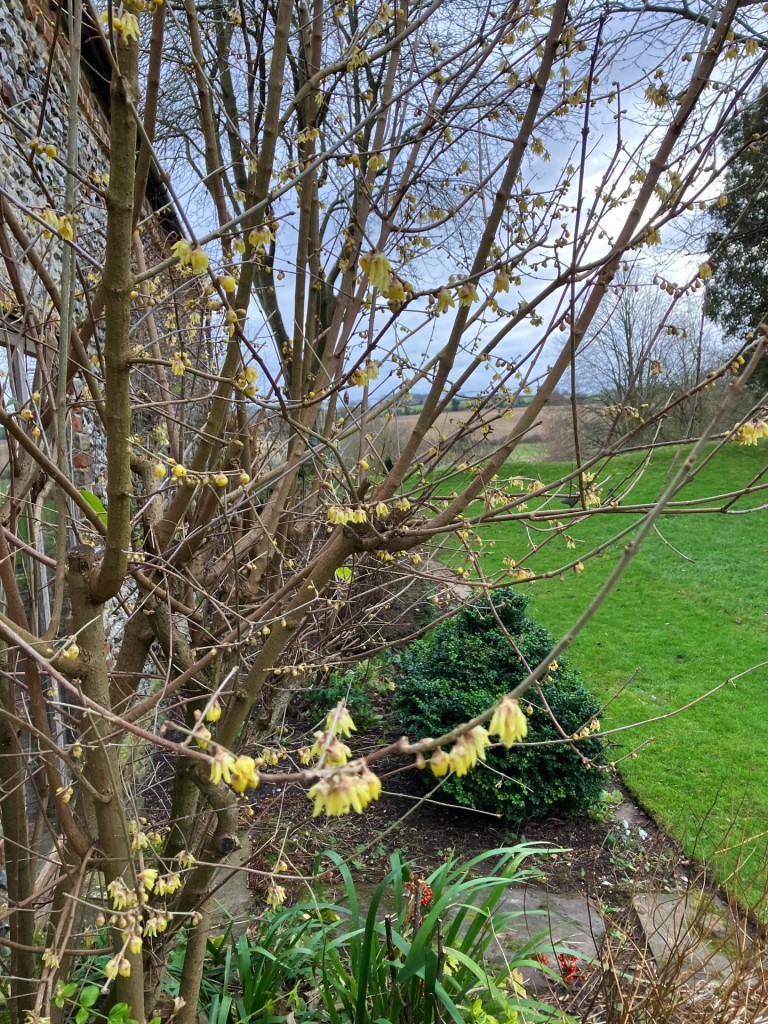
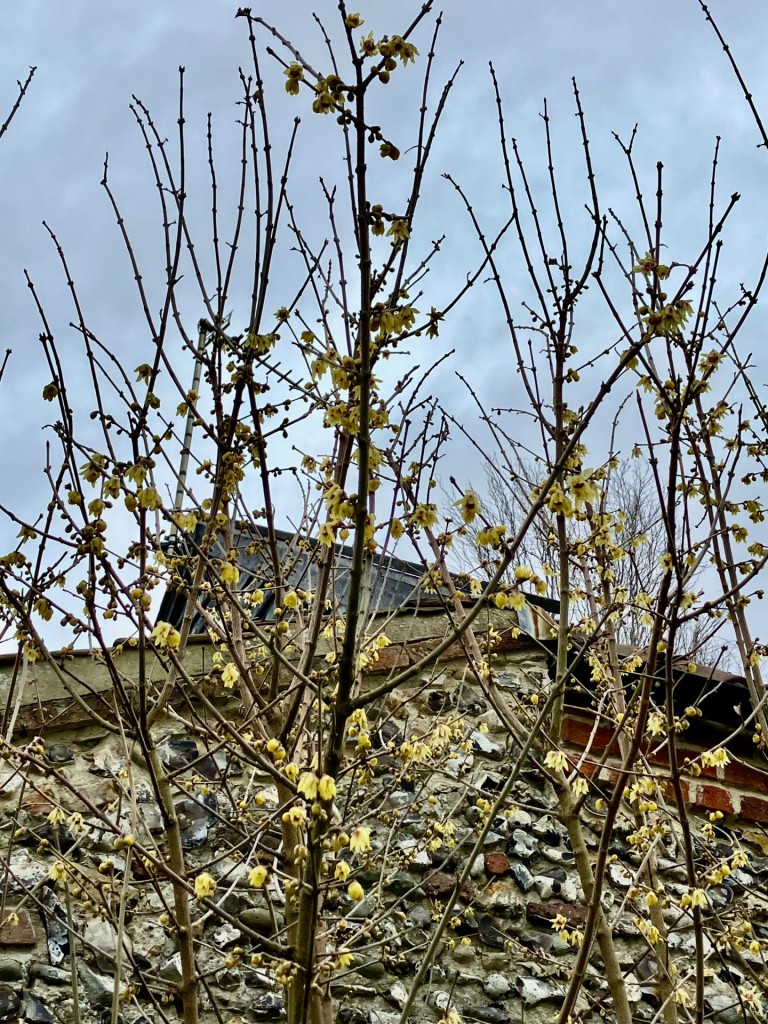
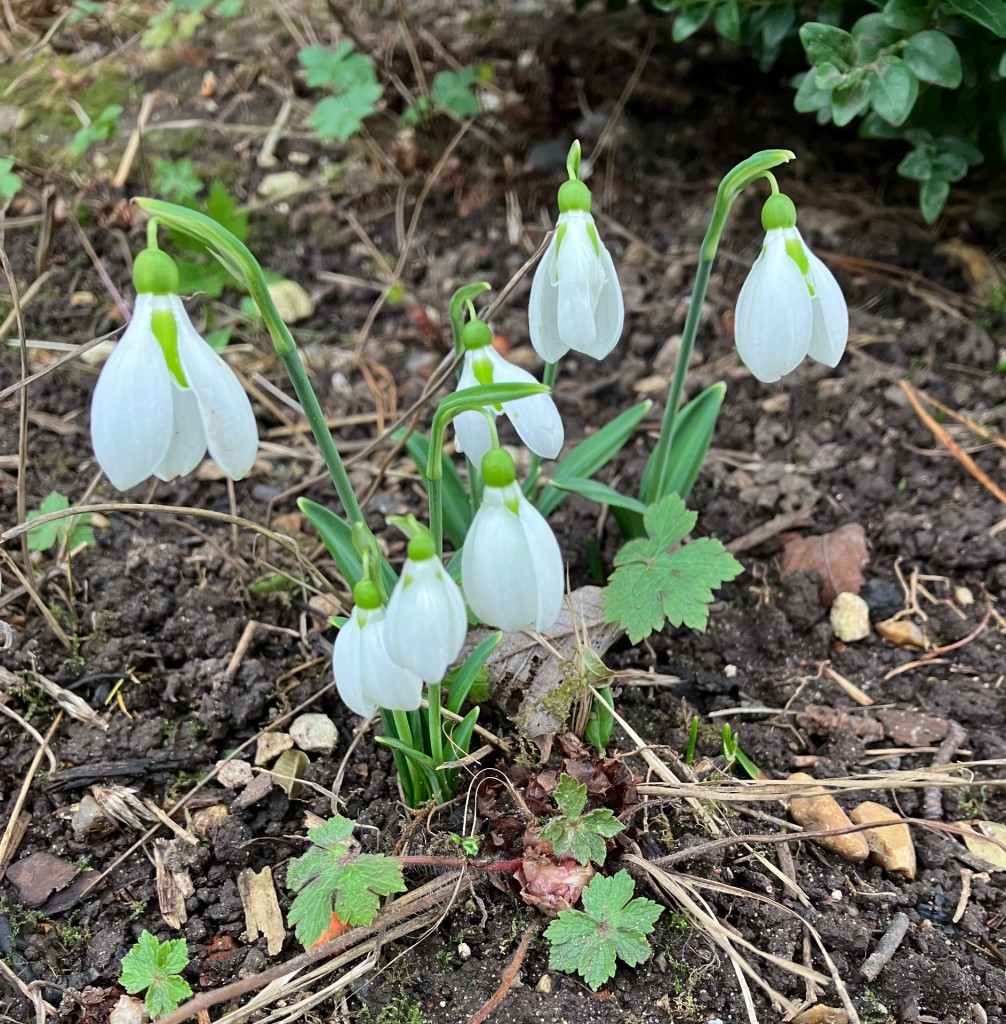
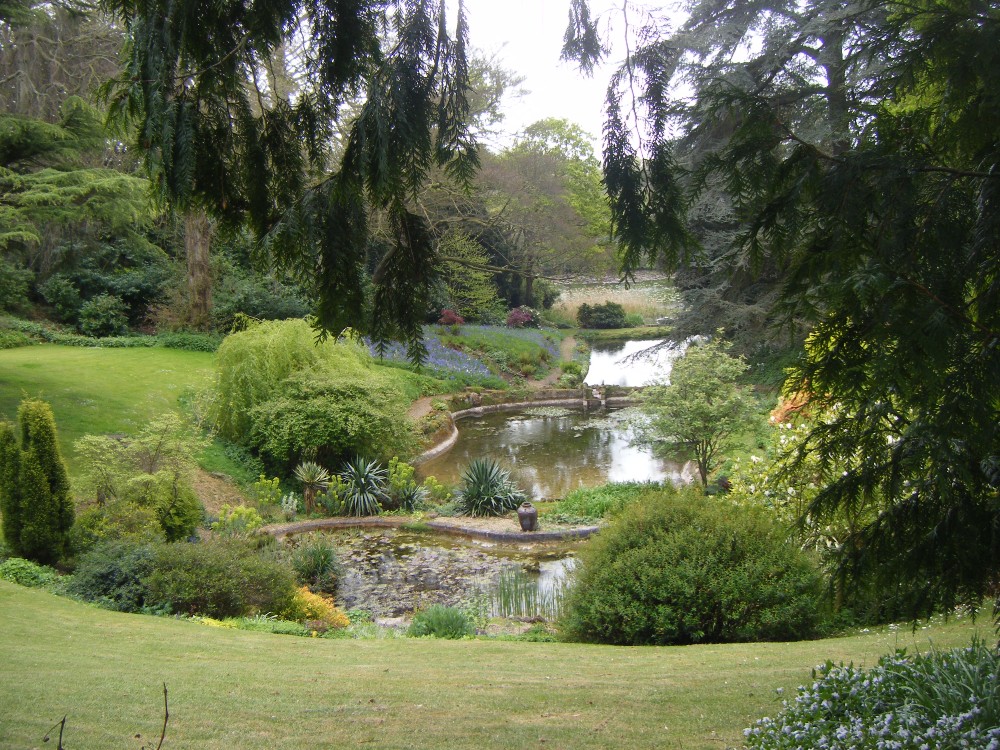
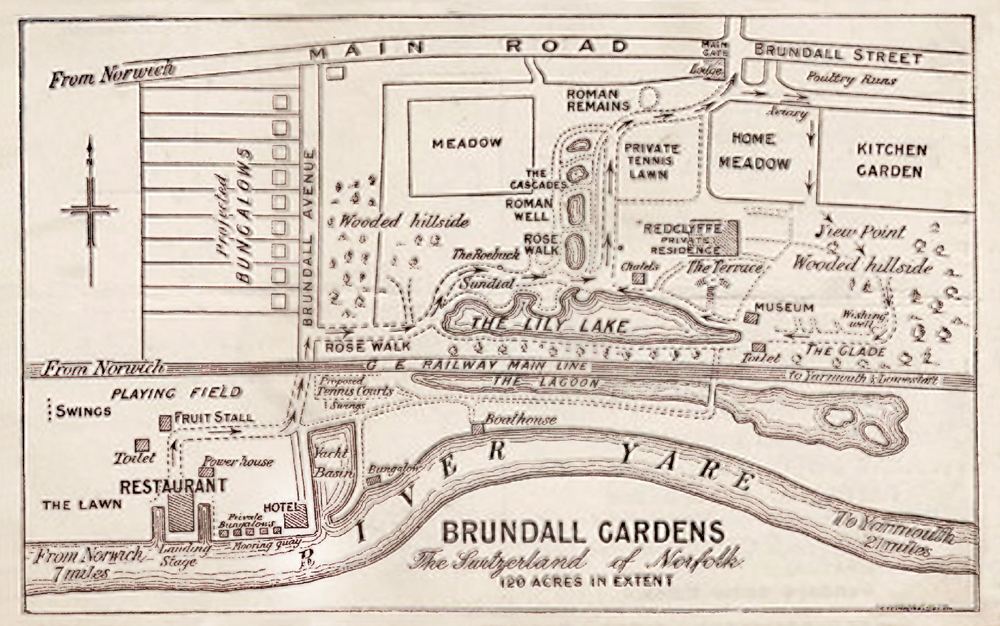
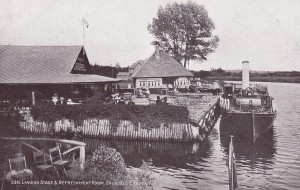

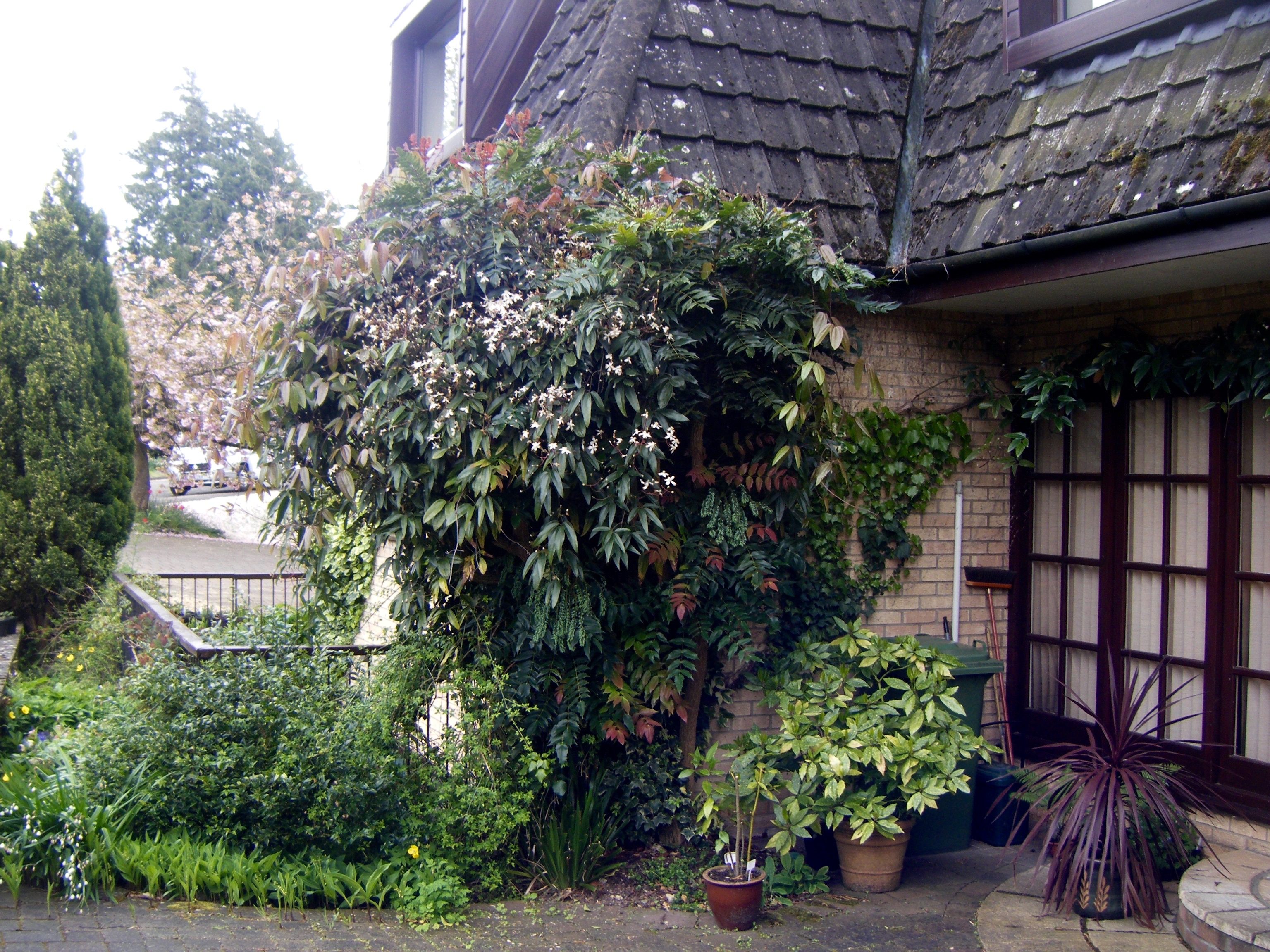
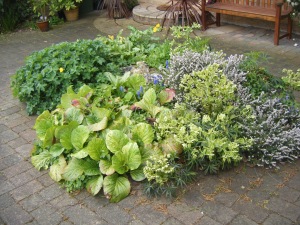
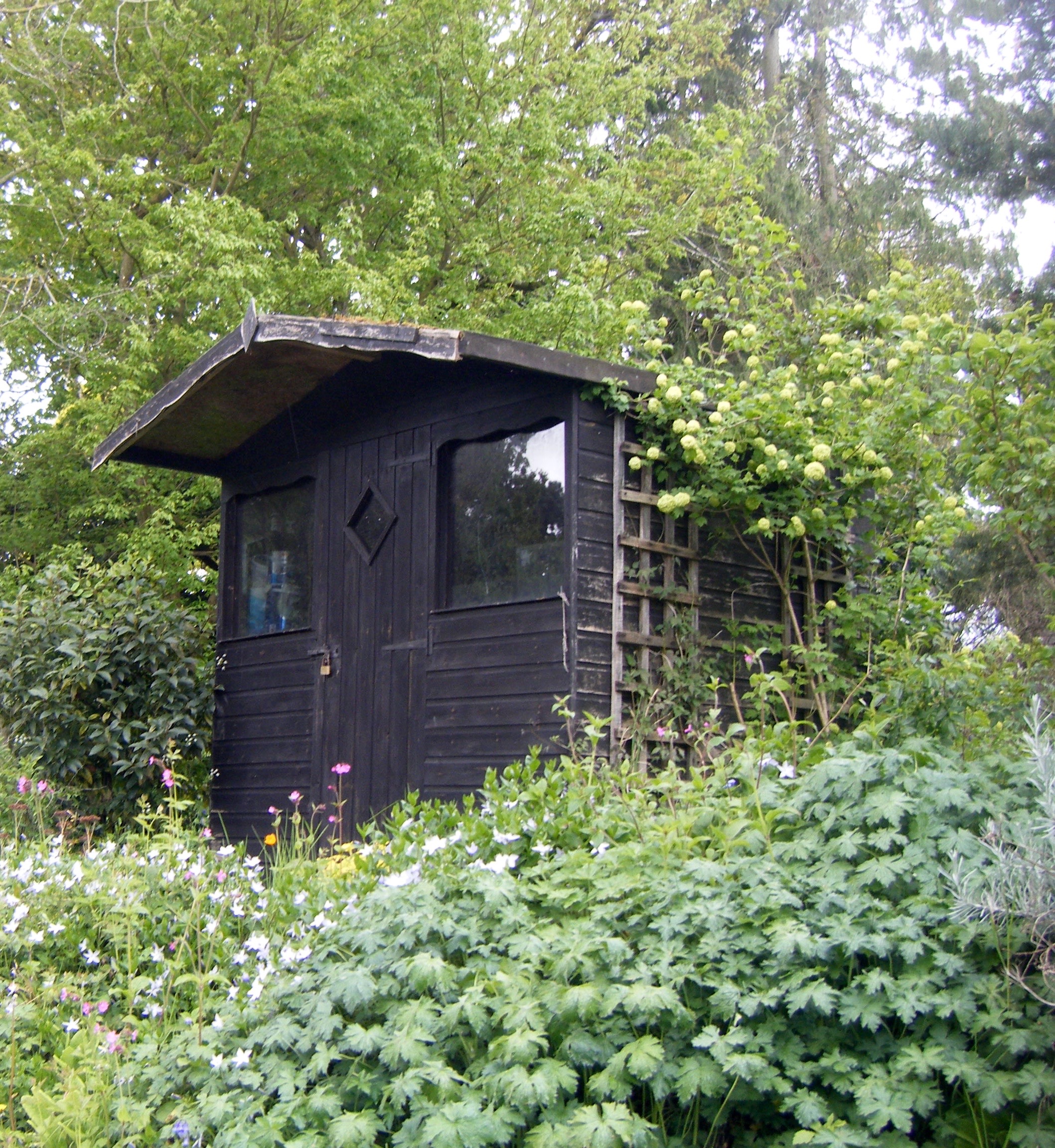

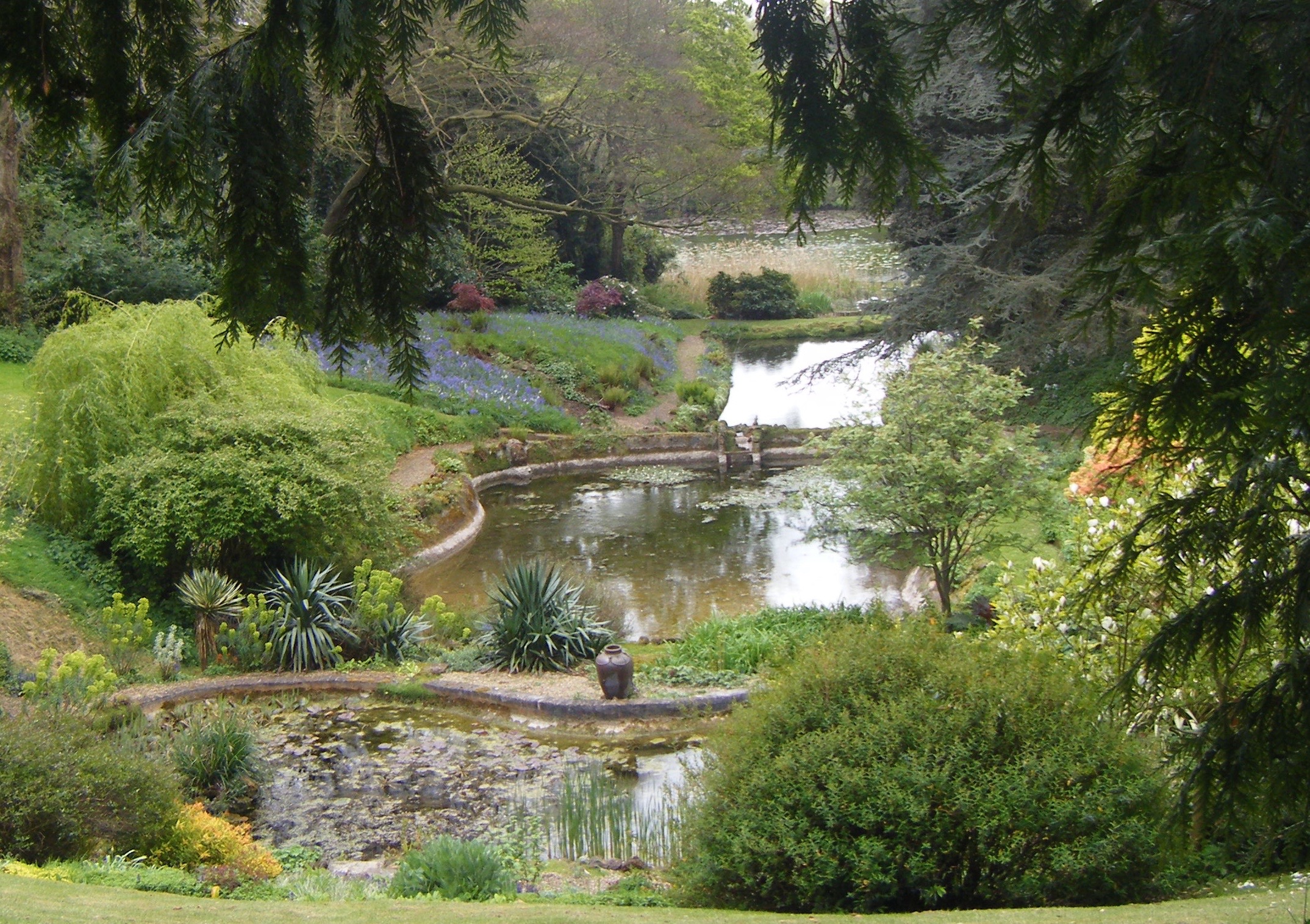

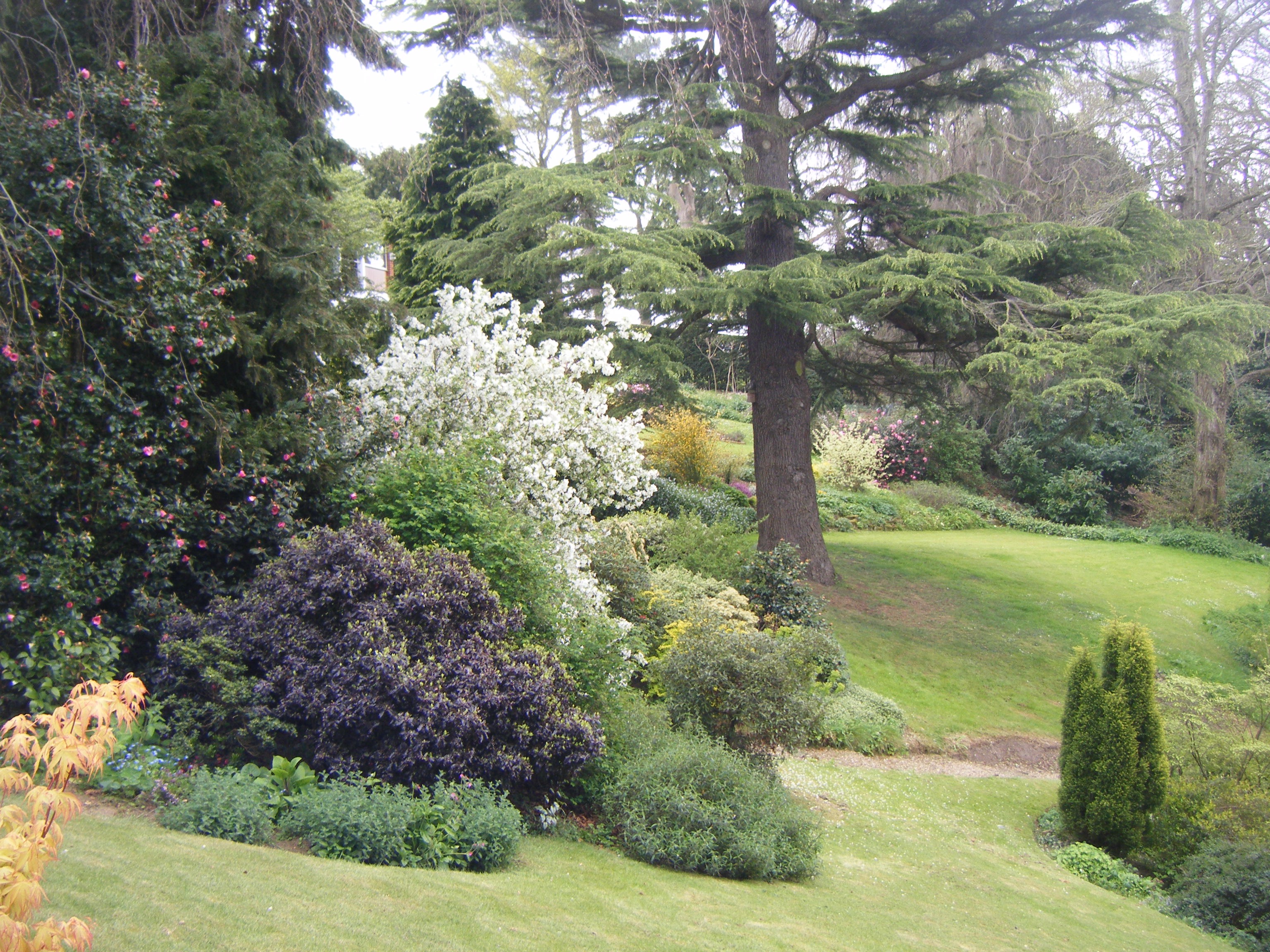
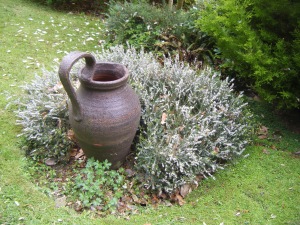
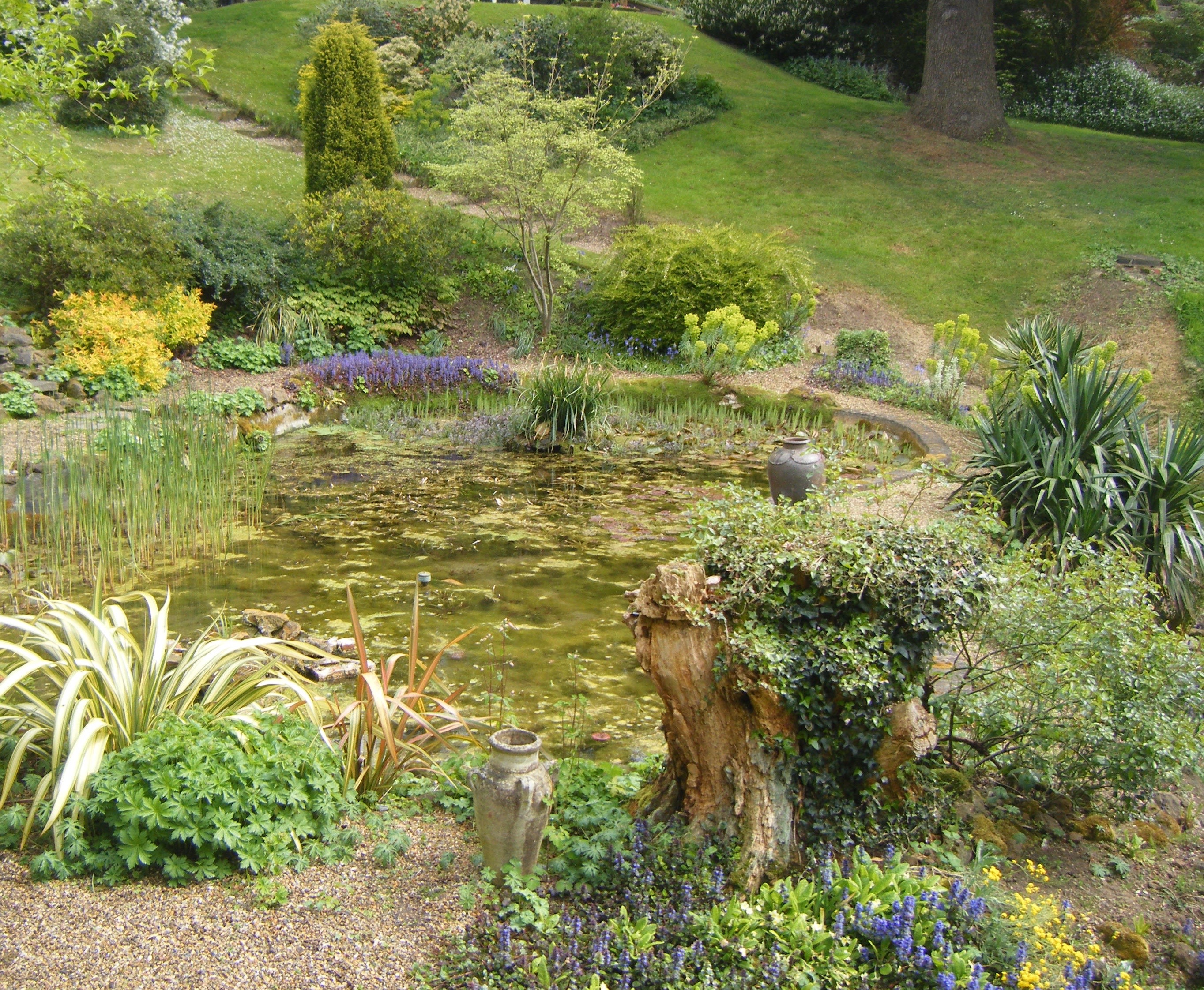

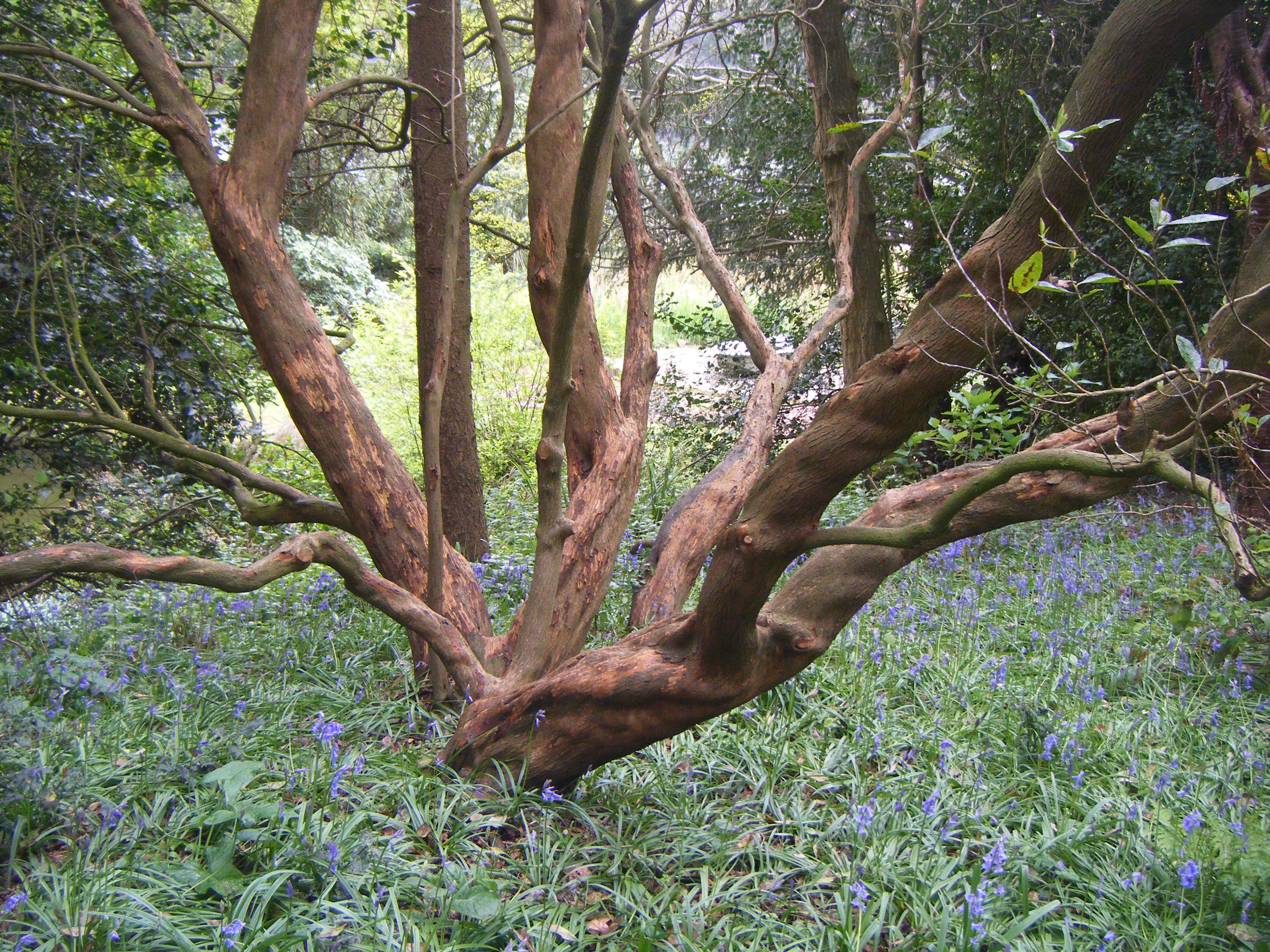
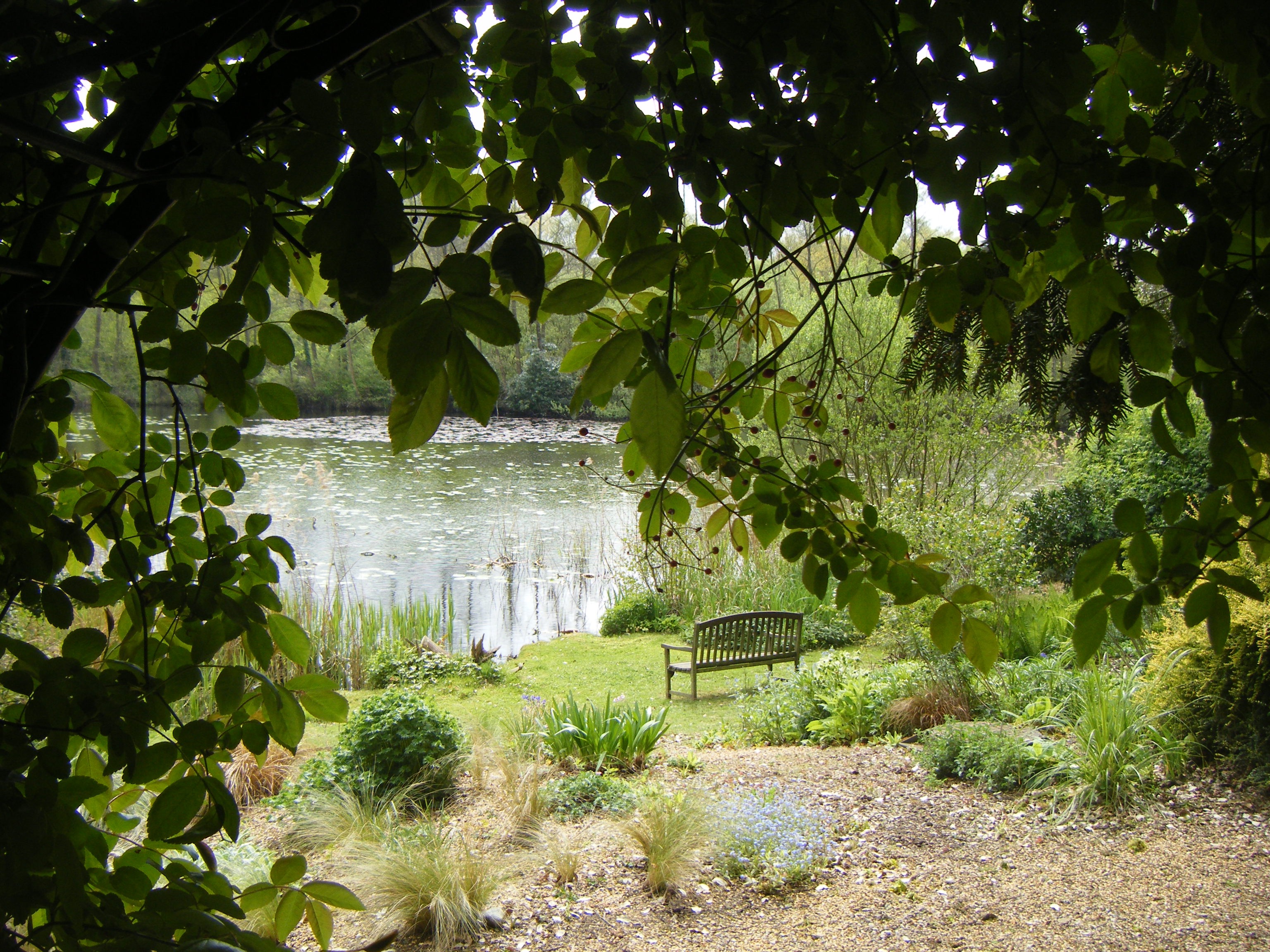
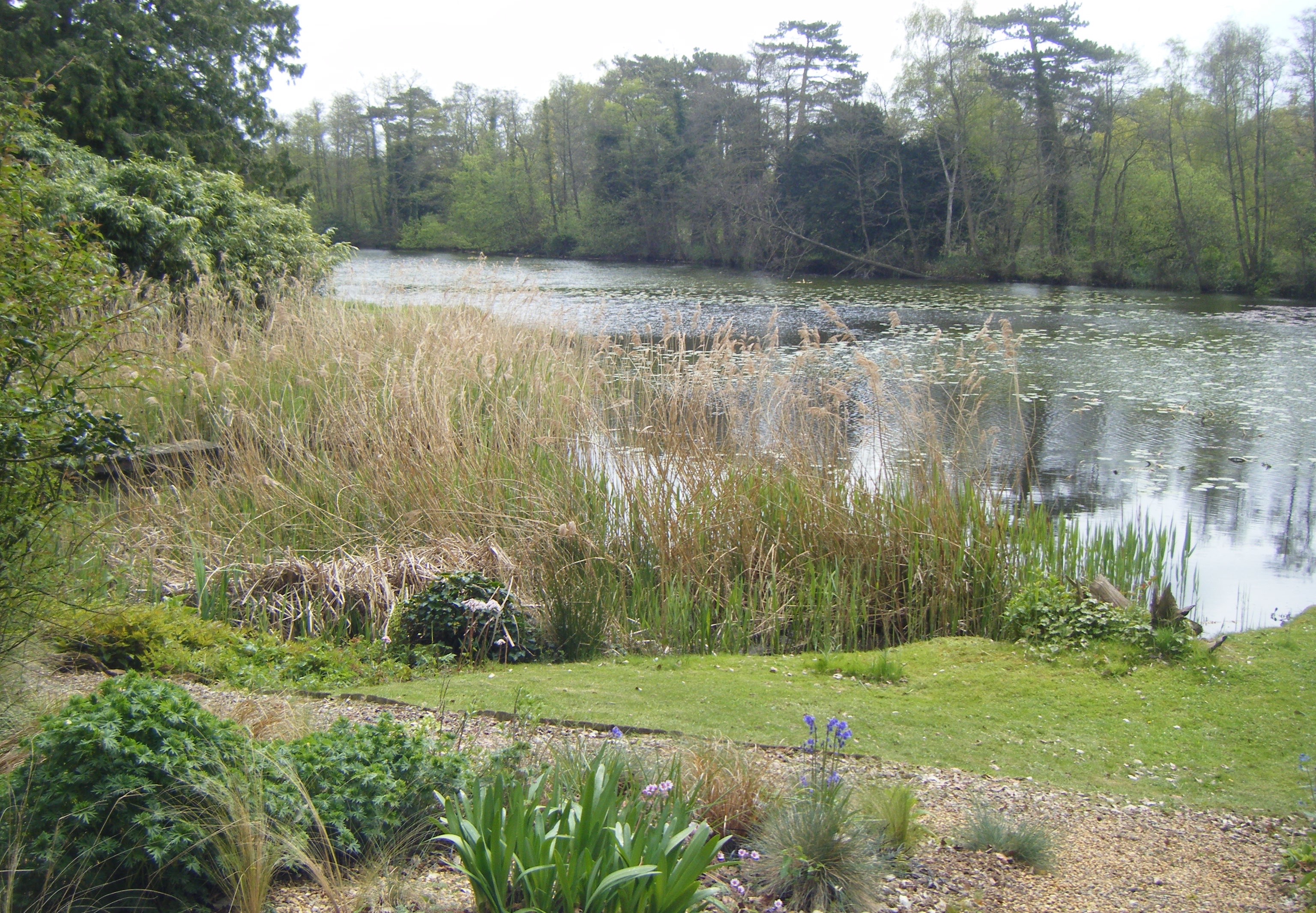

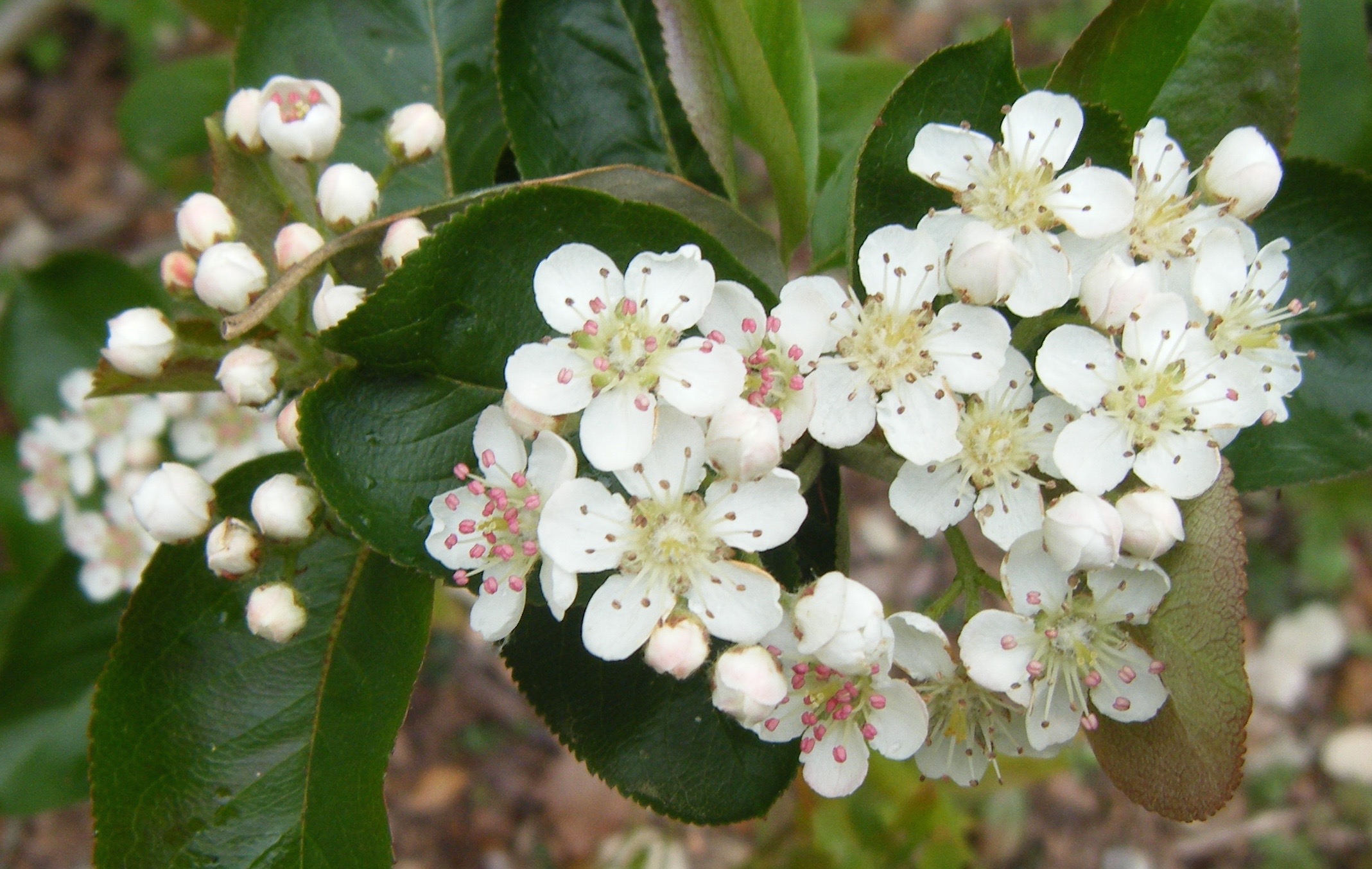
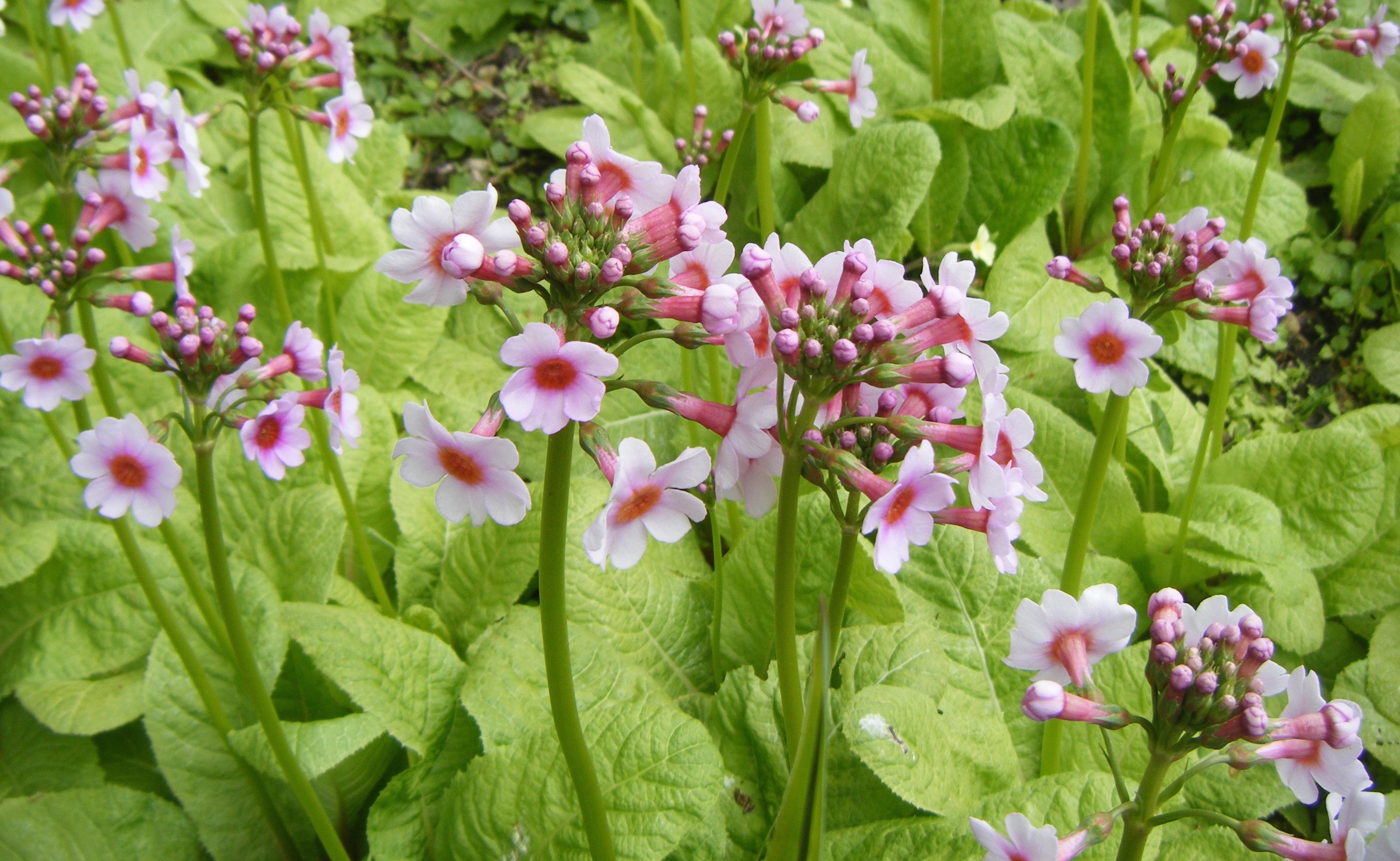
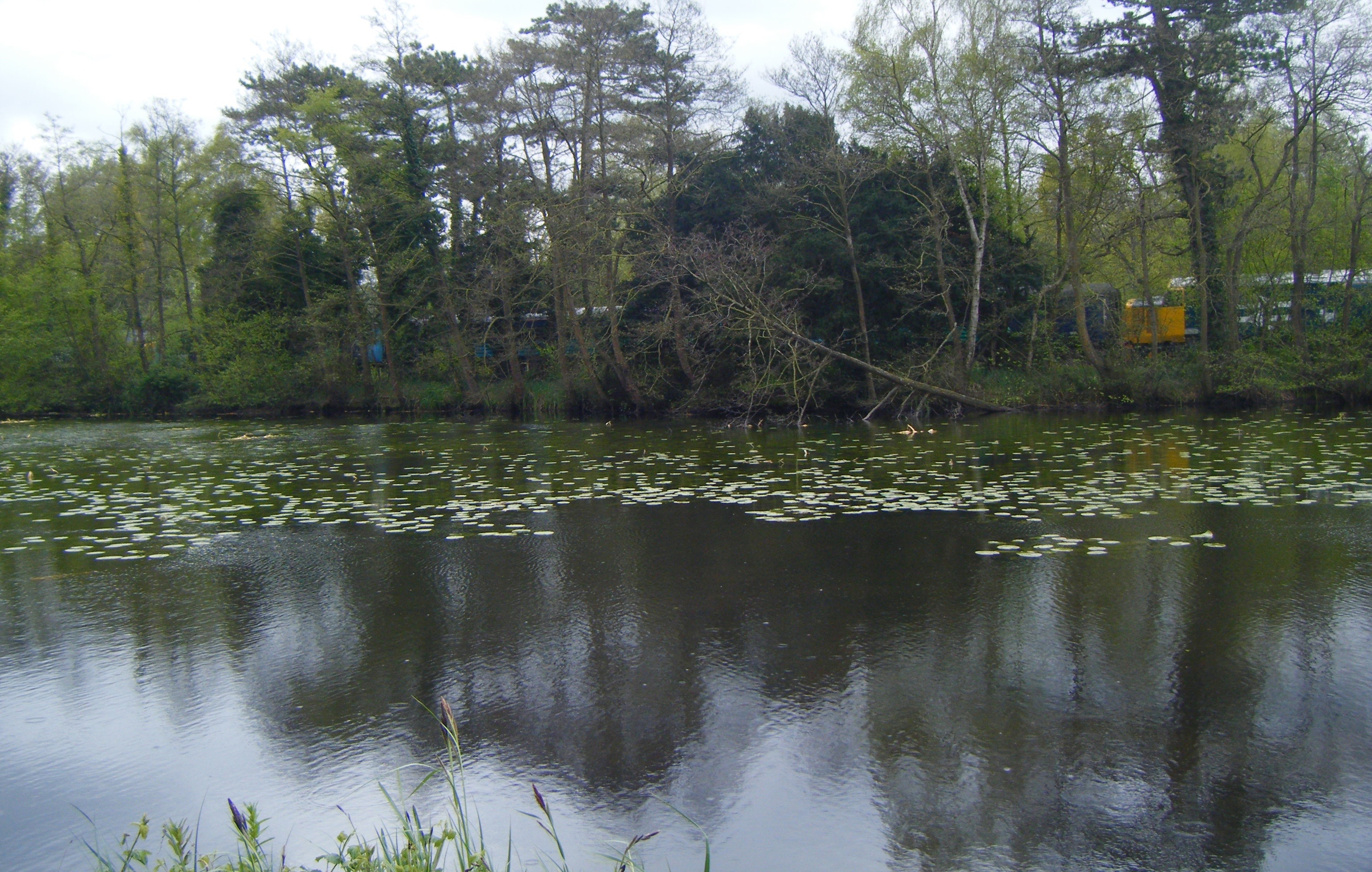
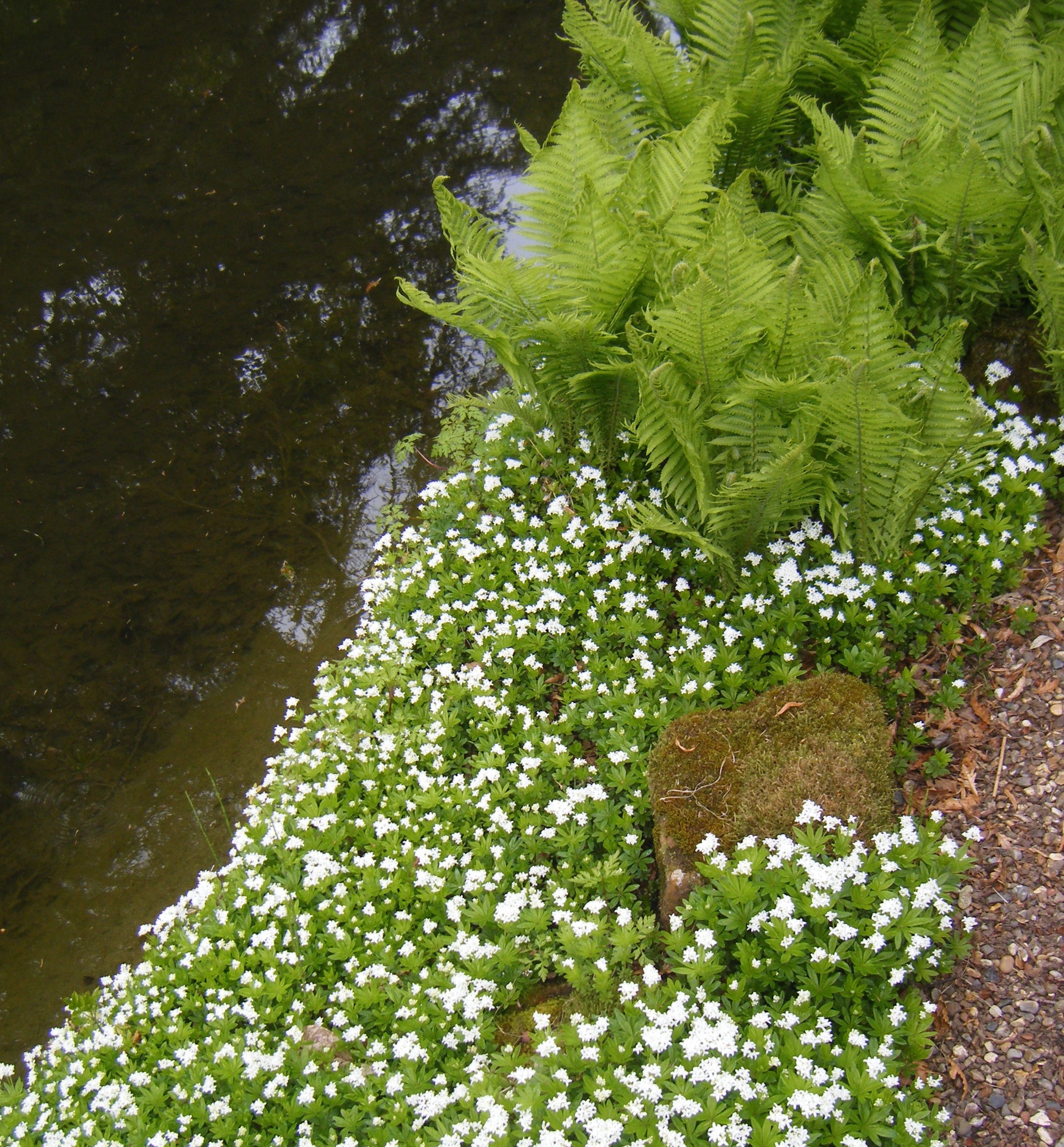
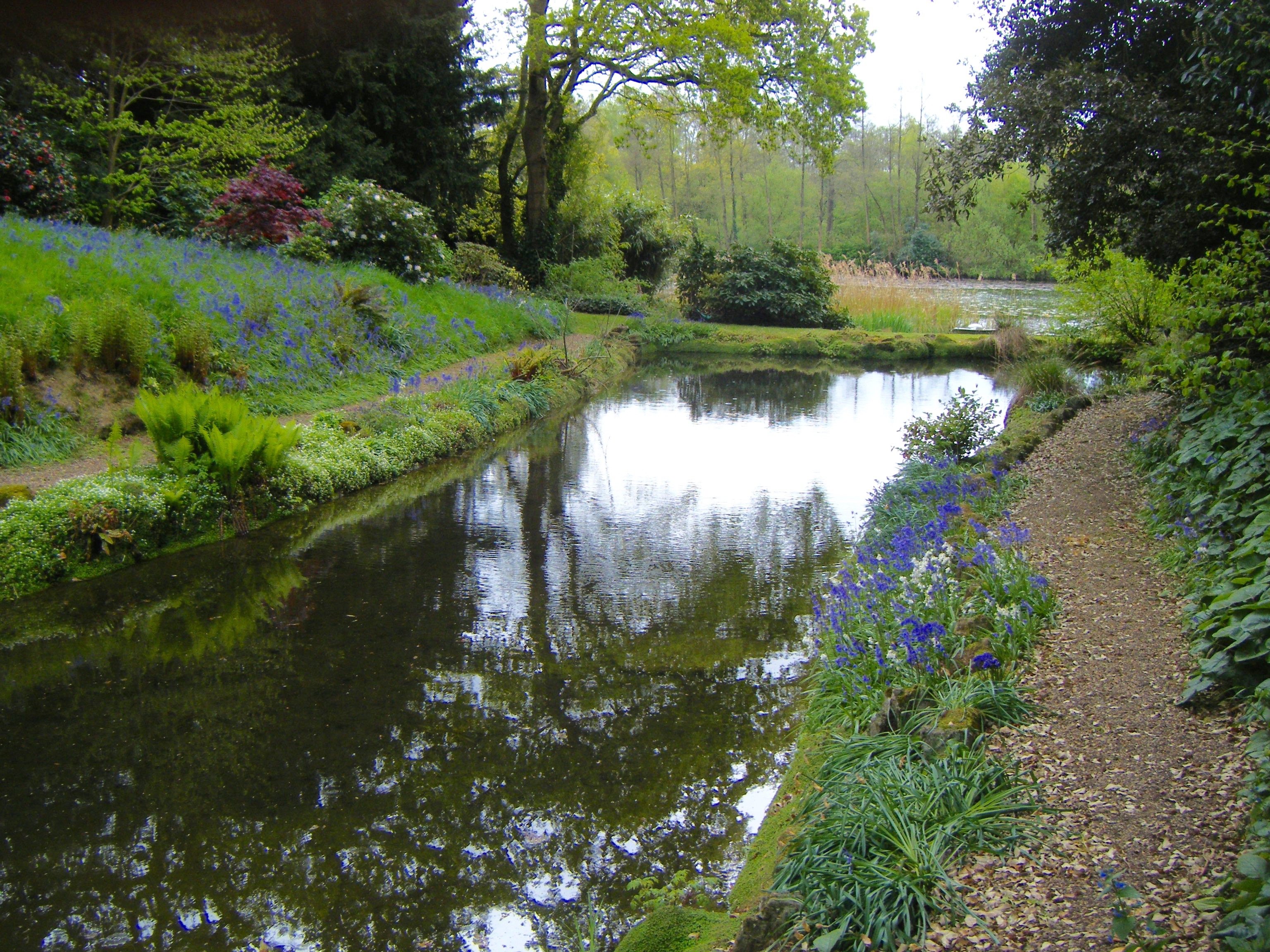
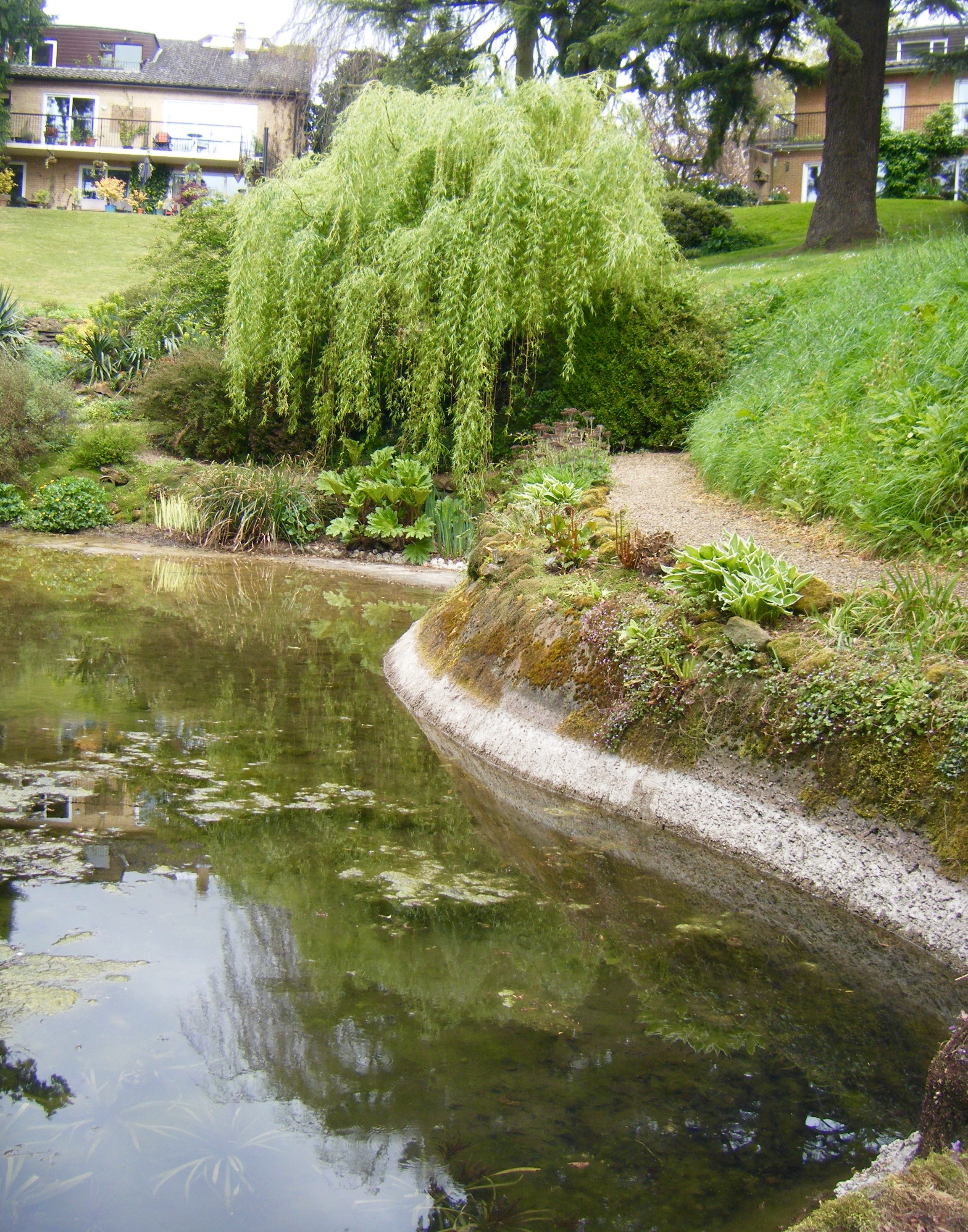

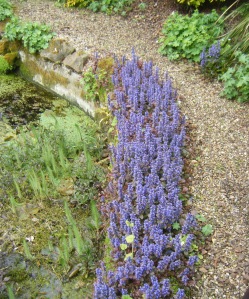
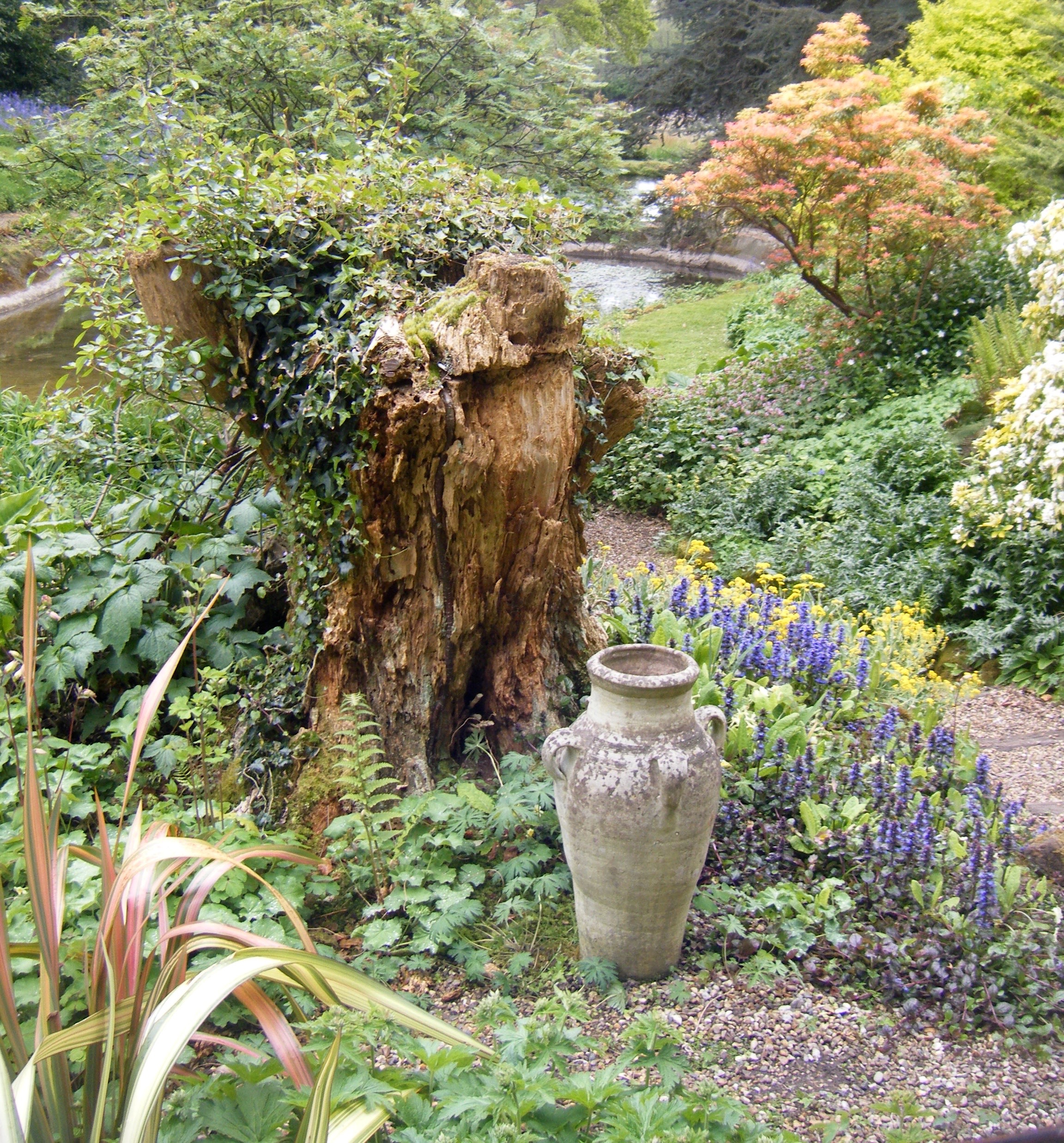
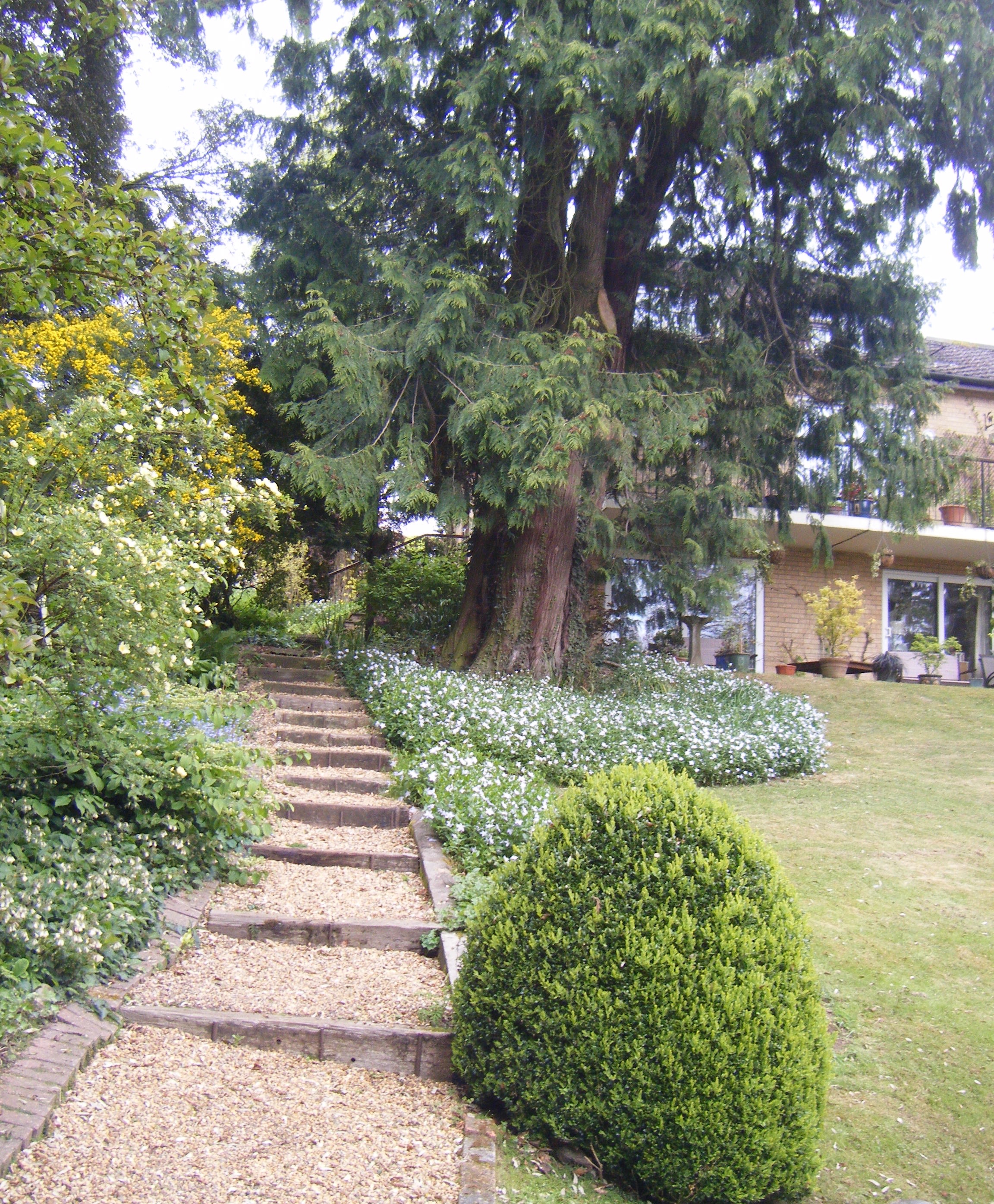
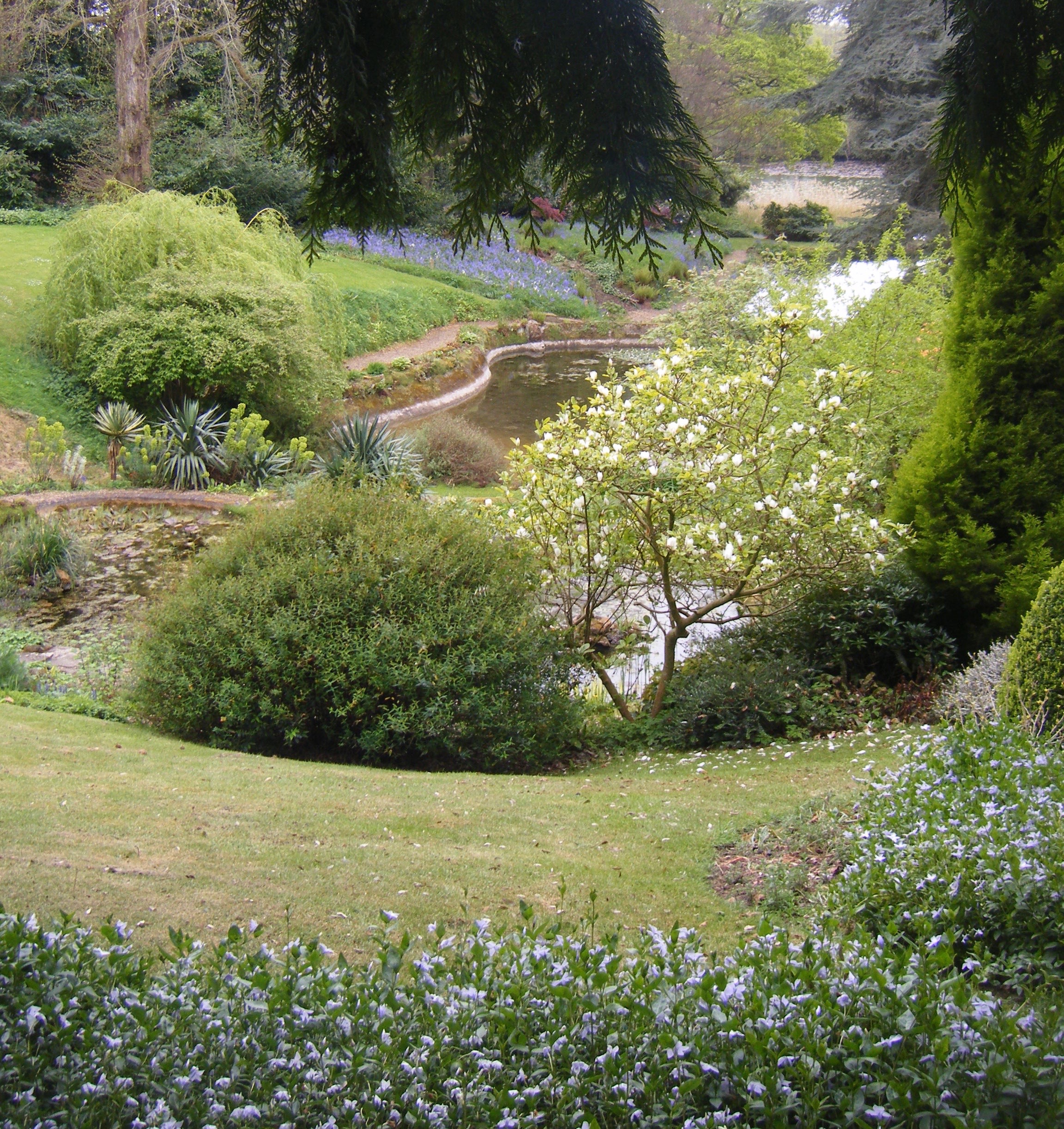
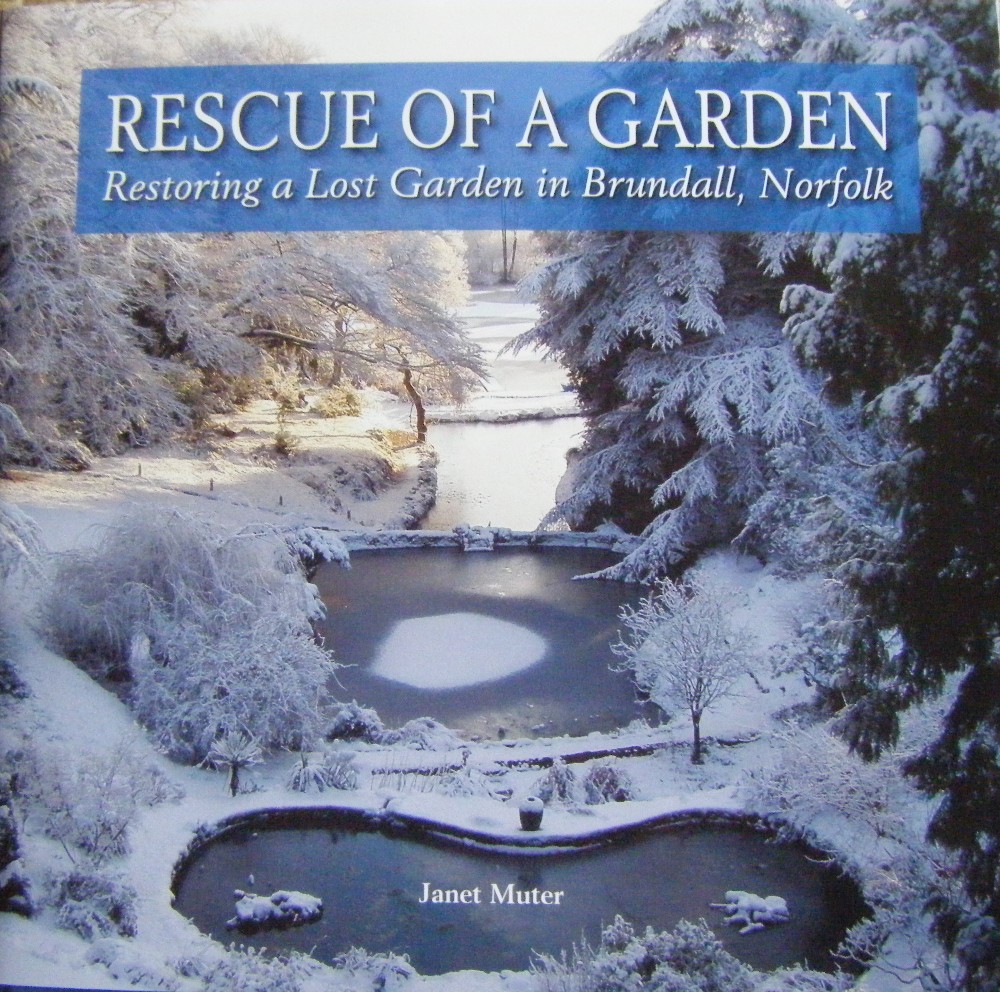
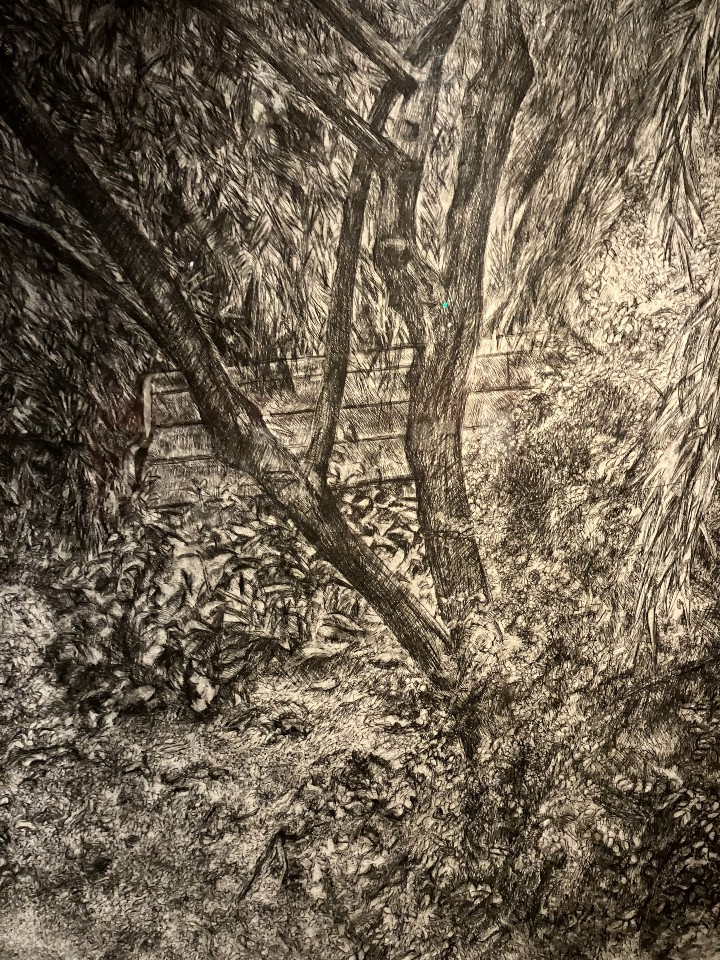
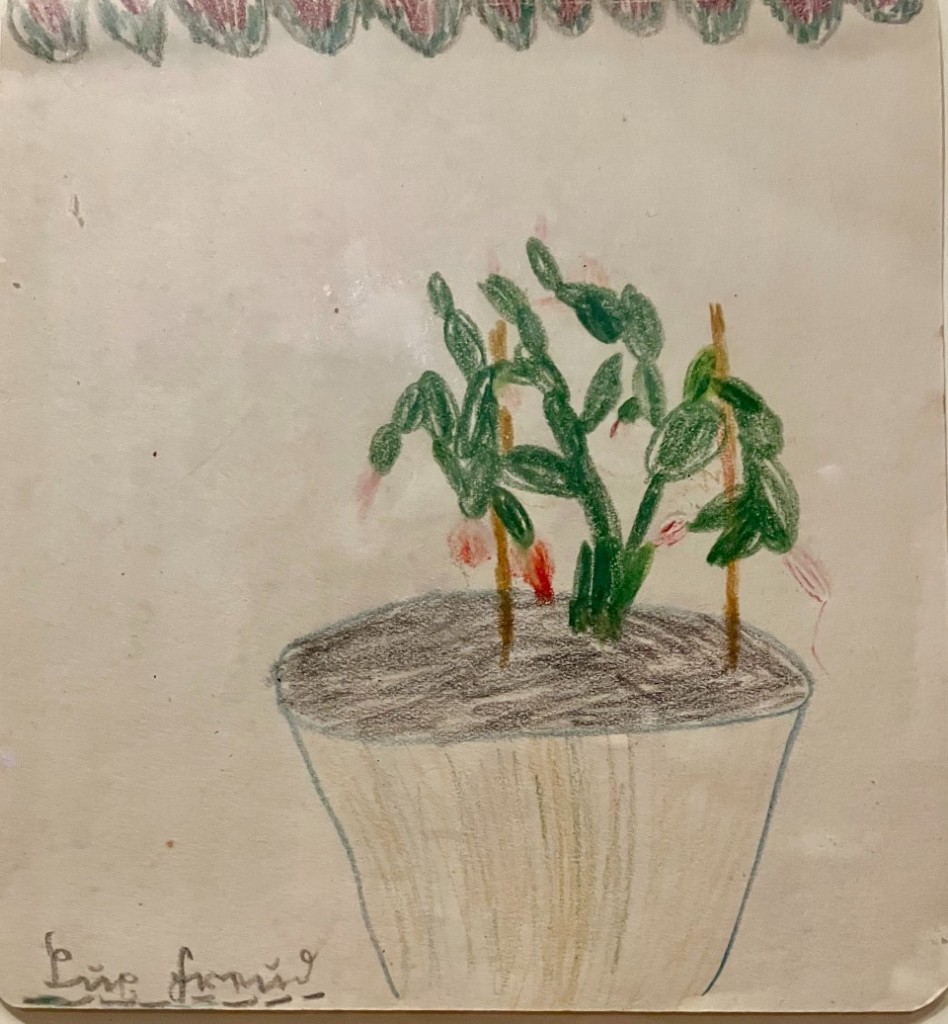
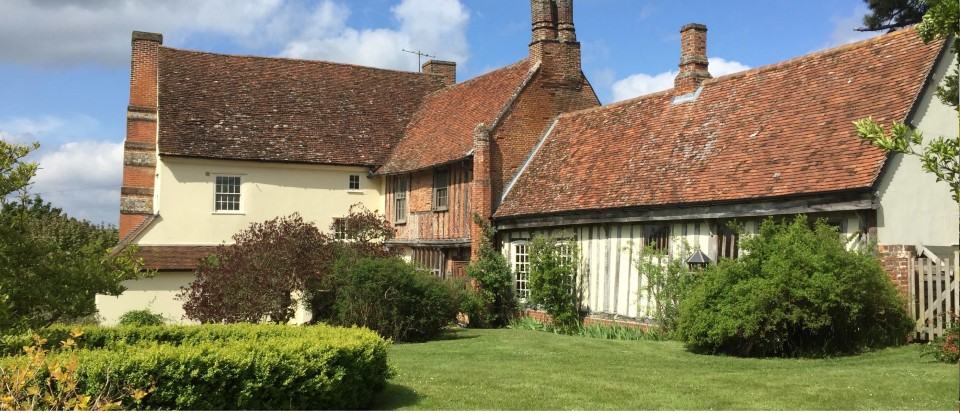
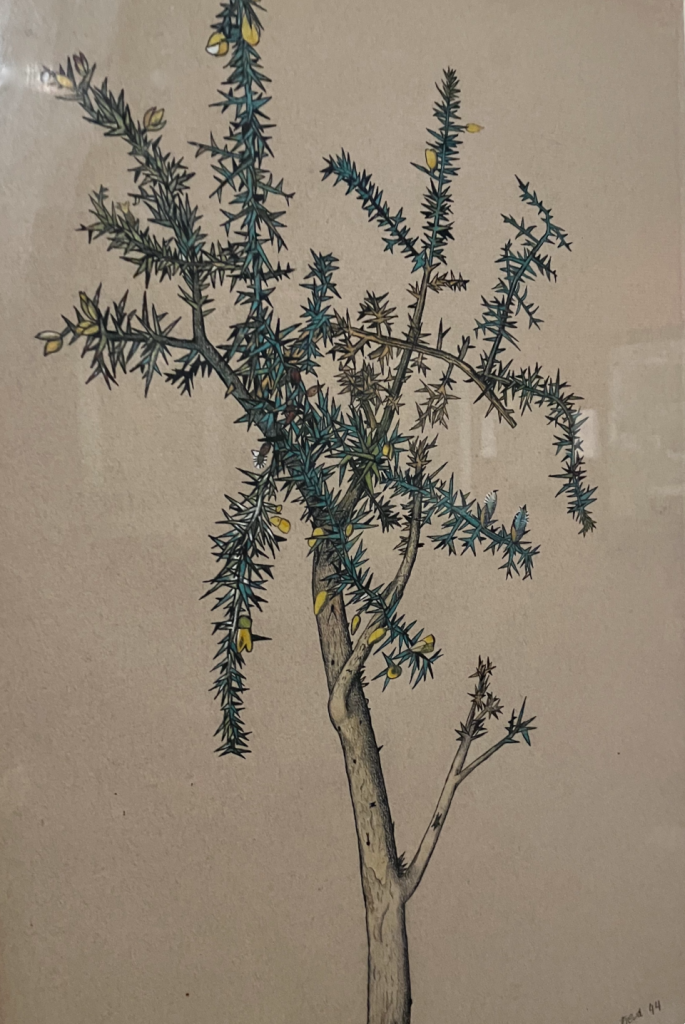
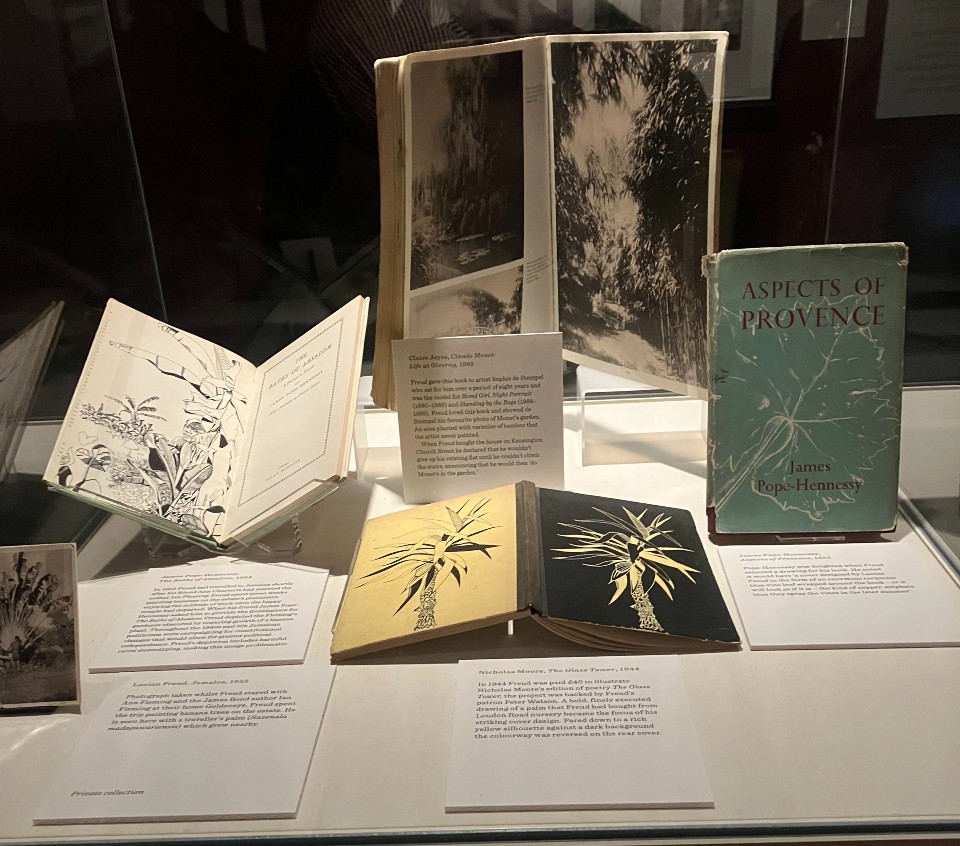

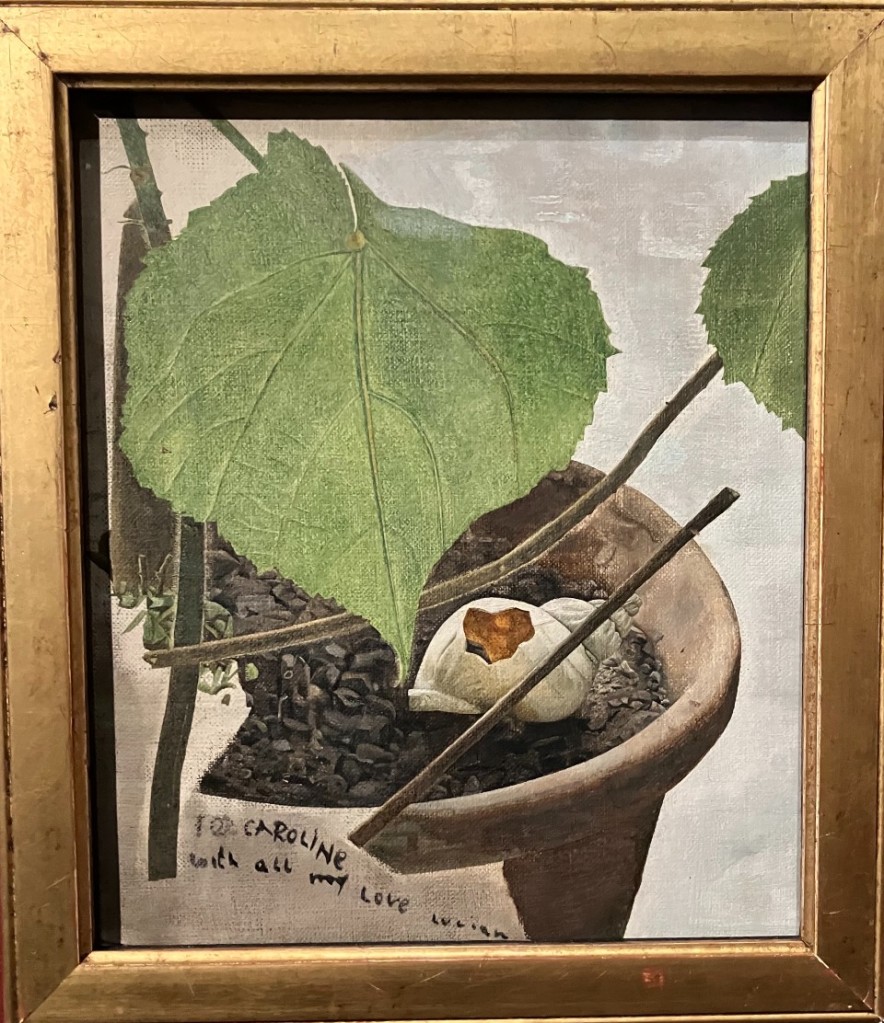
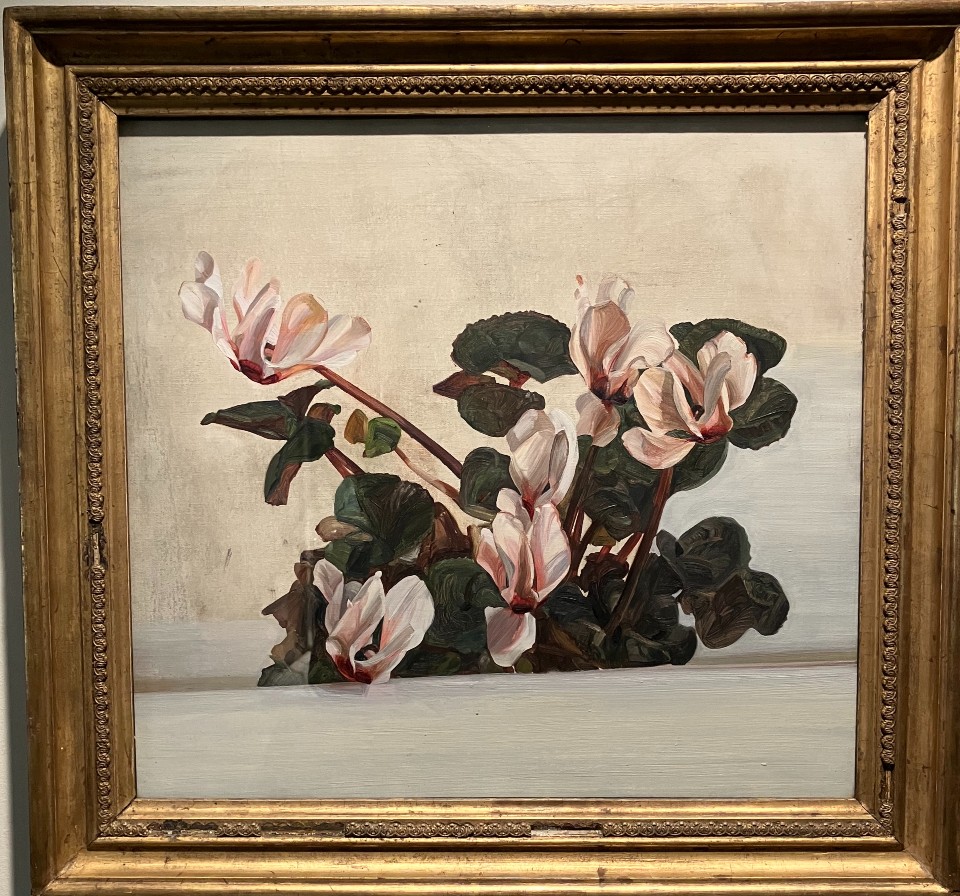
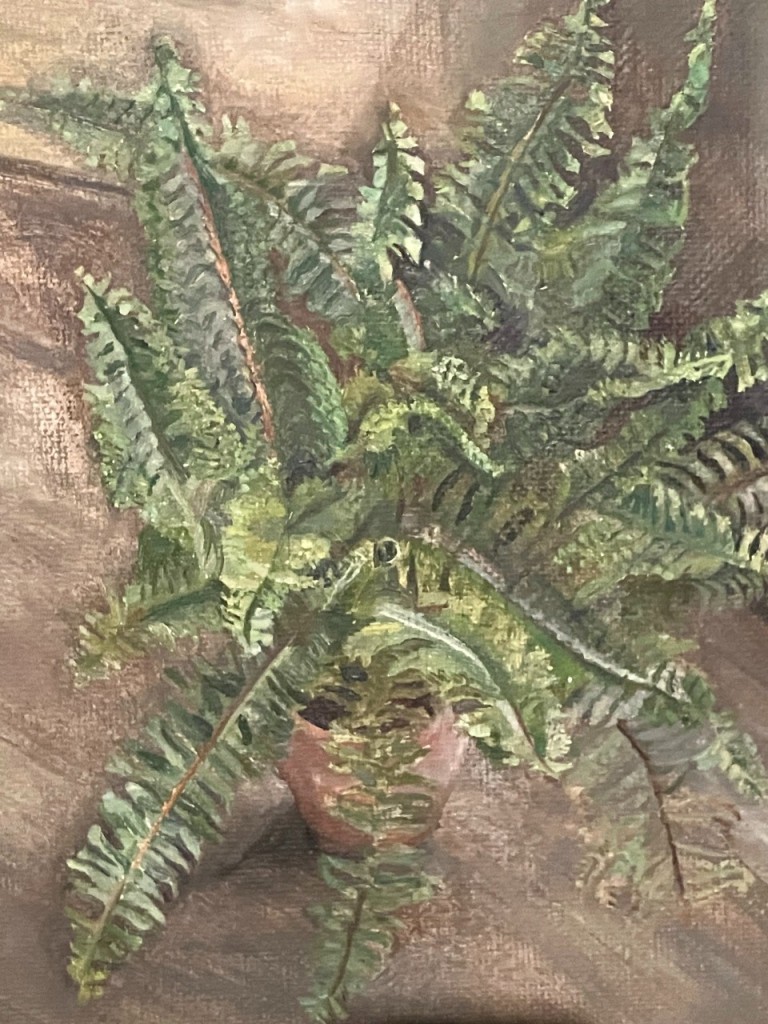
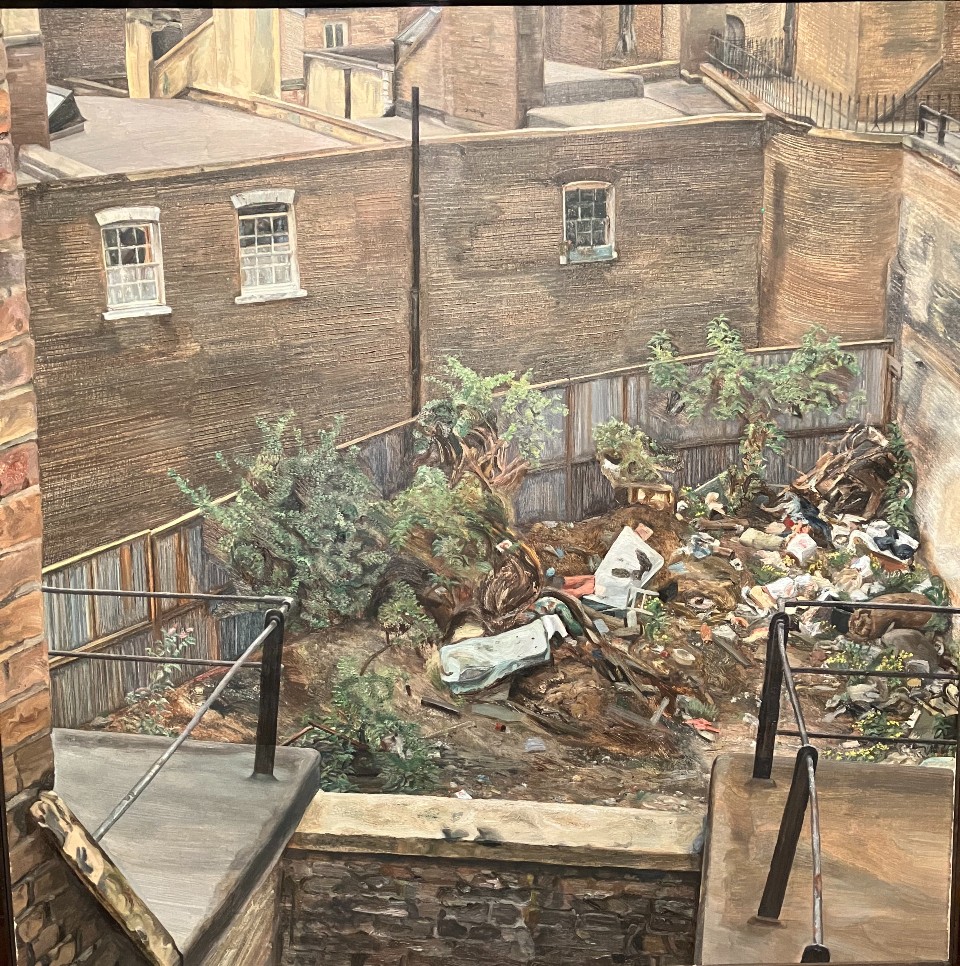
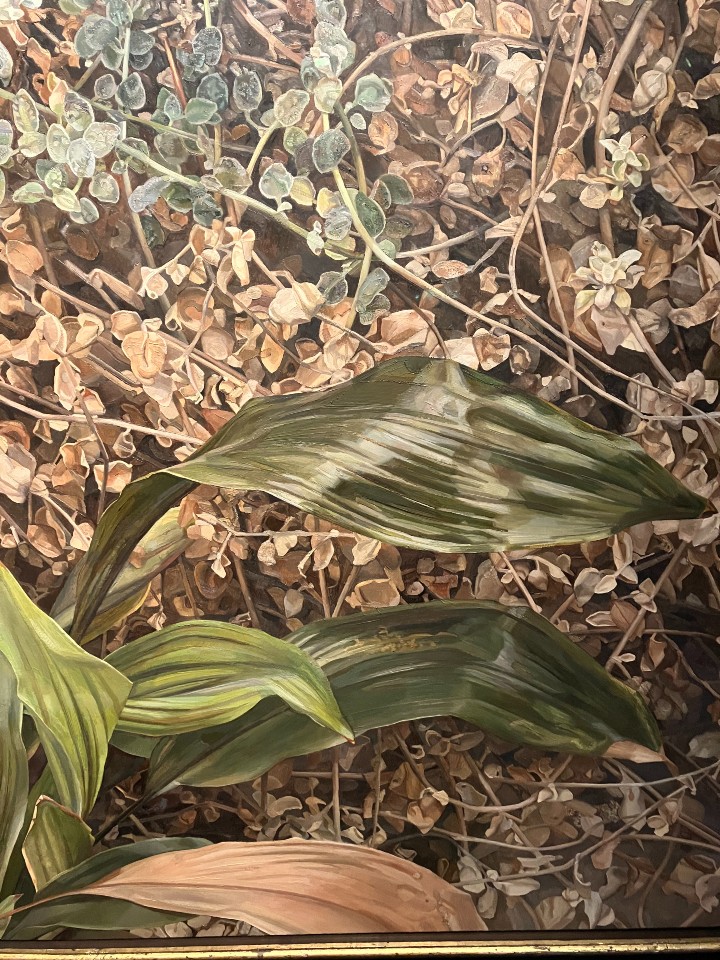
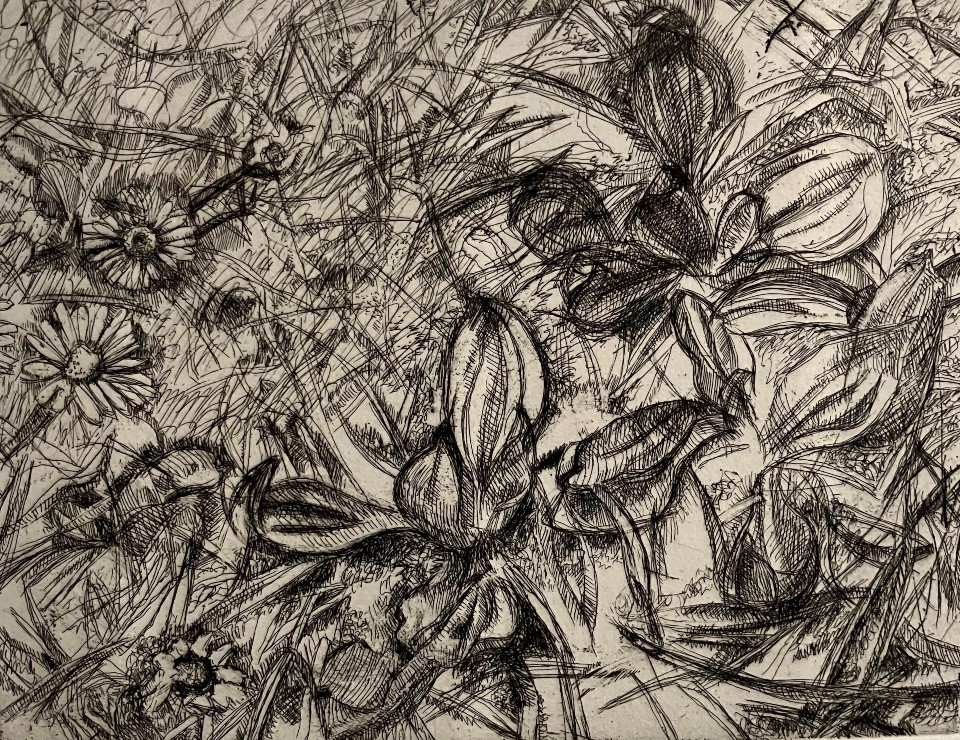
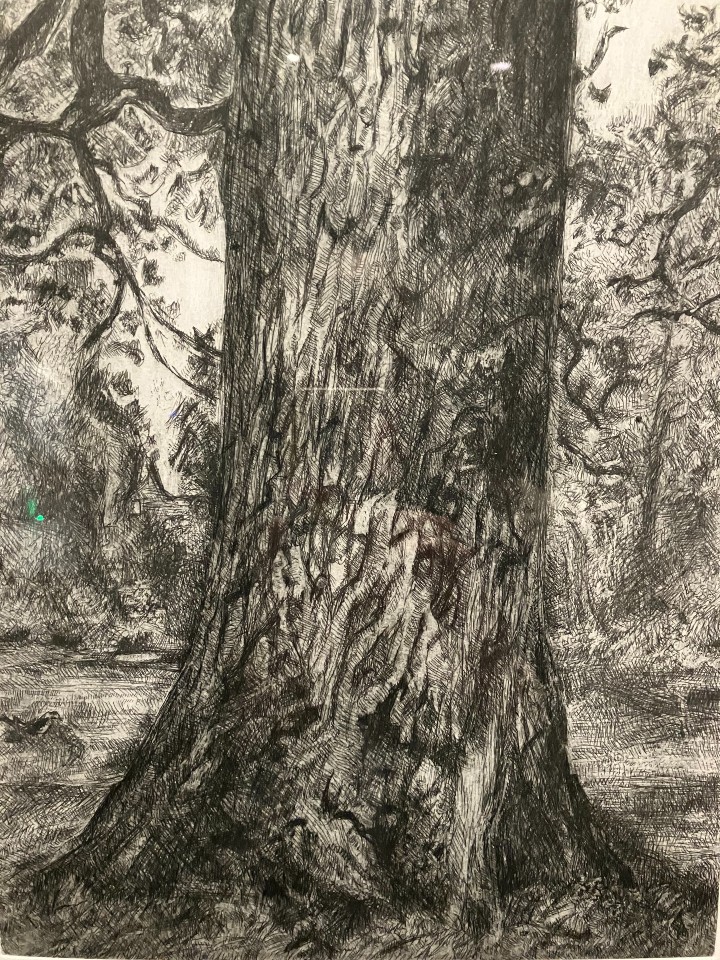
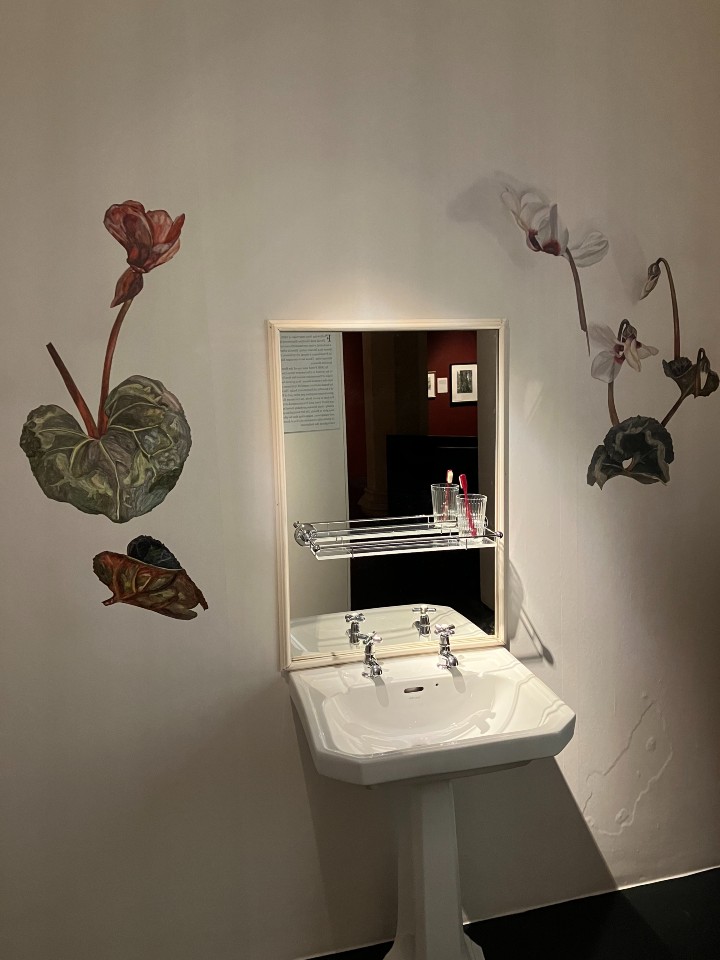
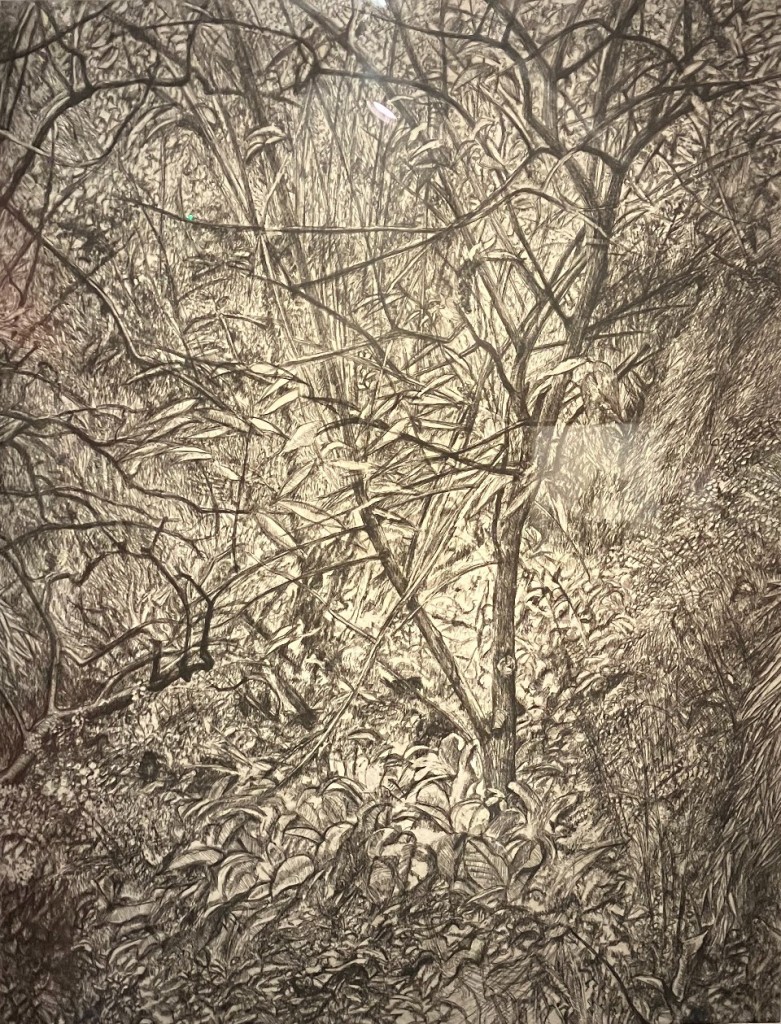
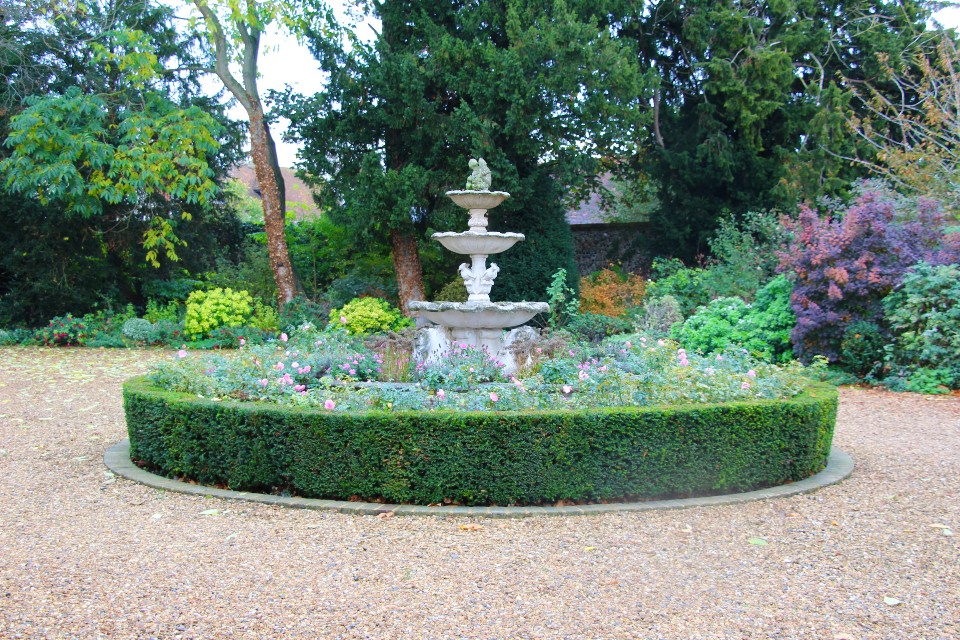
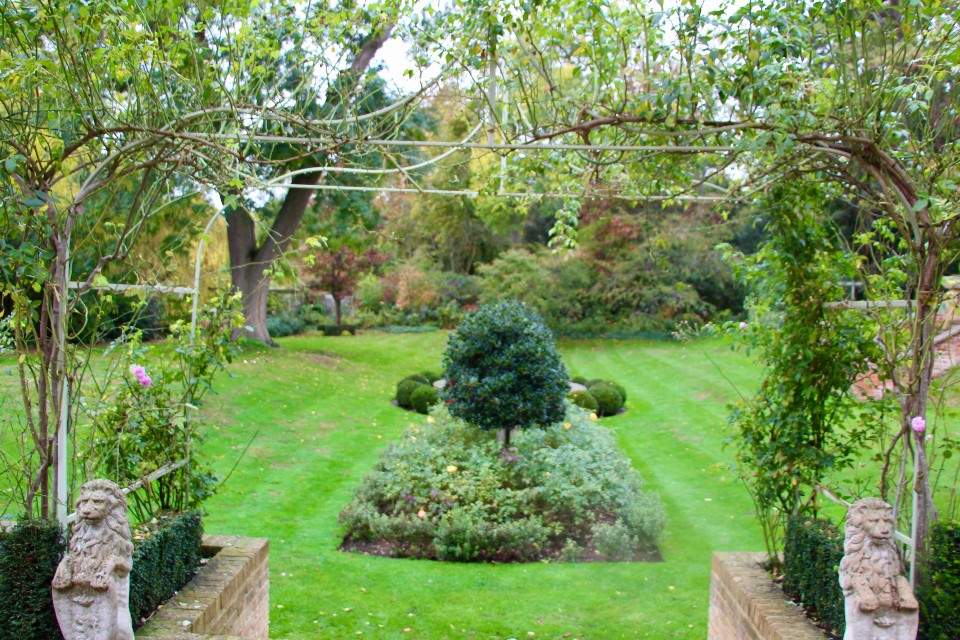
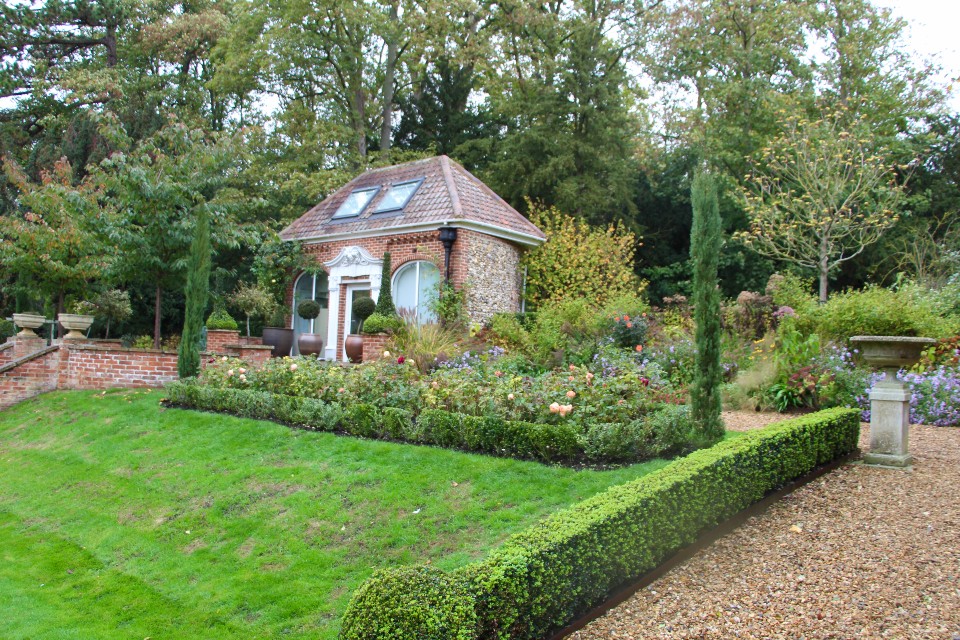
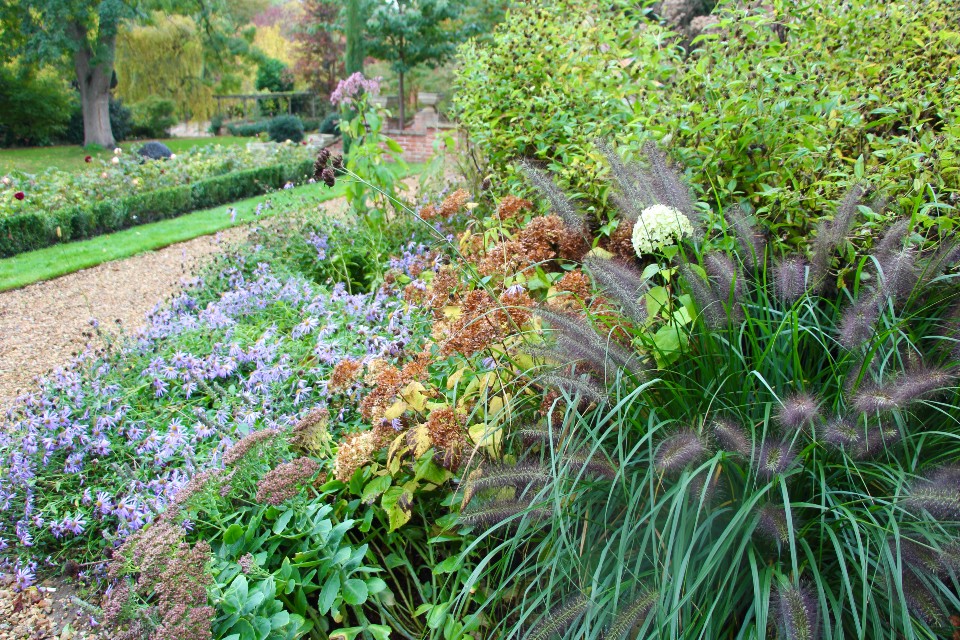
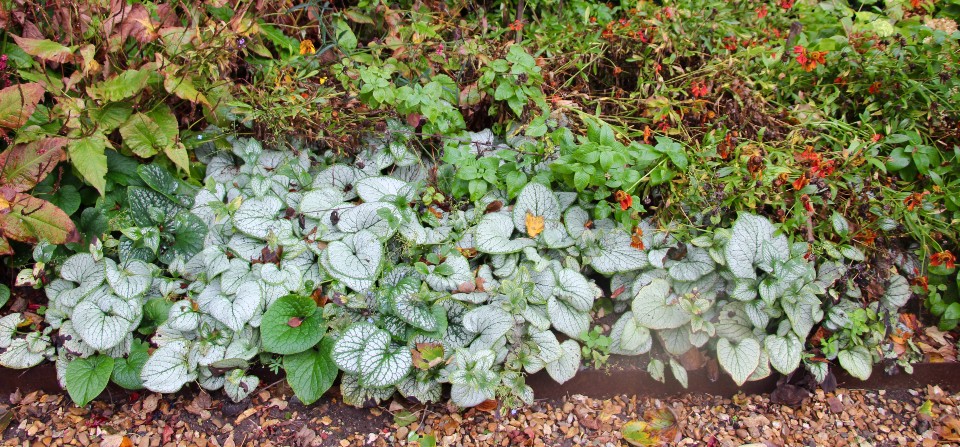
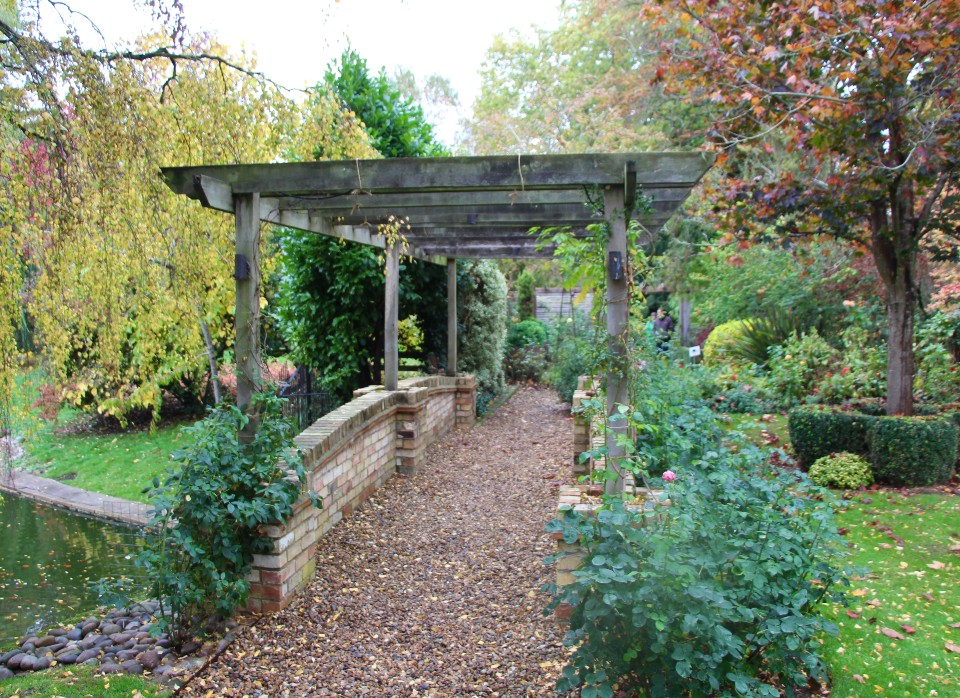
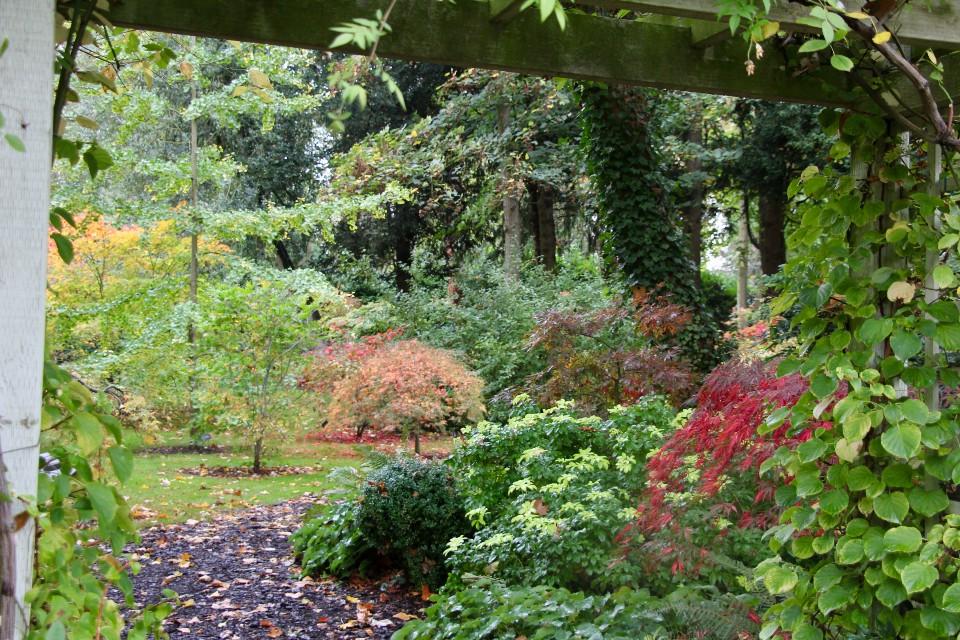
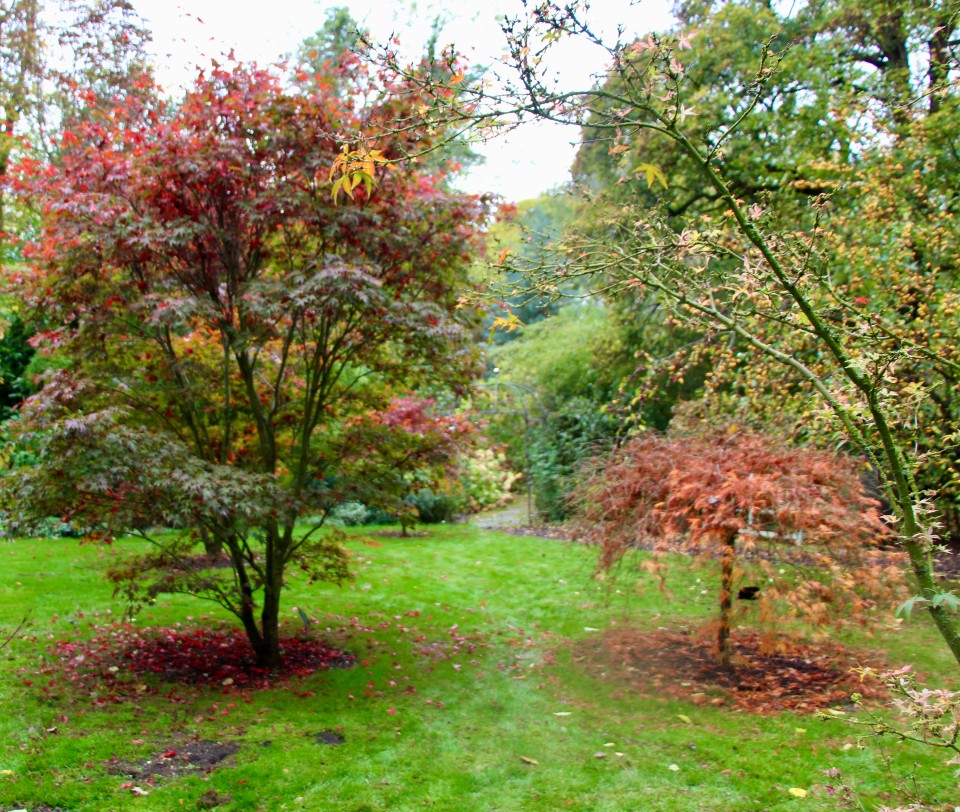
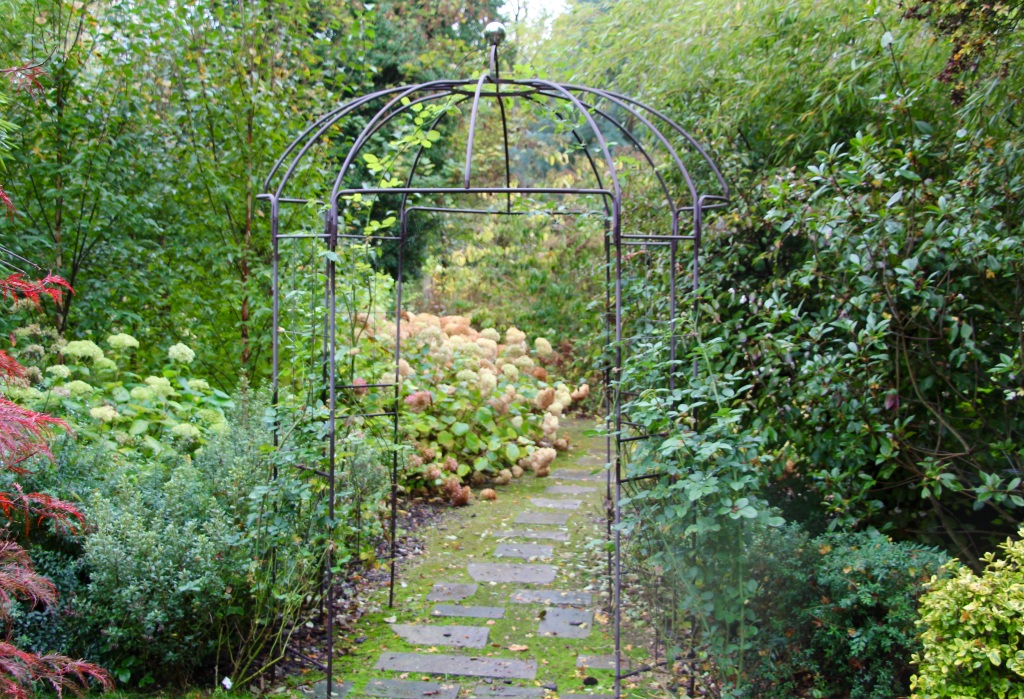
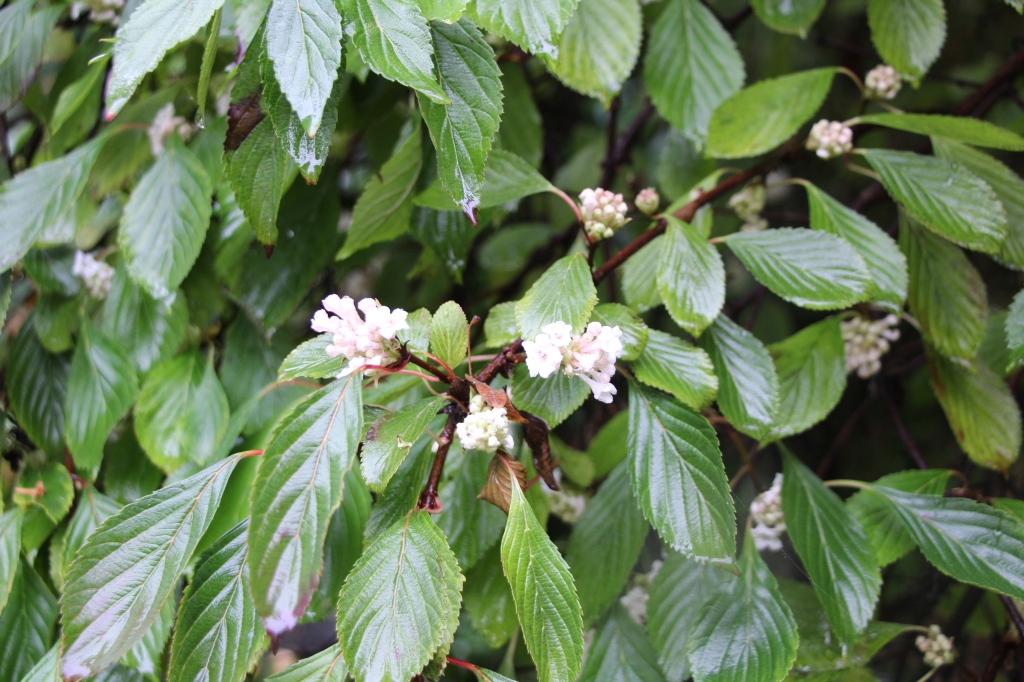
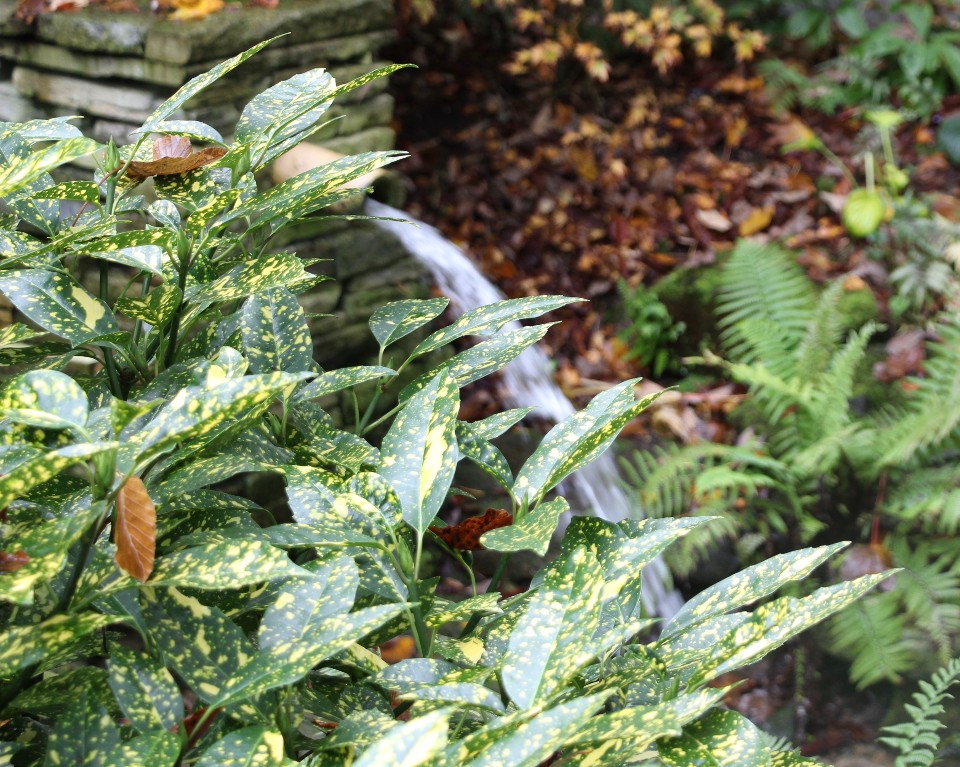
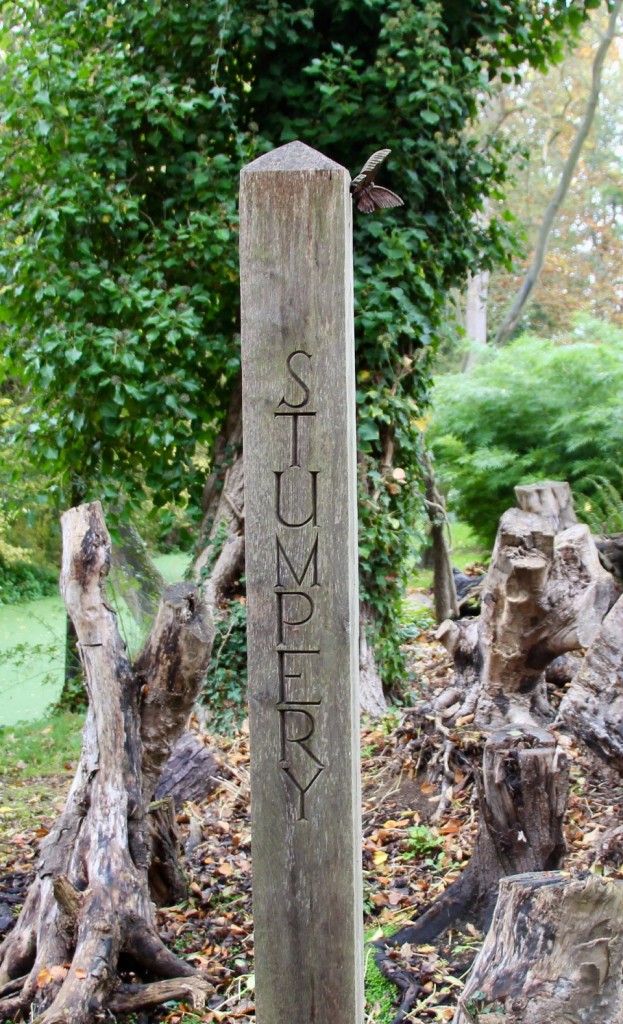
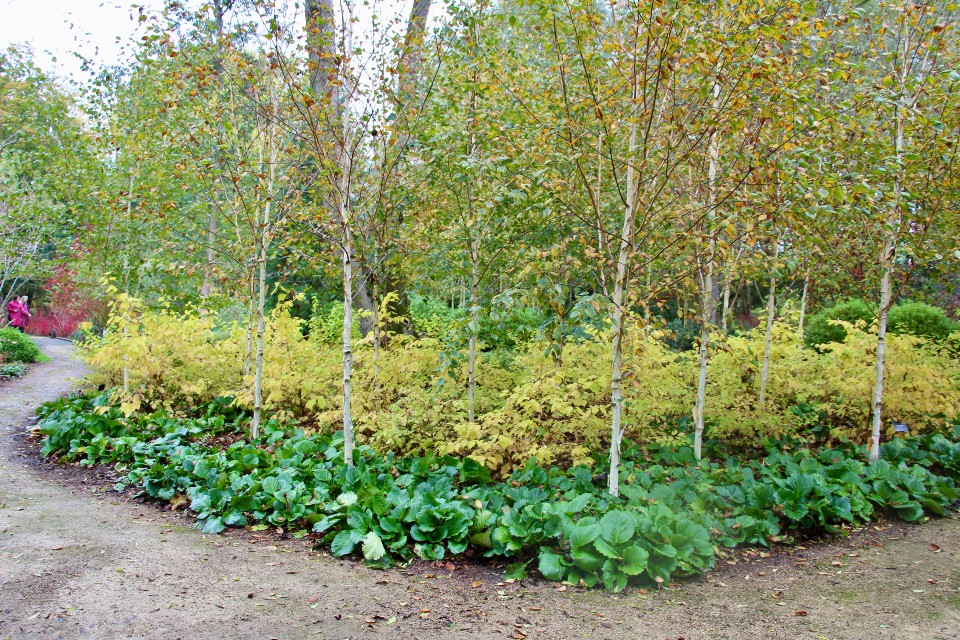
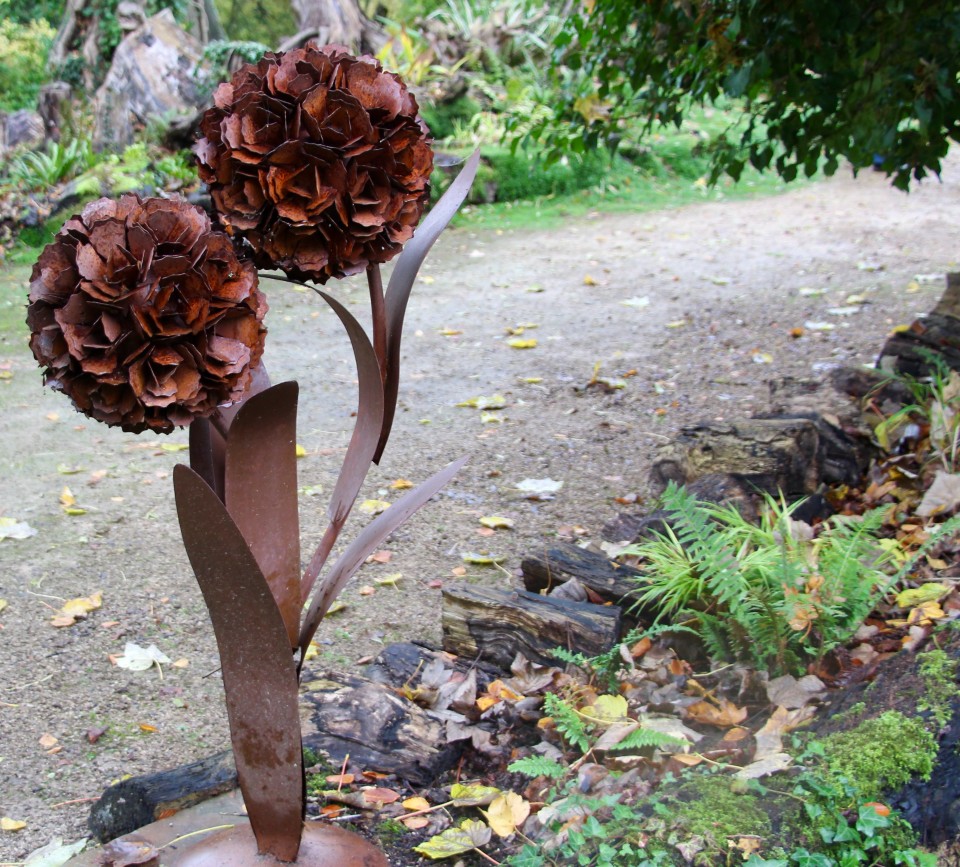
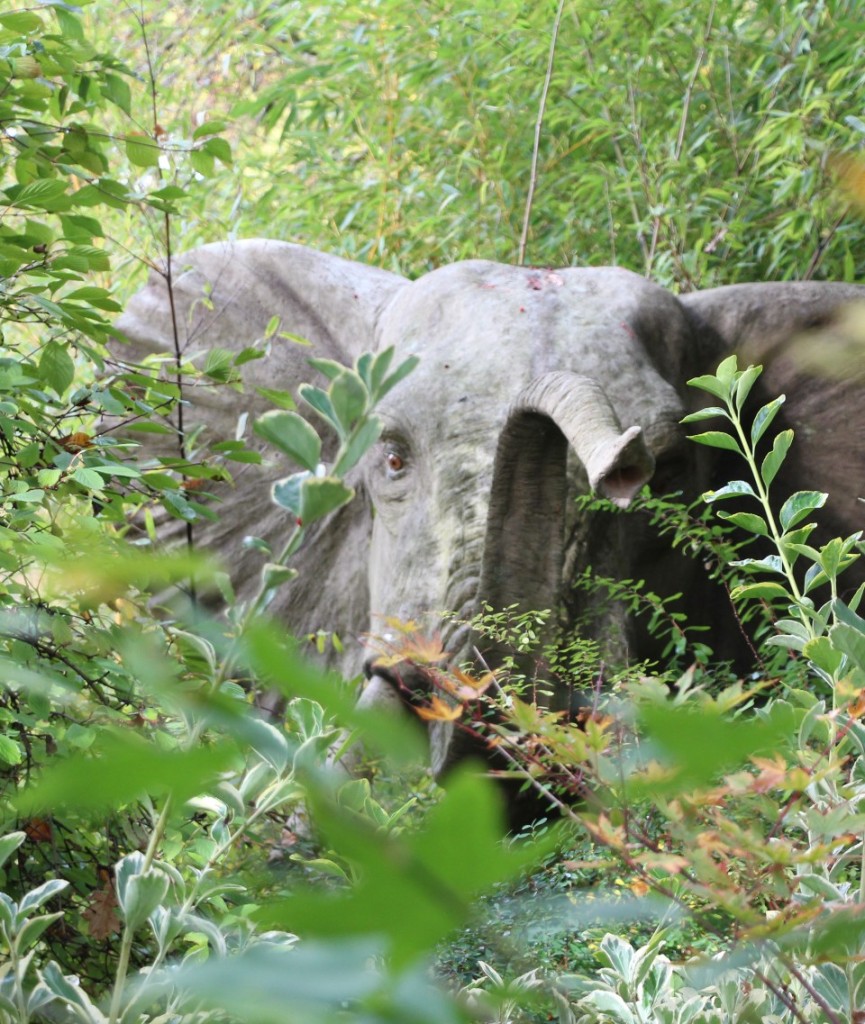
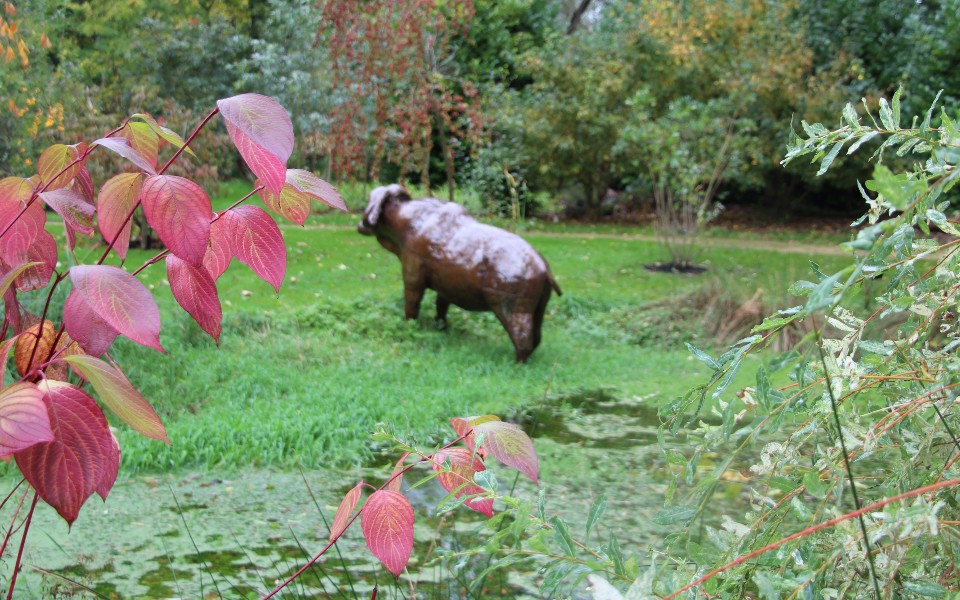
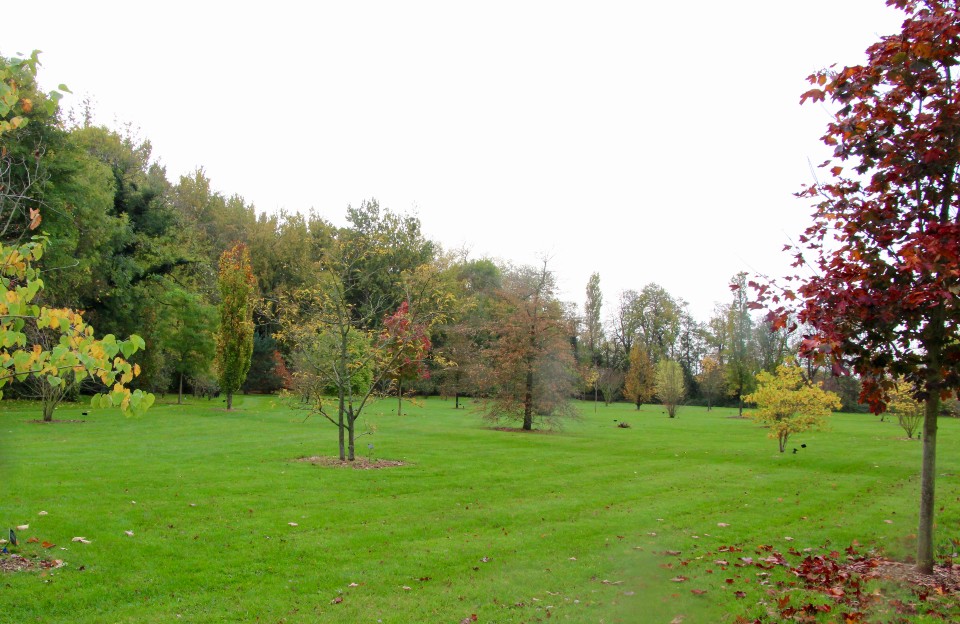
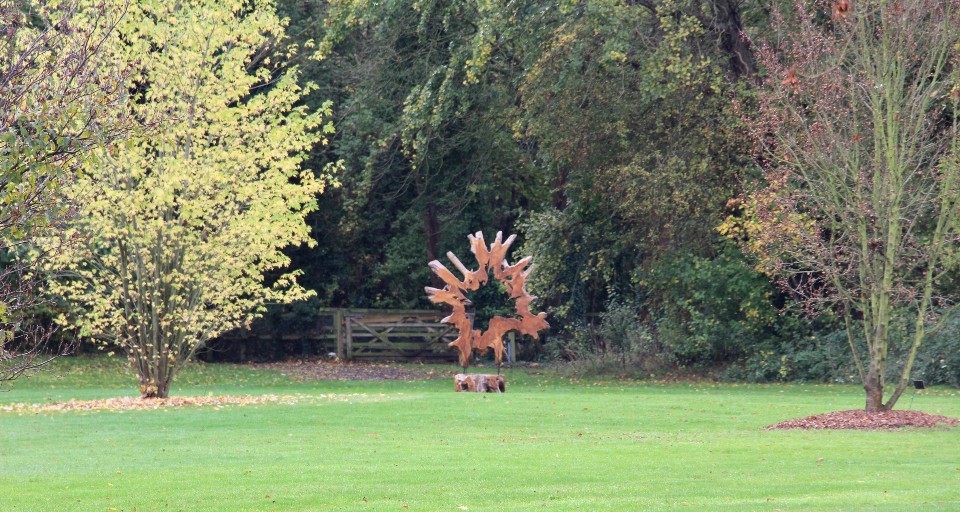
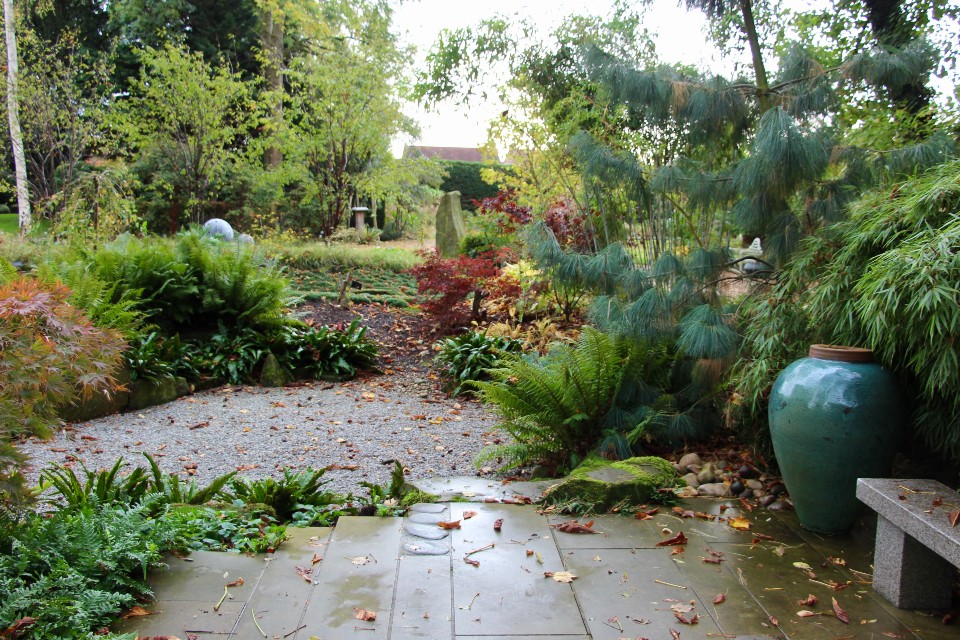
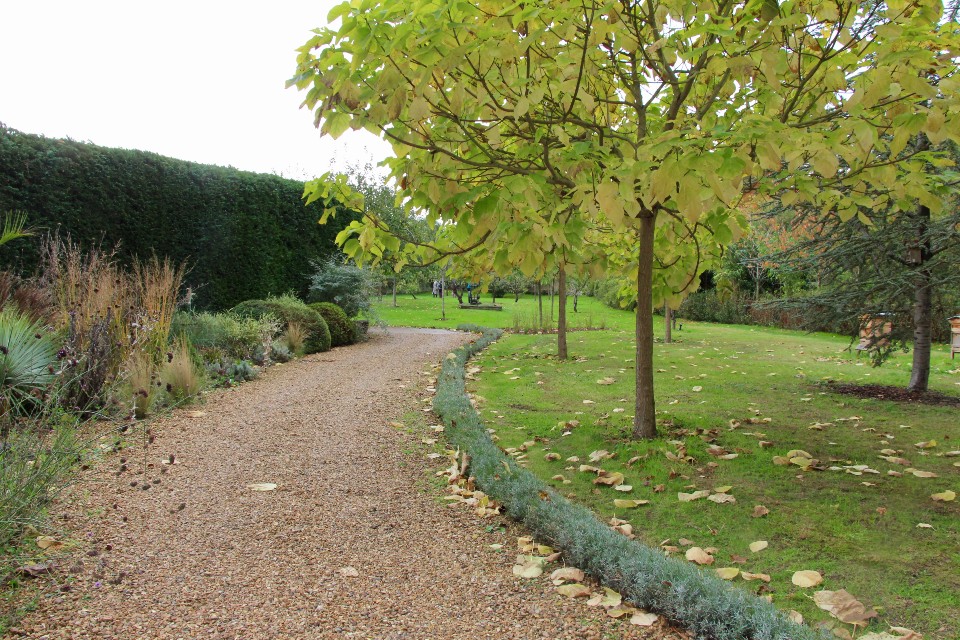
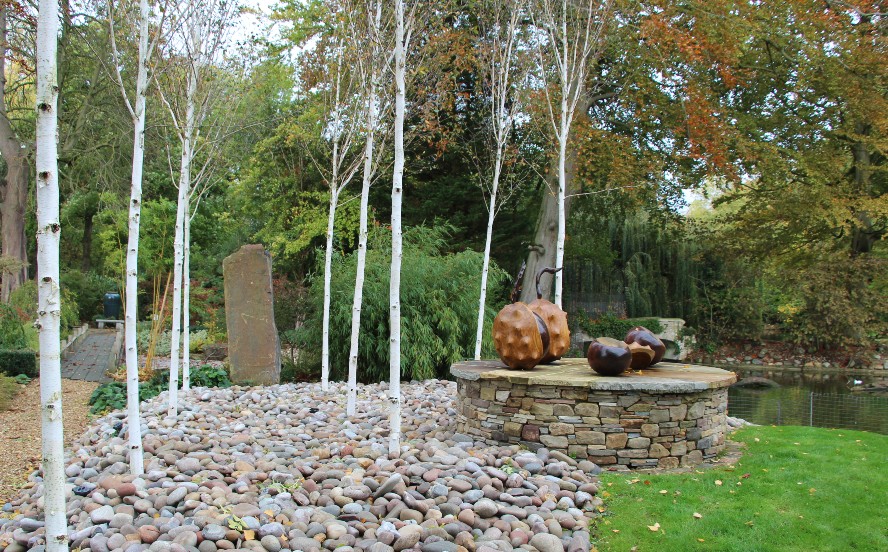
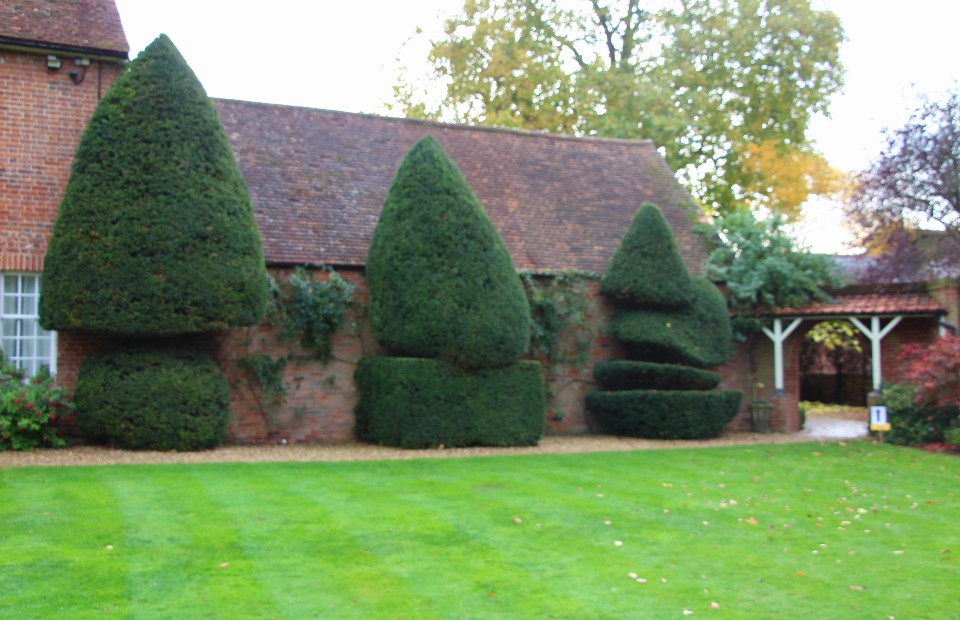
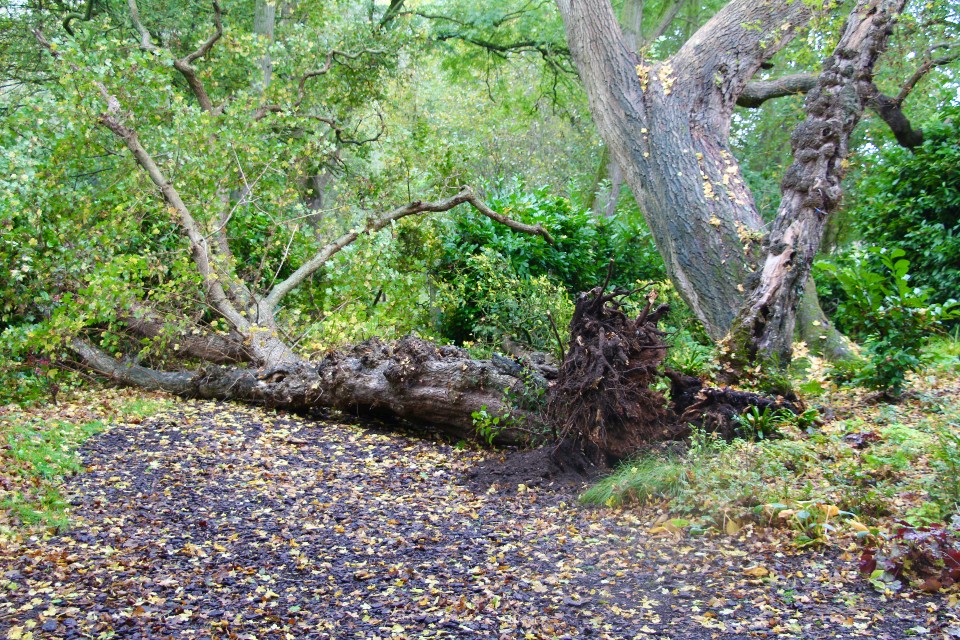
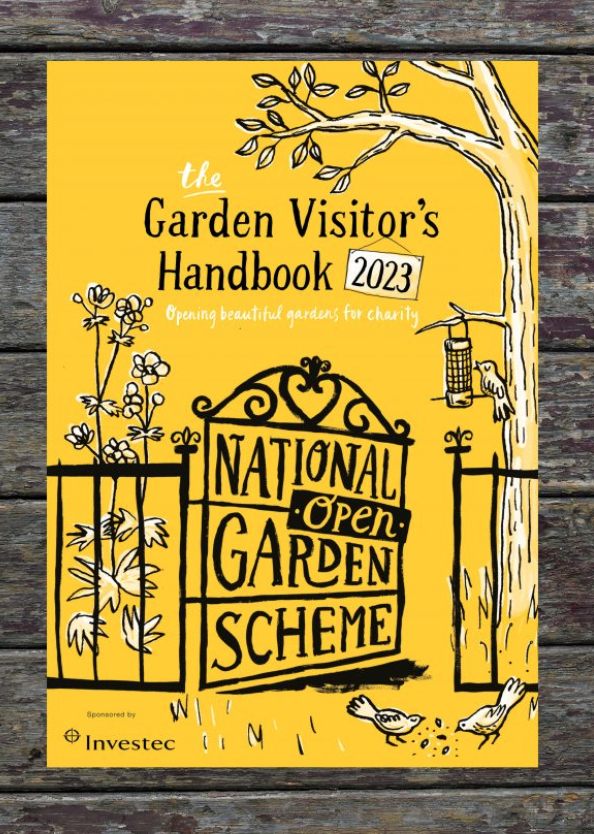
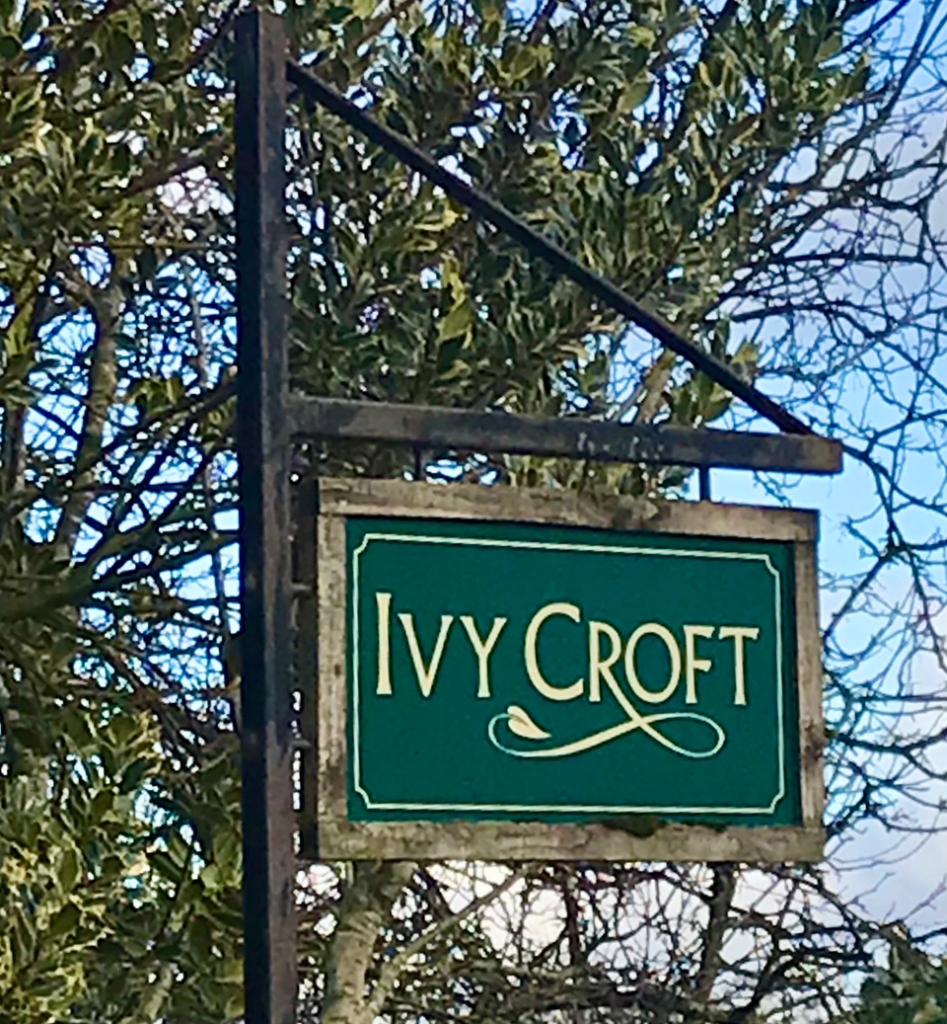
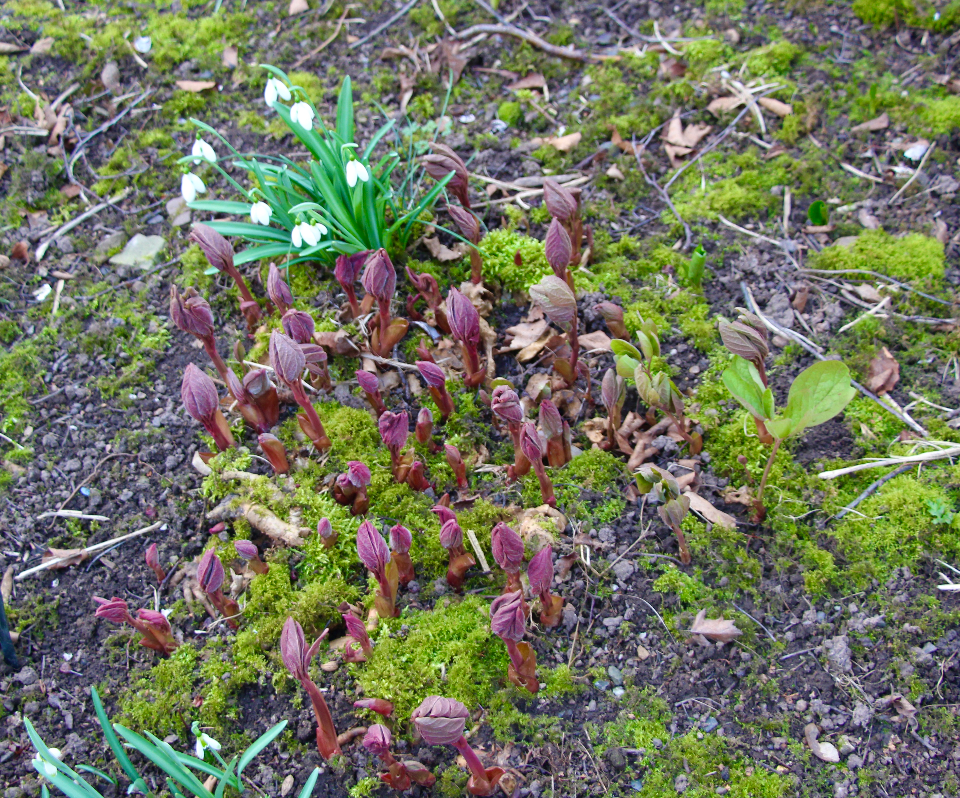
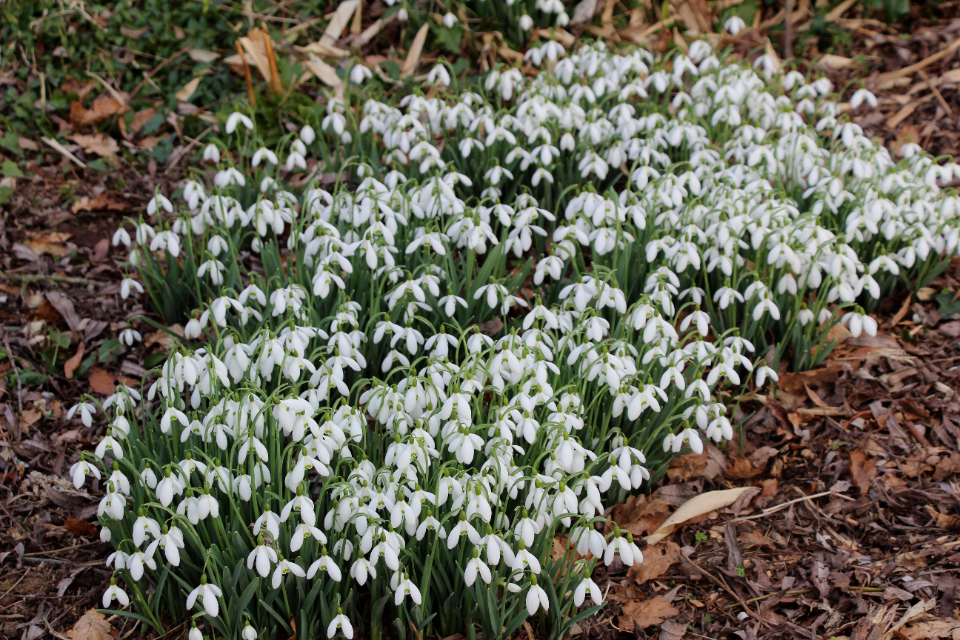
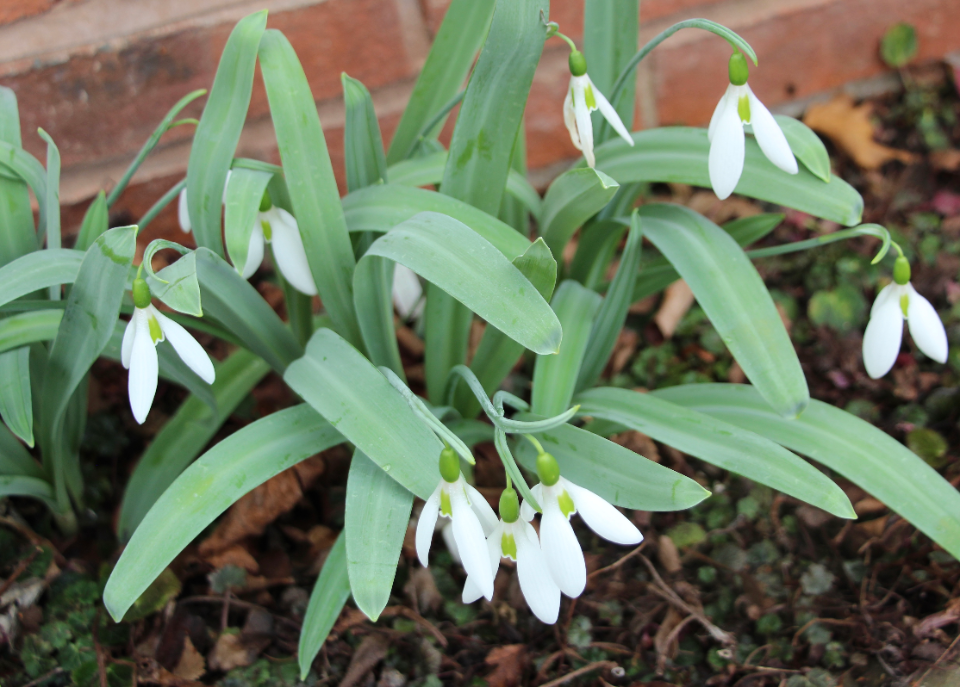
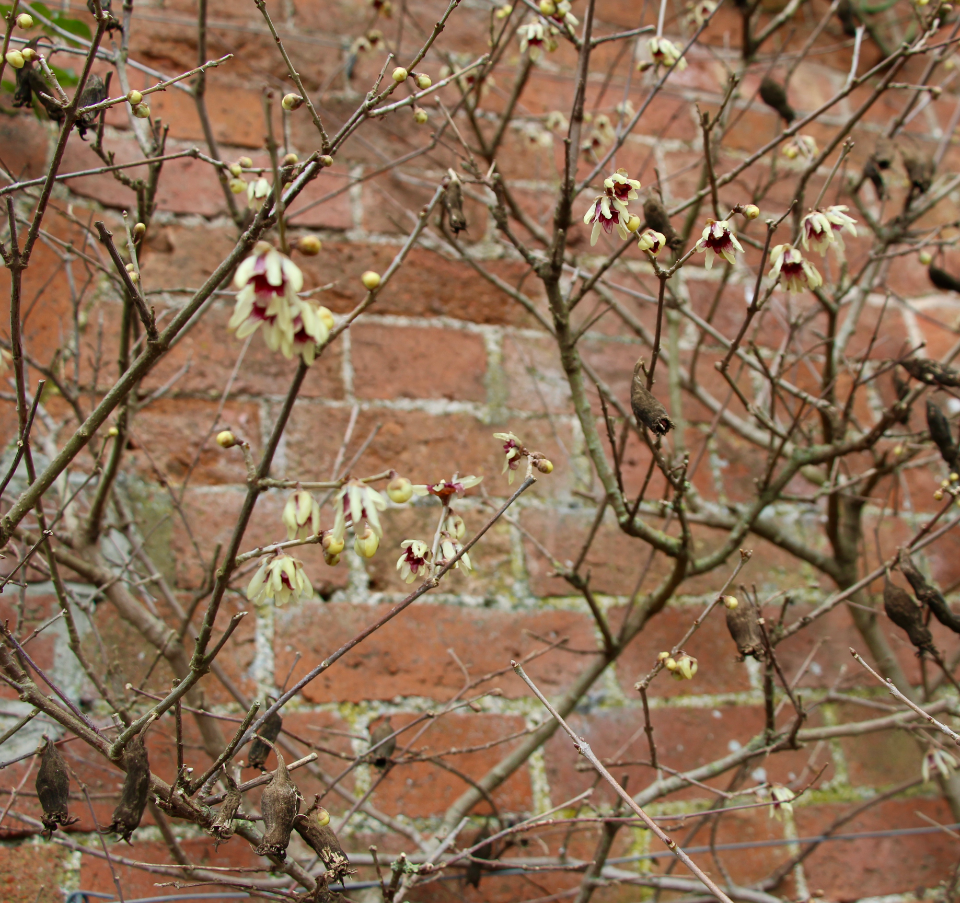
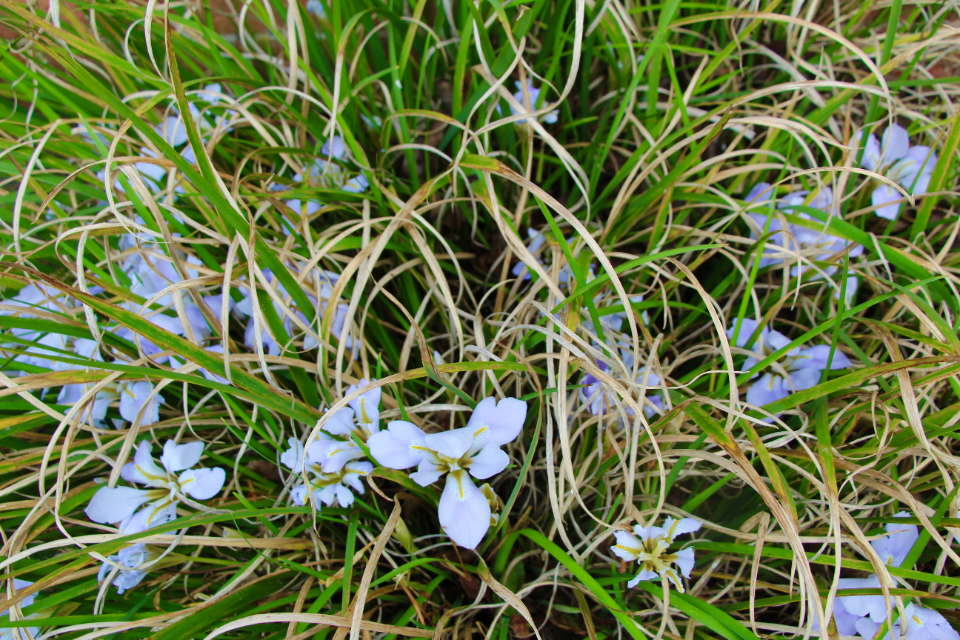
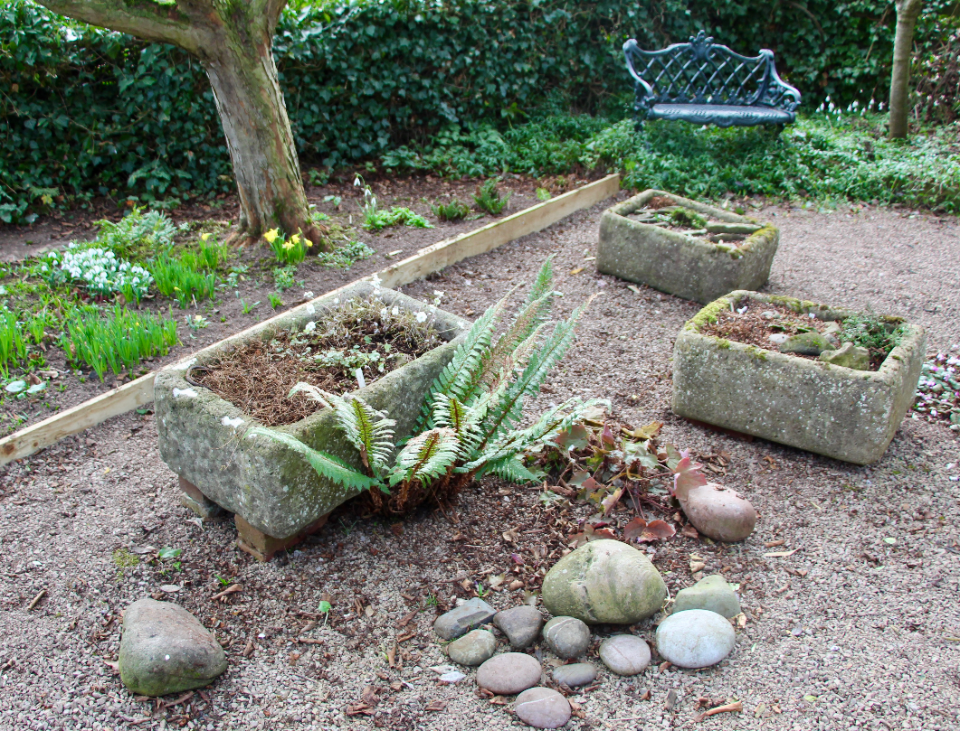
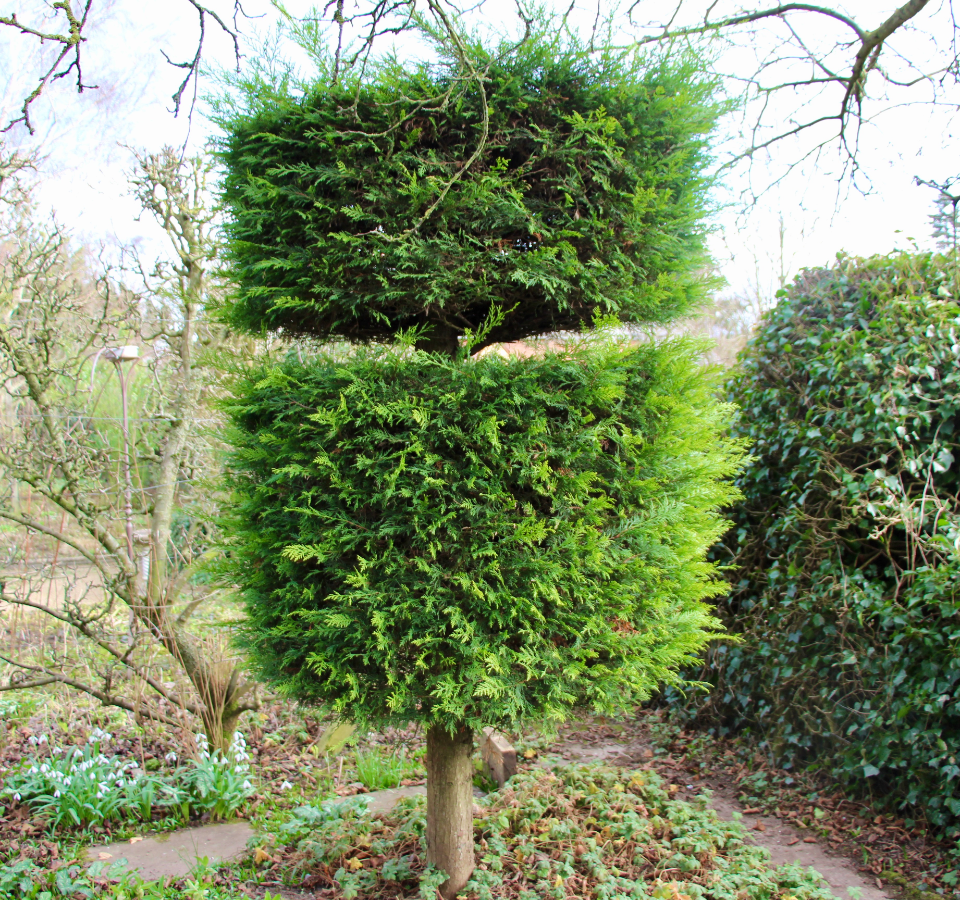
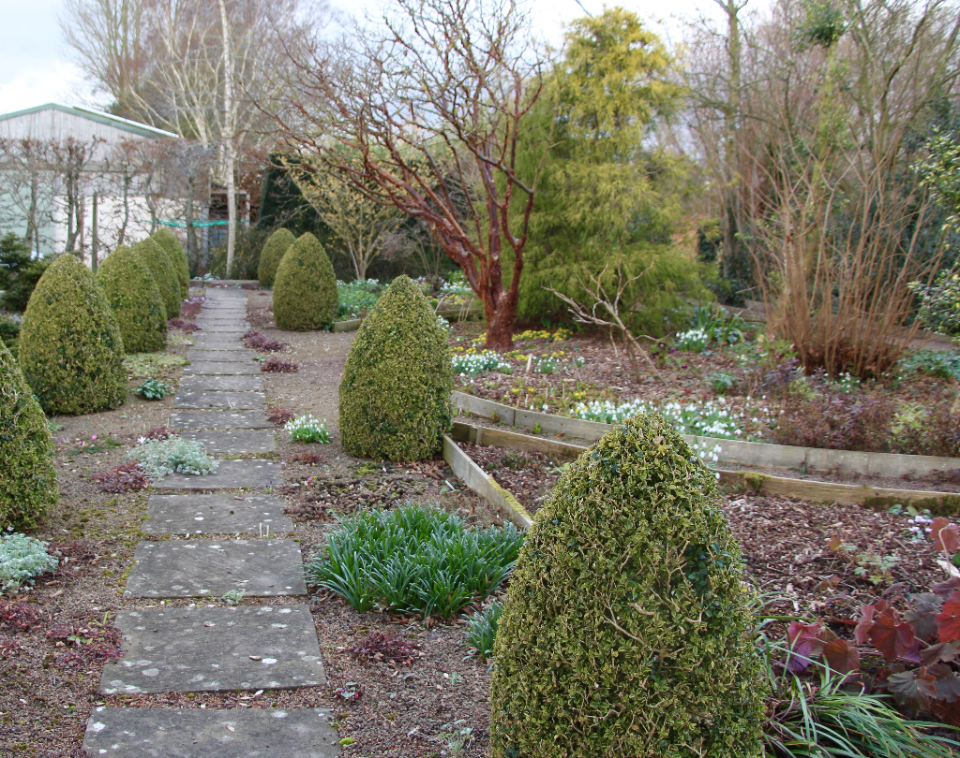
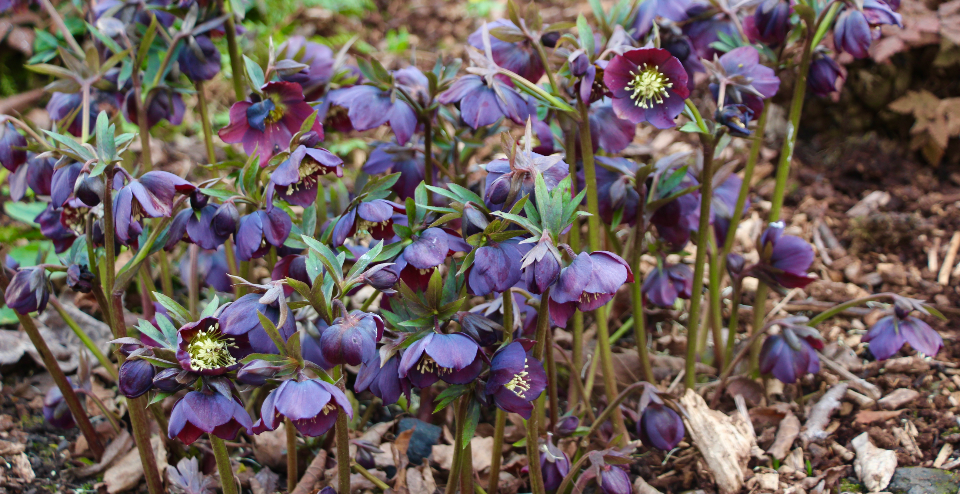
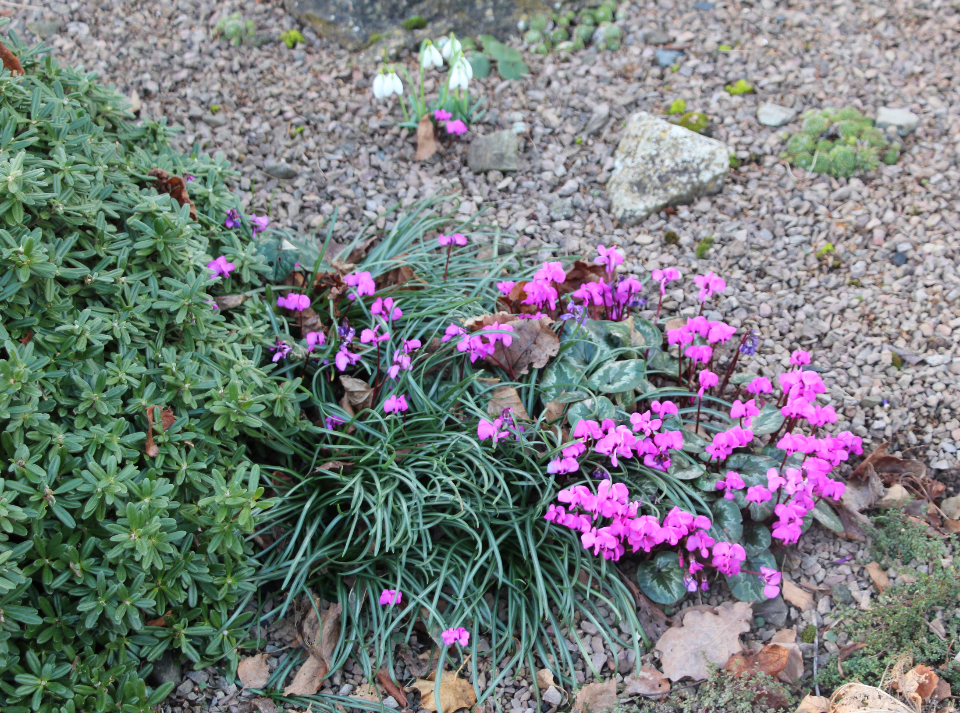

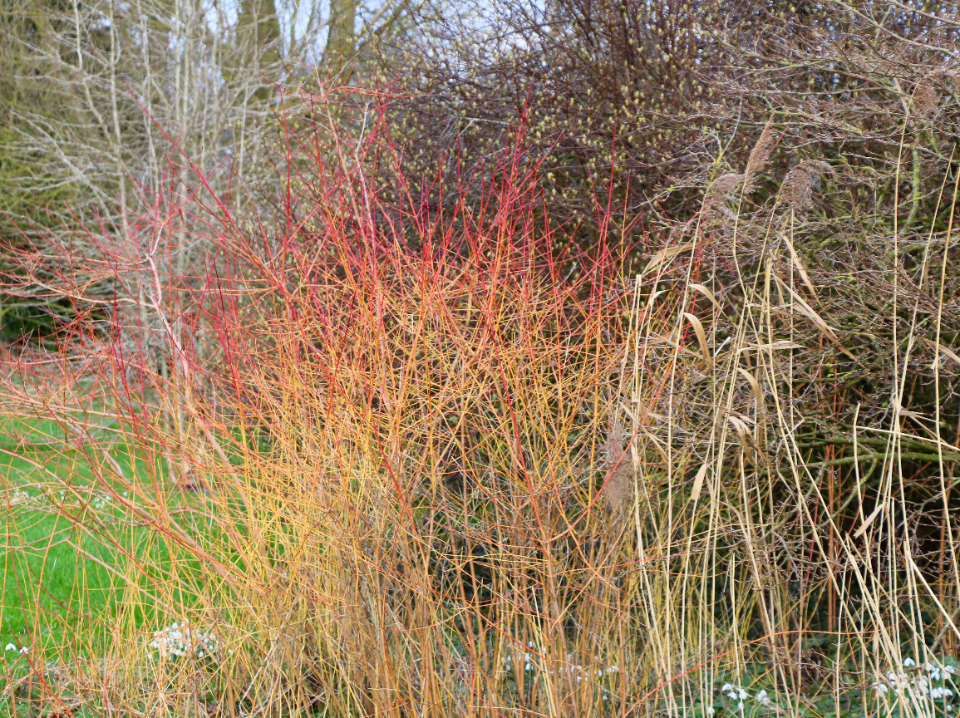
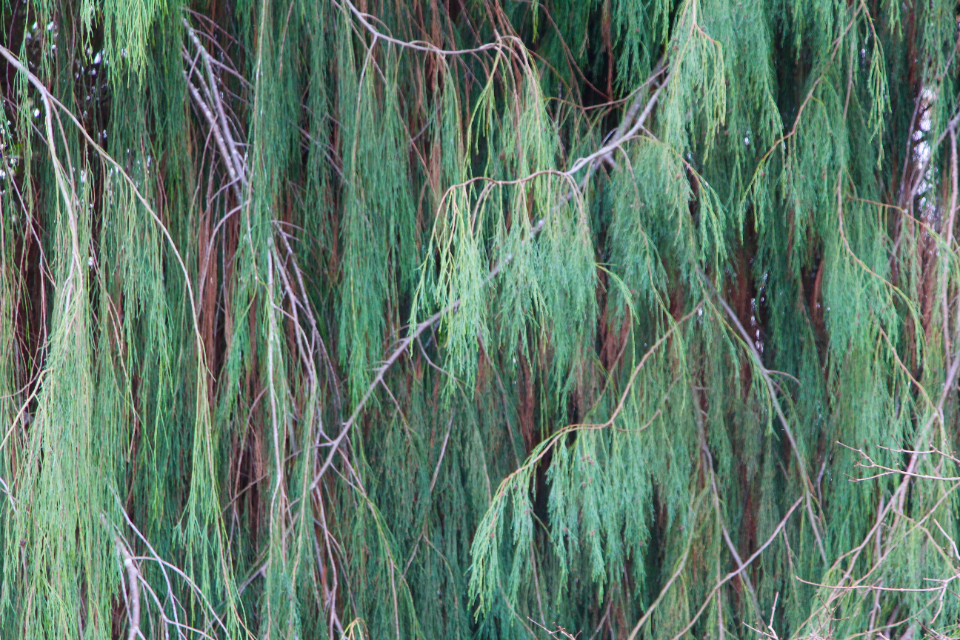
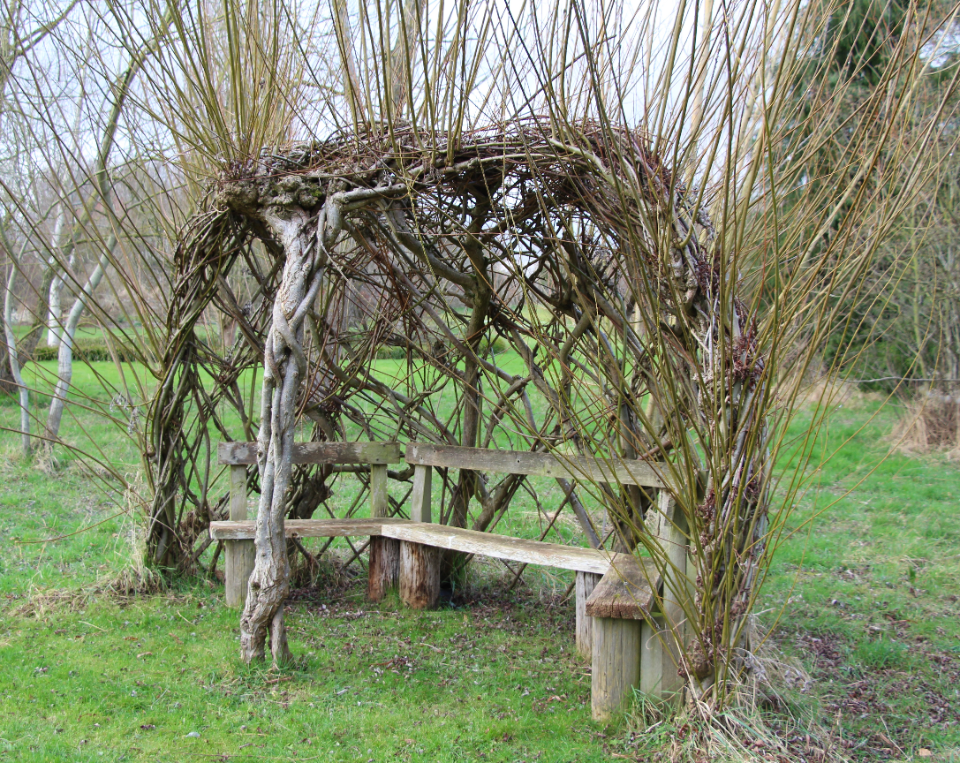
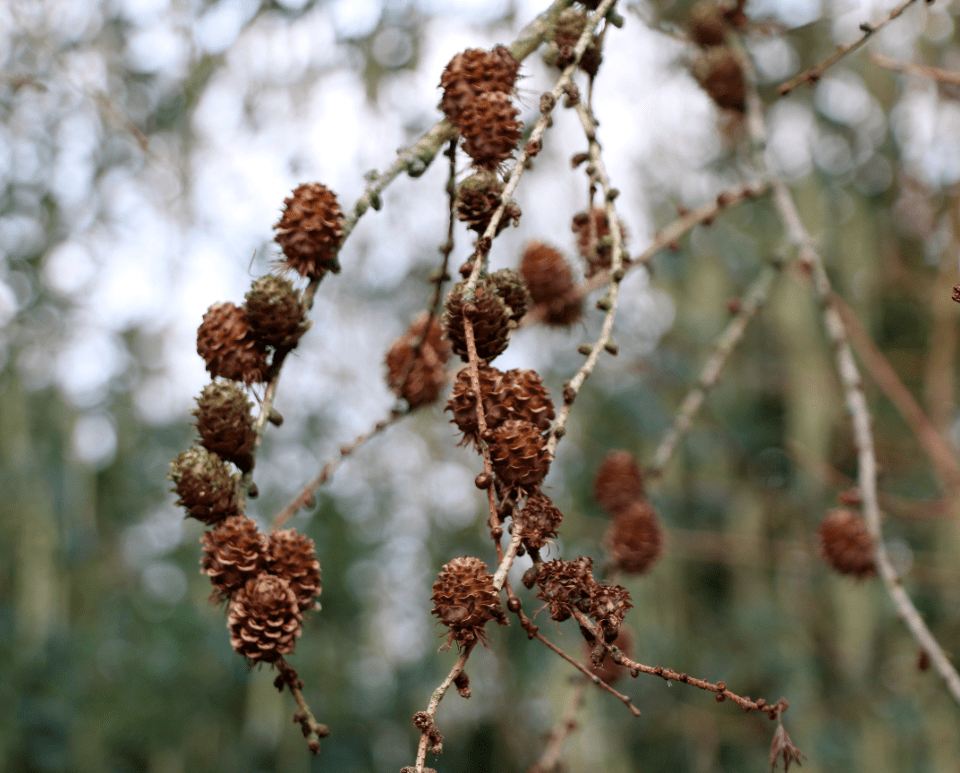
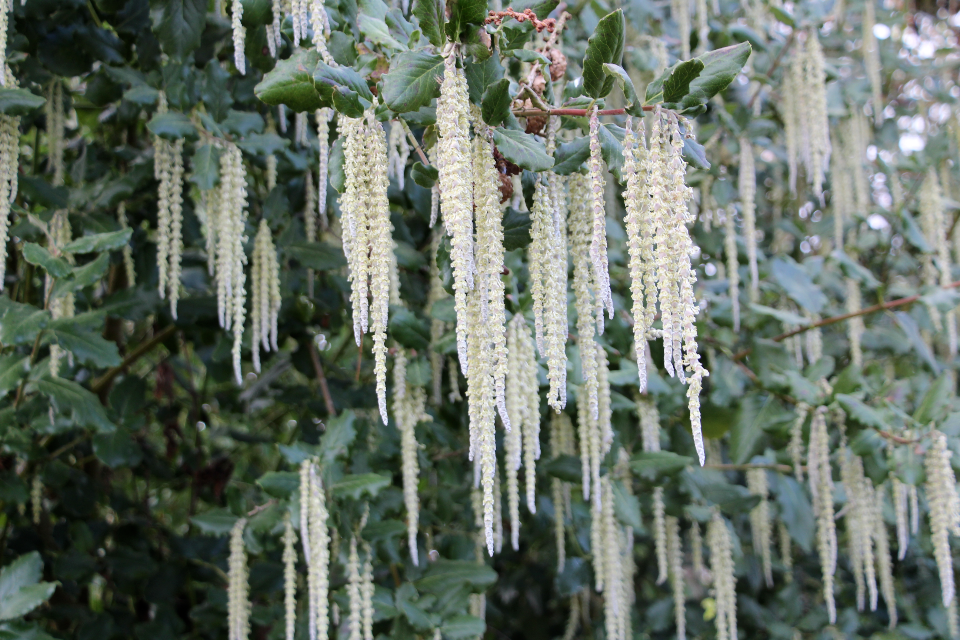

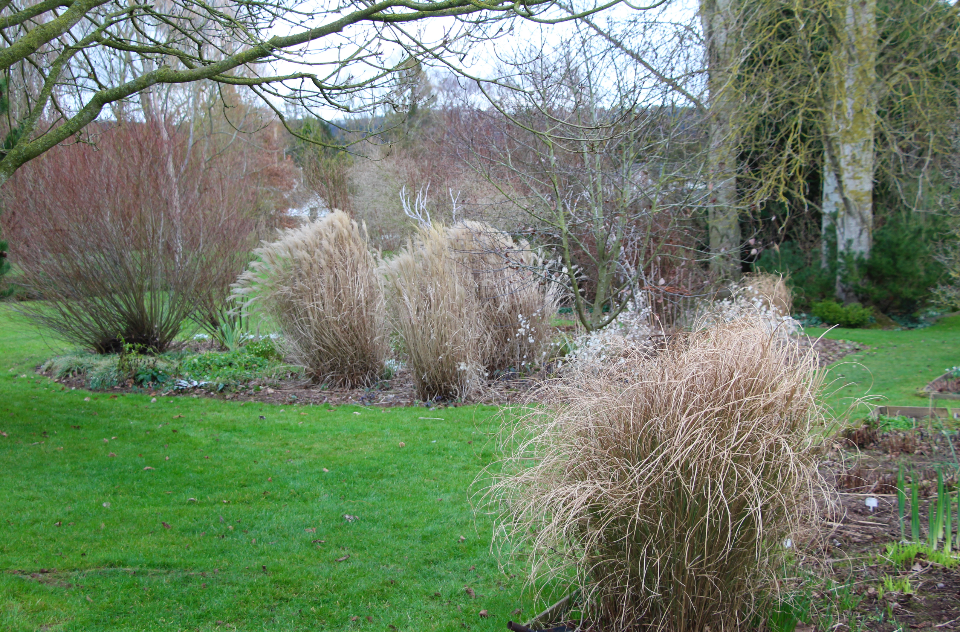
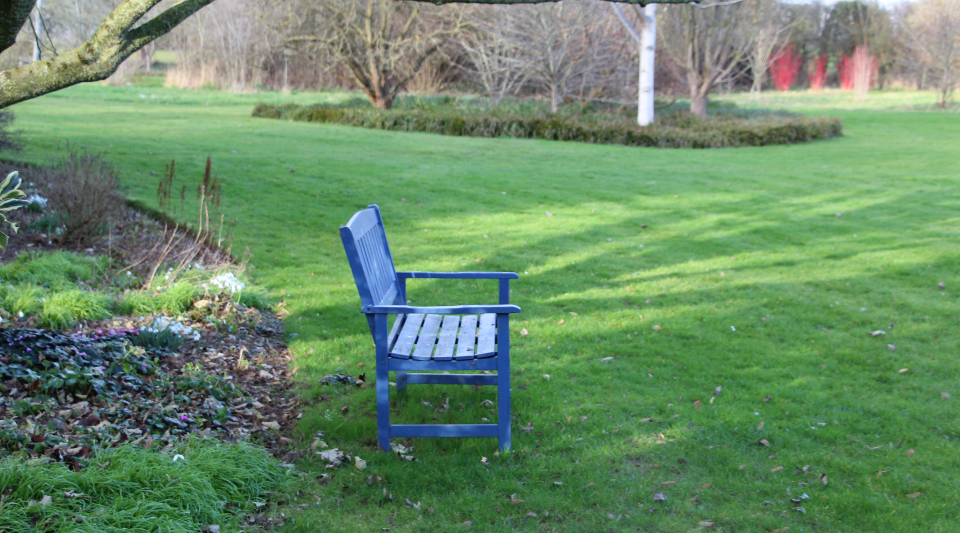
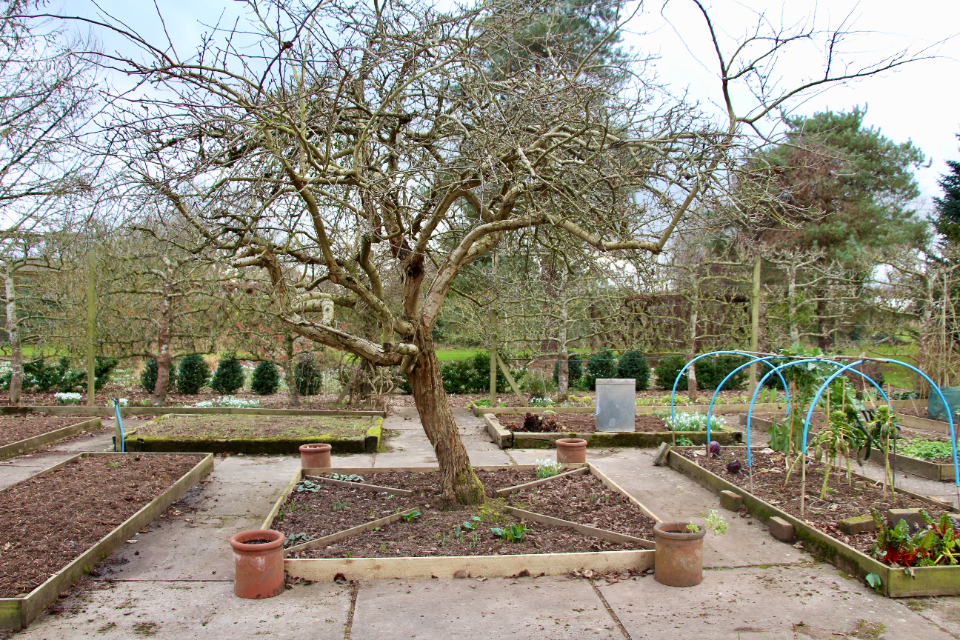
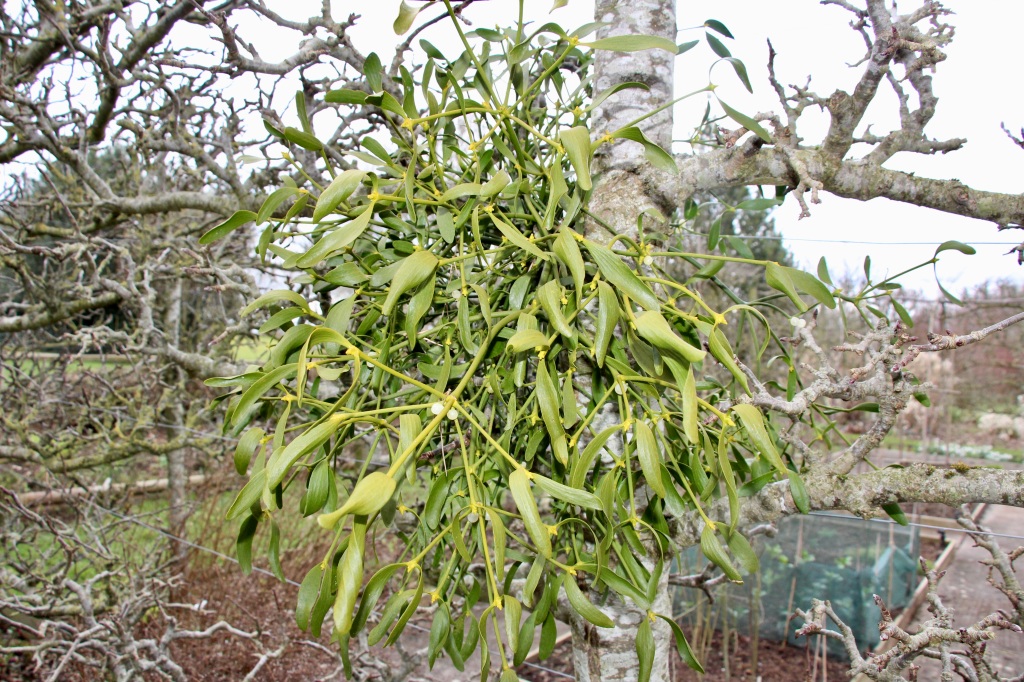
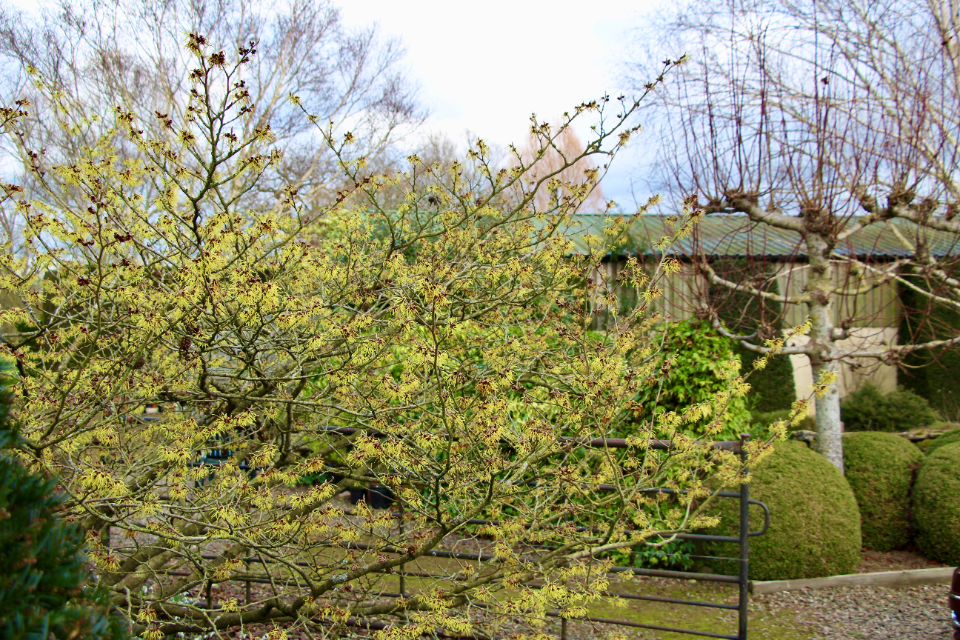
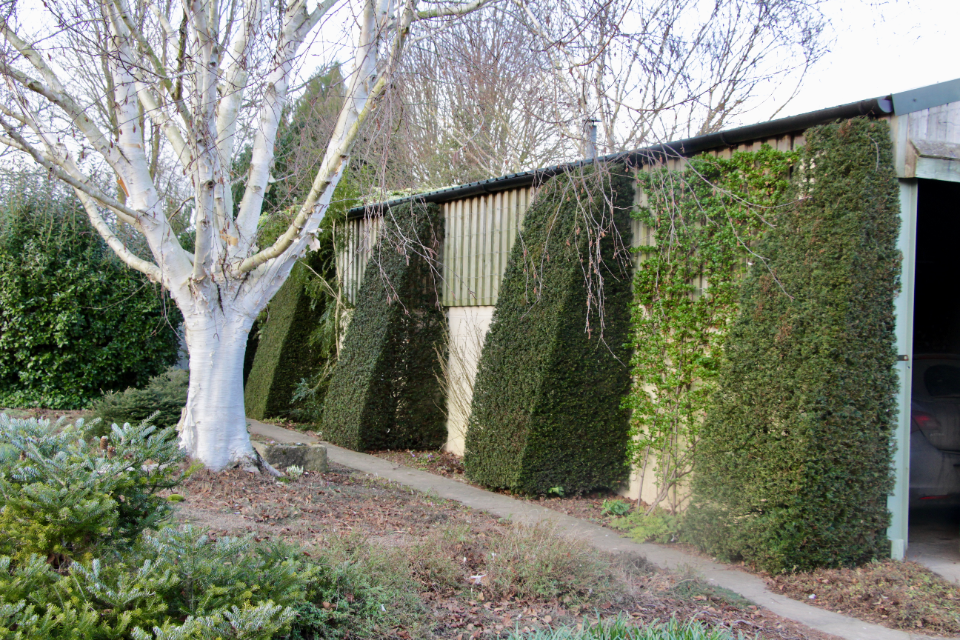
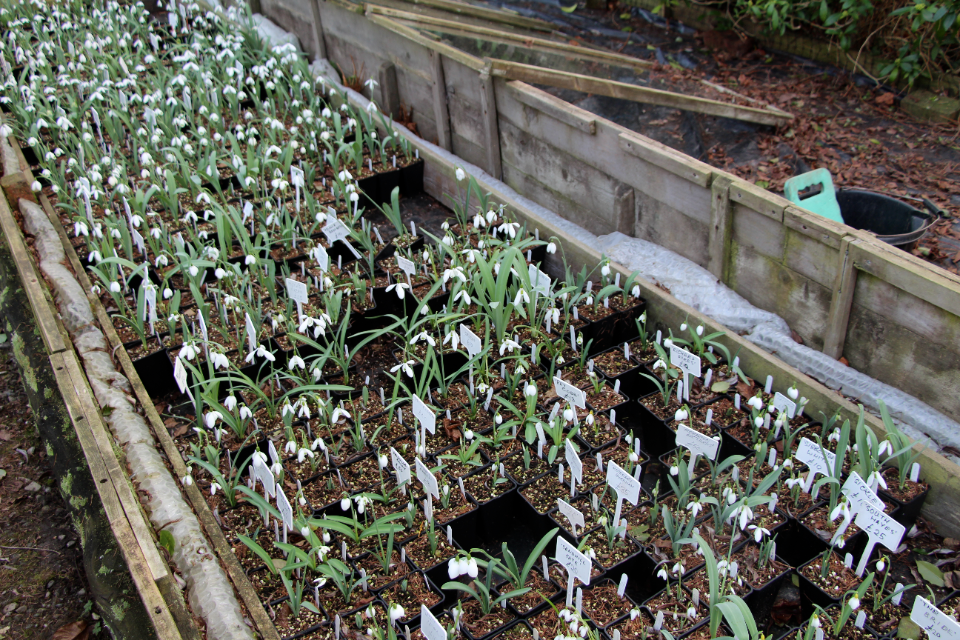




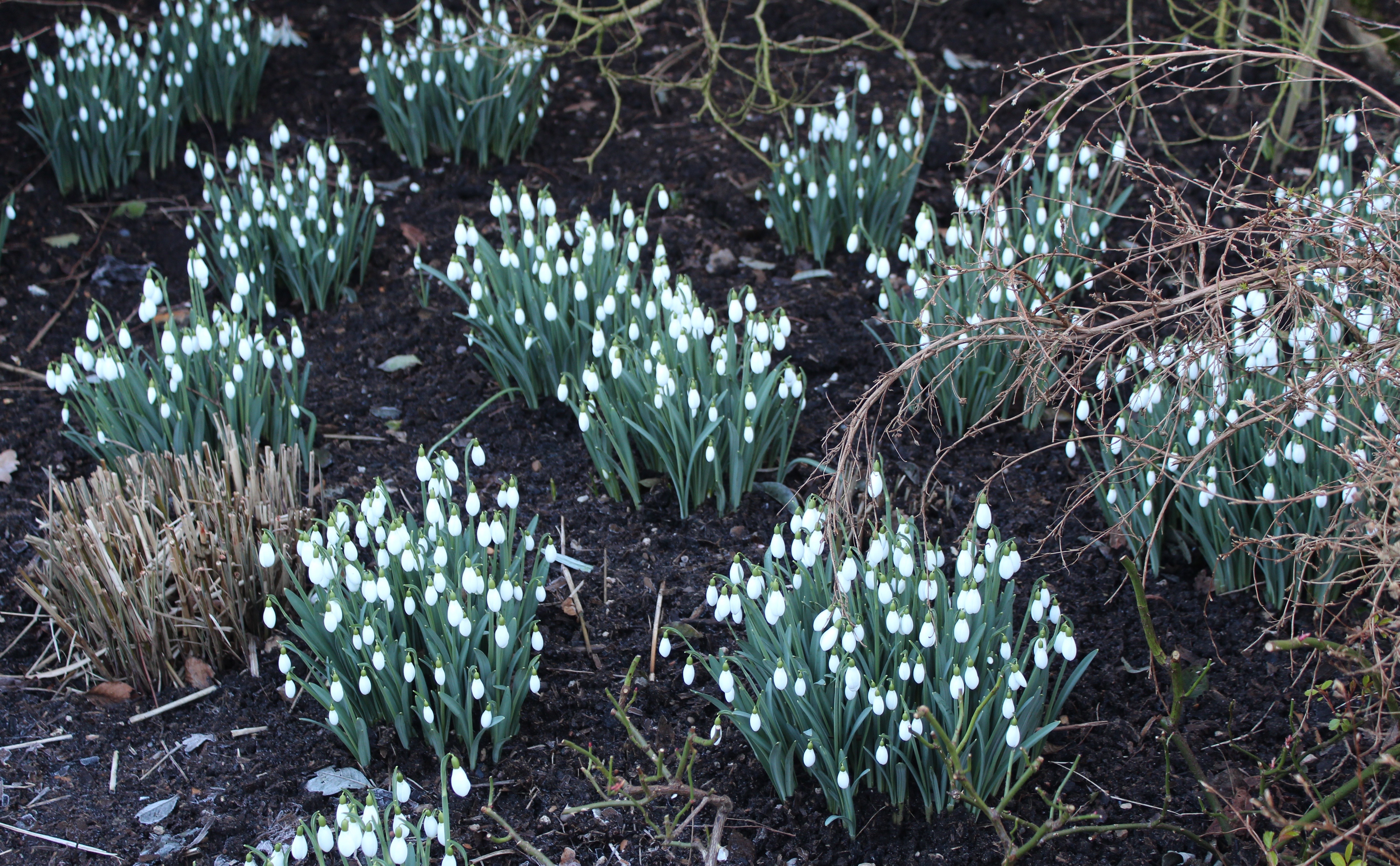


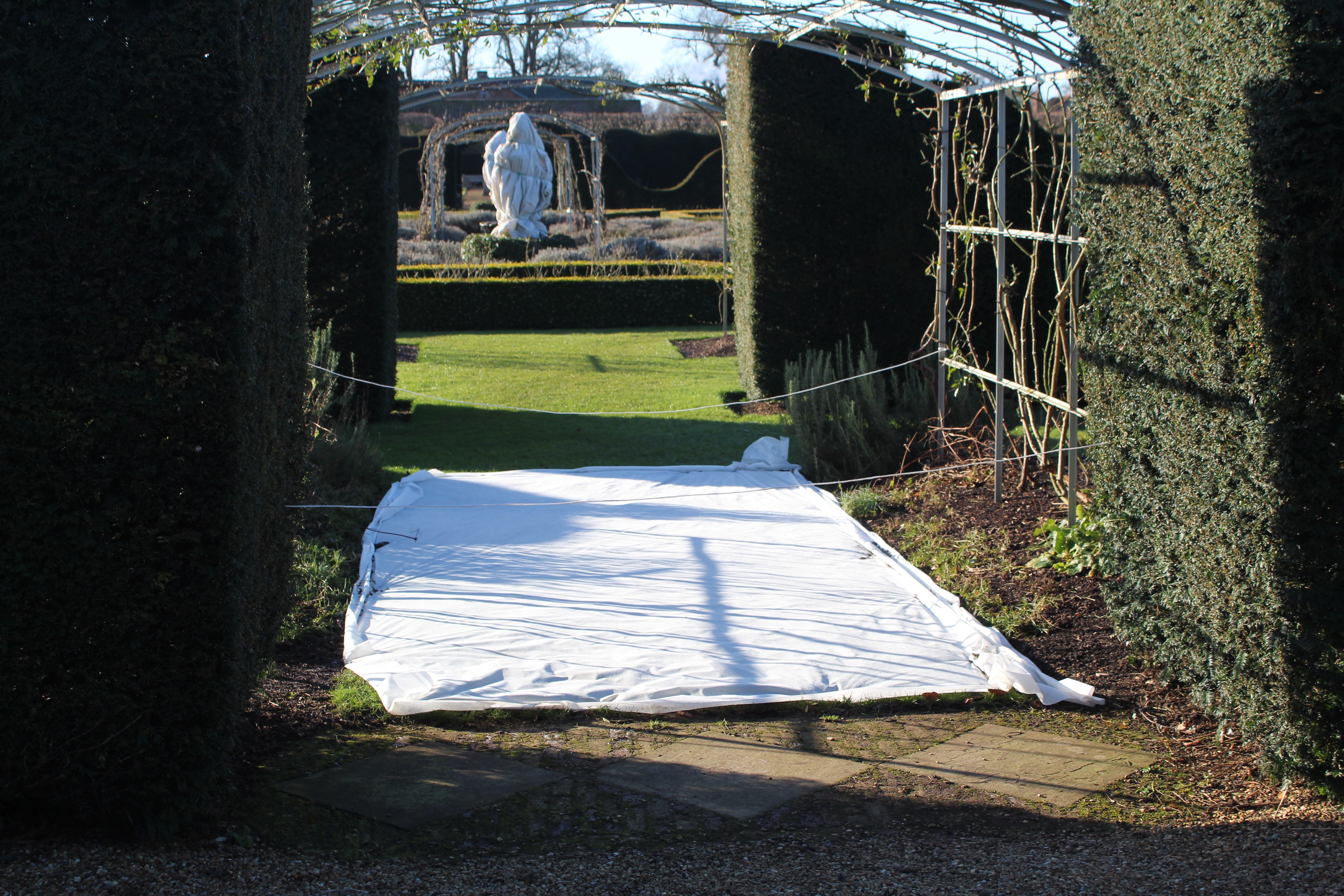










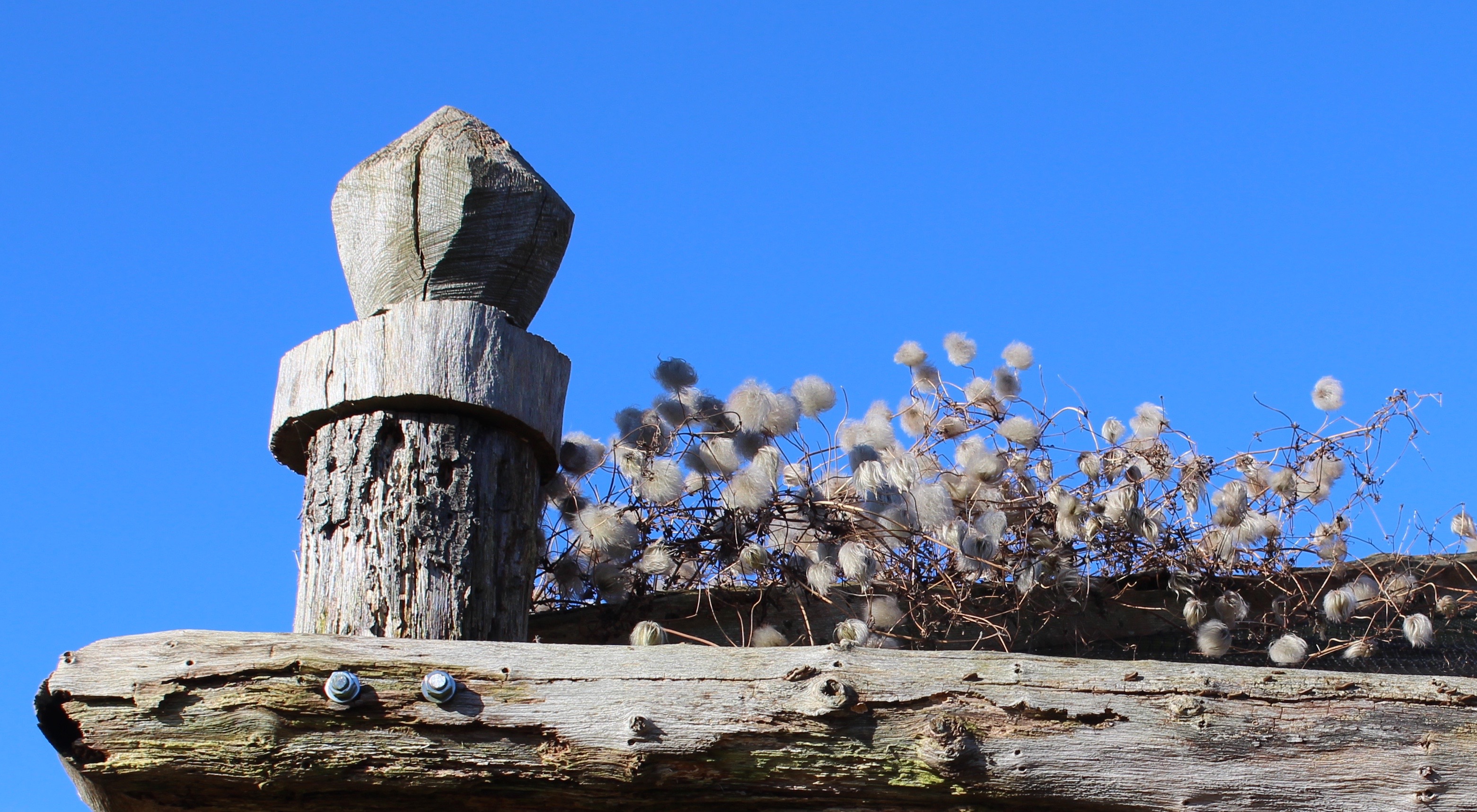















 HAPPY NEW YEAR! If you hadn’t already realised 2018 is Repton Year, when we’re commemorating the life and work of the last great landscape designer of the eighteenth century. Unlike the Festival for his ‘predecessor’ Capability Brown there is no great central nationally funded organization. Instead Celebrating Humphry Repton will be a collaborative effort, which, even though although it can’t match the funding of CB300, looks certain to match the enthusiasm and spread of interest nationally. County Gardens Trusts and other groups will be arranging events around the country throughout the year to celebrate Repton’s work. You can find a list – continually being updated – at this
HAPPY NEW YEAR! If you hadn’t already realised 2018 is Repton Year, when we’re commemorating the life and work of the last great landscape designer of the eighteenth century. Unlike the Festival for his ‘predecessor’ Capability Brown there is no great central nationally funded organization. Instead Celebrating Humphry Repton will be a collaborative effort, which, even though although it can’t match the funding of CB300, looks certain to match the enthusiasm and spread of interest nationally. County Gardens Trusts and other groups will be arranging events around the country throughout the year to celebrate Repton’s work. You can find a list – continually being updated – at this  And of course the blog is going to play its small part. Repton has…
And of course the blog is going to play its small part. Repton has…











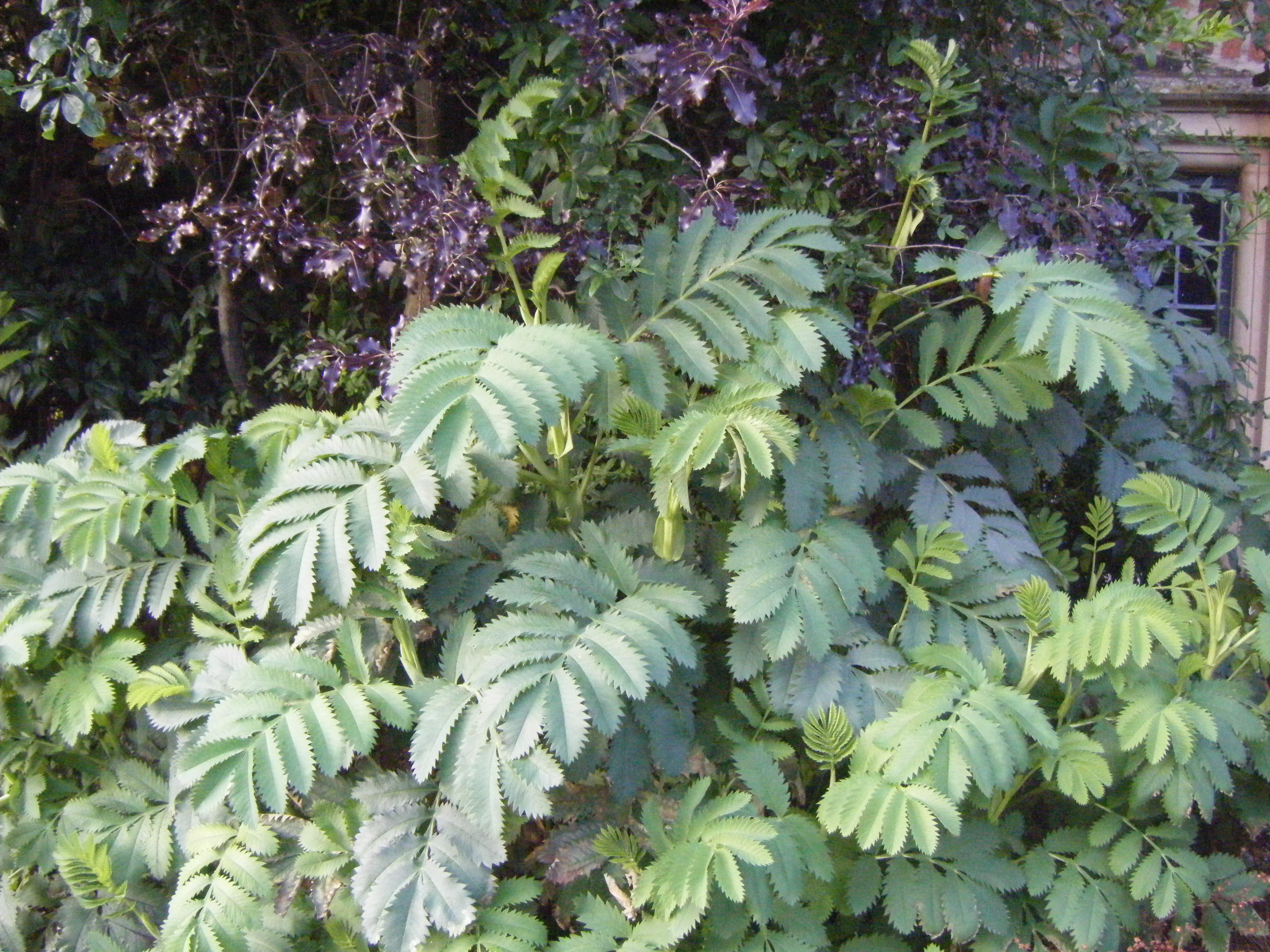

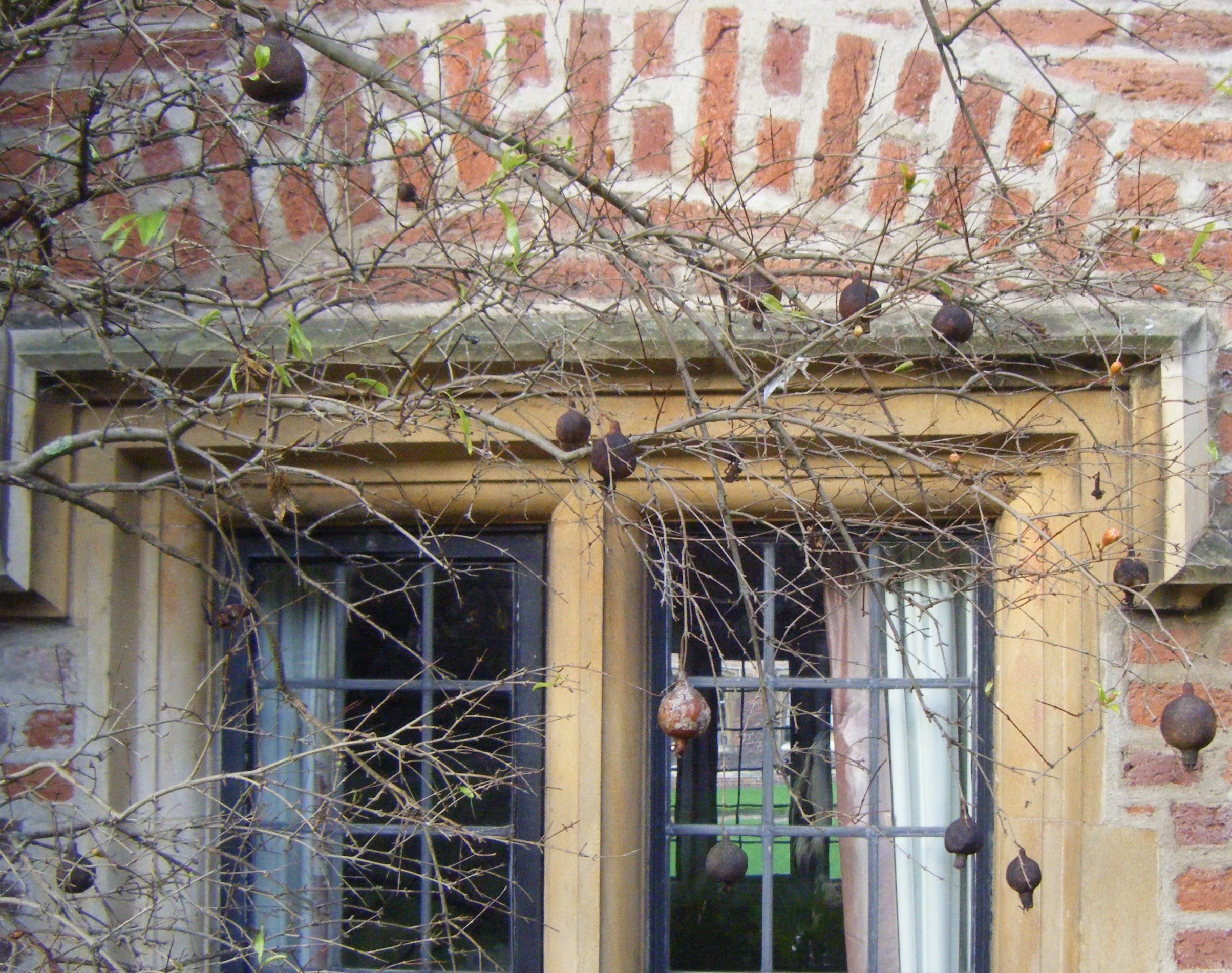






















 Garden designer, RHS Gold Medallist and great gardening guru Joe Swift was on hand to explain his design.
Garden designer, RHS Gold Medallist and great gardening guru Joe Swift was on hand to explain his design.















